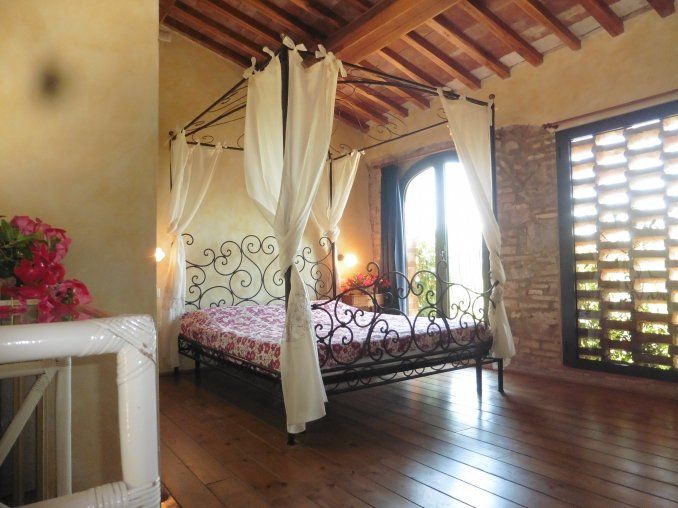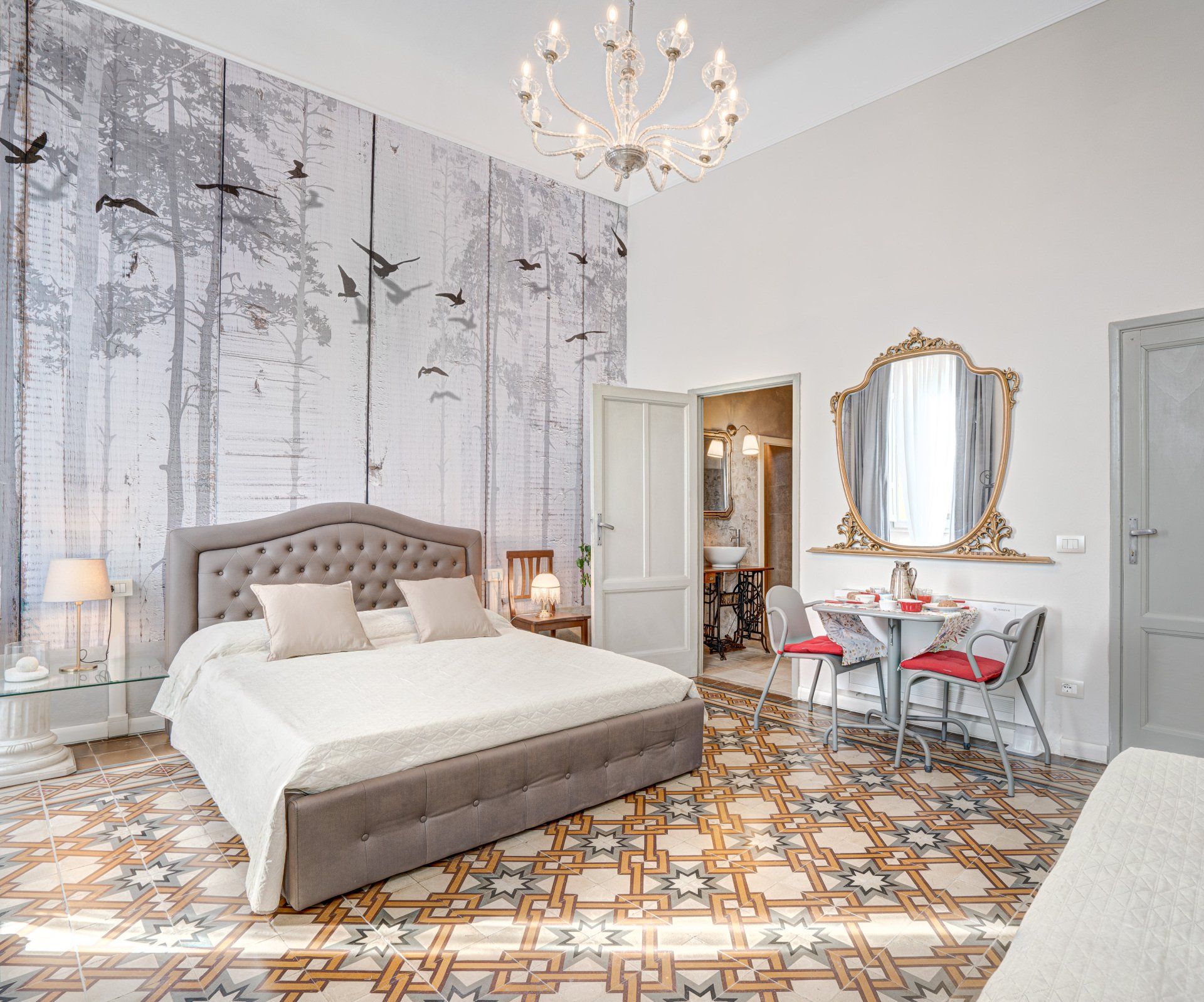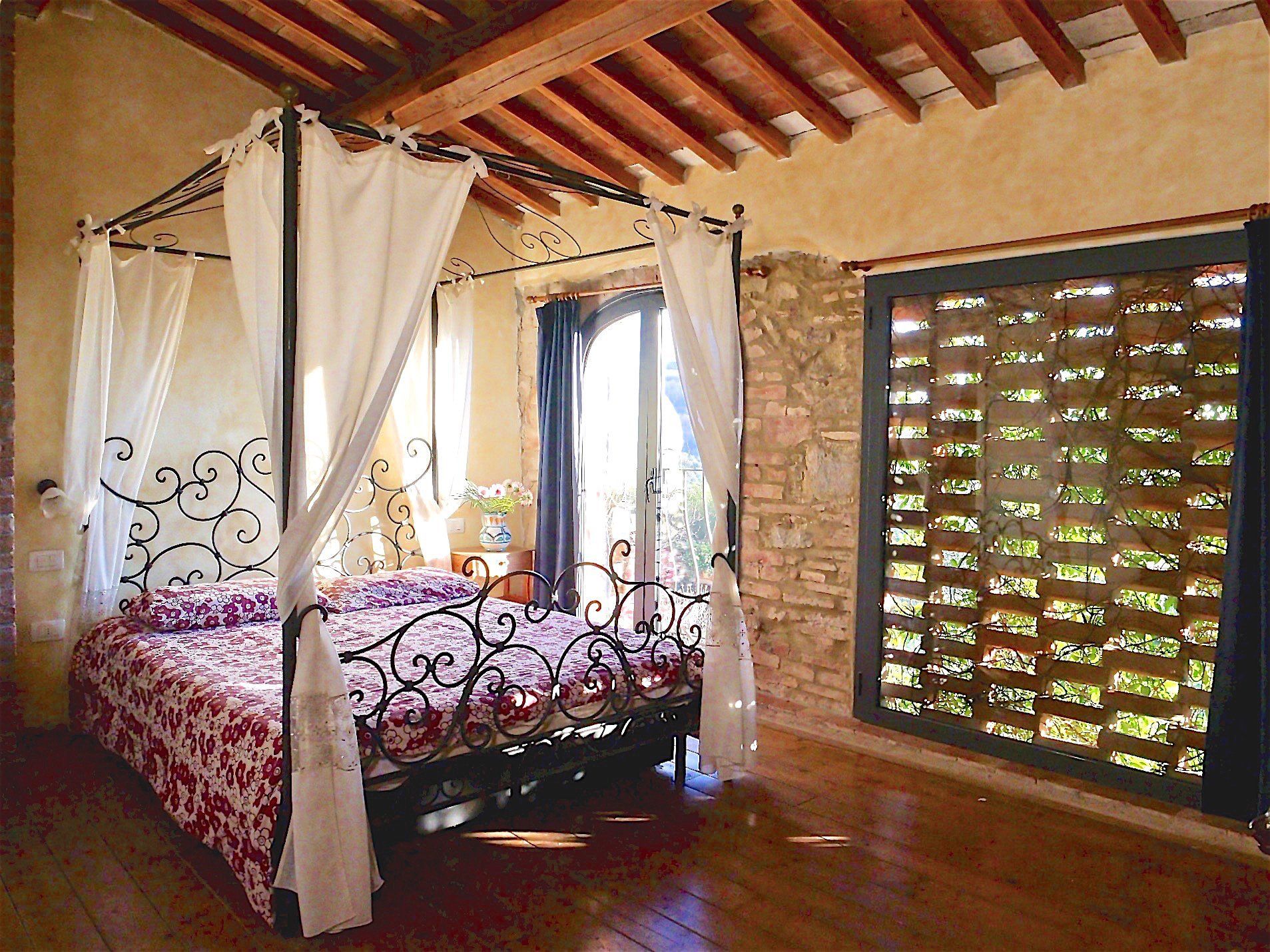Florence
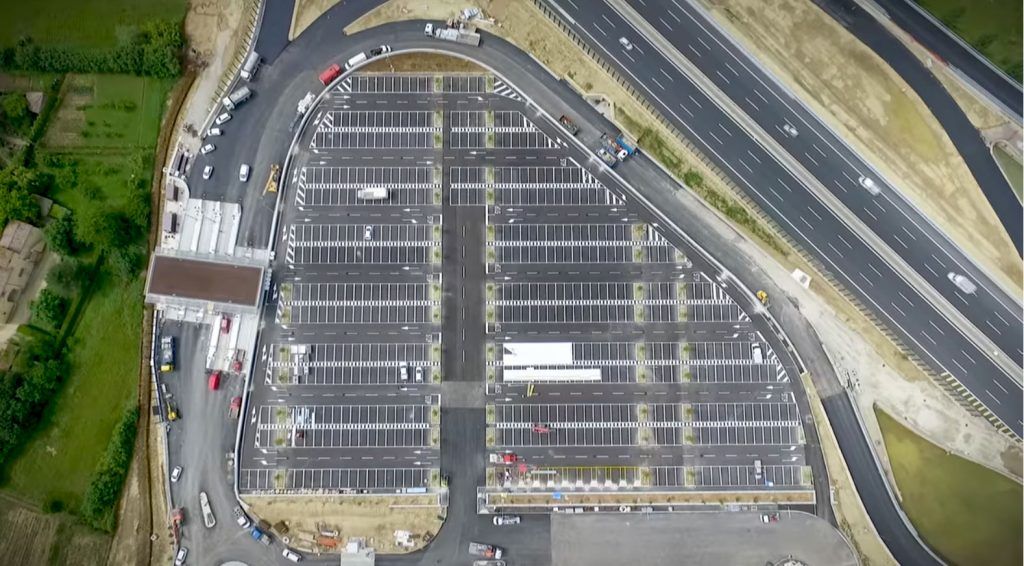
Titolo diapositiva
Scrivi qui la tua didascaliaPulsante
Titolo diapositiva
Scrivi qui la tua didascaliaPulsante
Titolo diapositiva
Scrivi qui la tua didascaliaPulsante
Titolo diapositiva
Scrivi qui la tua didascaliaPulsante
-
Parking in Florence - Parkplace Guidoni and Parkplace Villa Costanza
For guests of the Agriturismo I Pitti and those of the Casa Rowe Bed & Breakfast who decide to visit Florence, if they excluded to reach the city by train and decided to use the car, I recommend two different solutions to park their car.
Guidoni Parking, Viale Alessandro Guidoni 180, Florence, Tel. +39 055 40401 near the airport. Be careful not to confuse it with the actual airport parking, which costs much more. The Guidoni Parking costs much less: 1 Euro per hour for the first 10 hours and 4 Euro per hour for the following hours. The car park is open 24 hours a day.
From the car park, you can take the T2 tram which takes you directly to the center in 20 minutes (stop Stazione S. Maria Novella). Tram departures every 6/8 minutes.
Villa Costanza Car Parking is located along the A1 highway. You can access it both coming from the North or the South through the “Villa Costanza” toll booth located between Firenze Scandicci and Firenze Impruneta exits. Park as long as you want, then get the A1 highway again, either towards the North or the South. Open 24/7. You can leave your car parked for up to 30 consecutive days.
Without complications it is possible to park and reach the center of Florence (stop Alamanni -Santa Maria Novella Station) in 20 minutes using the tramway T1. Tram departures every 6/8 minutes.
The cost of parking is also really cheap:
first 60 minutes free
from 1 hour to 4 hours: 2 €
from 4 hours to 10 hours: 5 €
from 10 to 24 hours: € 7
At both parking places you can buy tram tickets at the bar or at the ticket machine. Buy 2 tickets, one to go and one return ticket, so you don't think about it anymore. Remember to stamp the ticket on the tram at the special machines.
The only warning for this solution is to pay close attention to your bags and purses, because pickpockets assiduously frequent the tram. You must have the same attention in Florence, a city very popular with wallet thieves.
Other Pay Parking
Parking in the center of Florence is not an easy task. The entire historic center is a large Ztl (Limited Traffic Zone) where it is not possible to leave the car parked, as well as to circulate with your own car.
Also in Florence the stripes on the ground have different colors than in most Italian cities:
The white stripes are those reserved for residents
The yellow stripes indicate the parking spaces reserved for the disabled
The blue stripes are free for residents and paid for all others
Parking on the street near the center is not impossible, but be prepared to drive a bit before finding a free spot. Remember to take the ticket from the meter (or pay with Easypark) and pay attention to the rates: in some areas the rate increases as the hours increase.
If you want to try your luck, we recommend the circle of ring roads north of the Arno. Here it is possible to park along the street or in some open spaces and squares used for parking such as piazza della Libertà, piazzale Donatello, piazza Savonarola and piazza Beccaria.
There are also parking facilities in the Oltrarno area. There is a public car park just outside Porta Romana and one beyond Piazza Tasso. From here the historic center can be reached with a short and pleasant walk.
Piazzale Michelangelo
The most striking car park is that of Piazzale Michelangelo, just over half an hour's walk from Piazza del Duomo. Parking spot chosen by tourists also for the breathtaking view over the Tuscan city, especially at sunset.
Private garages
In the historic center or very close to it, there are countless private paid parking lots (which allow, if necessary, also access to the Ztl). Reservations can be made online and rates, on average, range from € 30 to € 40 per day. Most garages are open 24/7.
5/1/2025
Parking in Florence - Parkplace Guidoni and Parkplace Villa Costanza - short description and costs
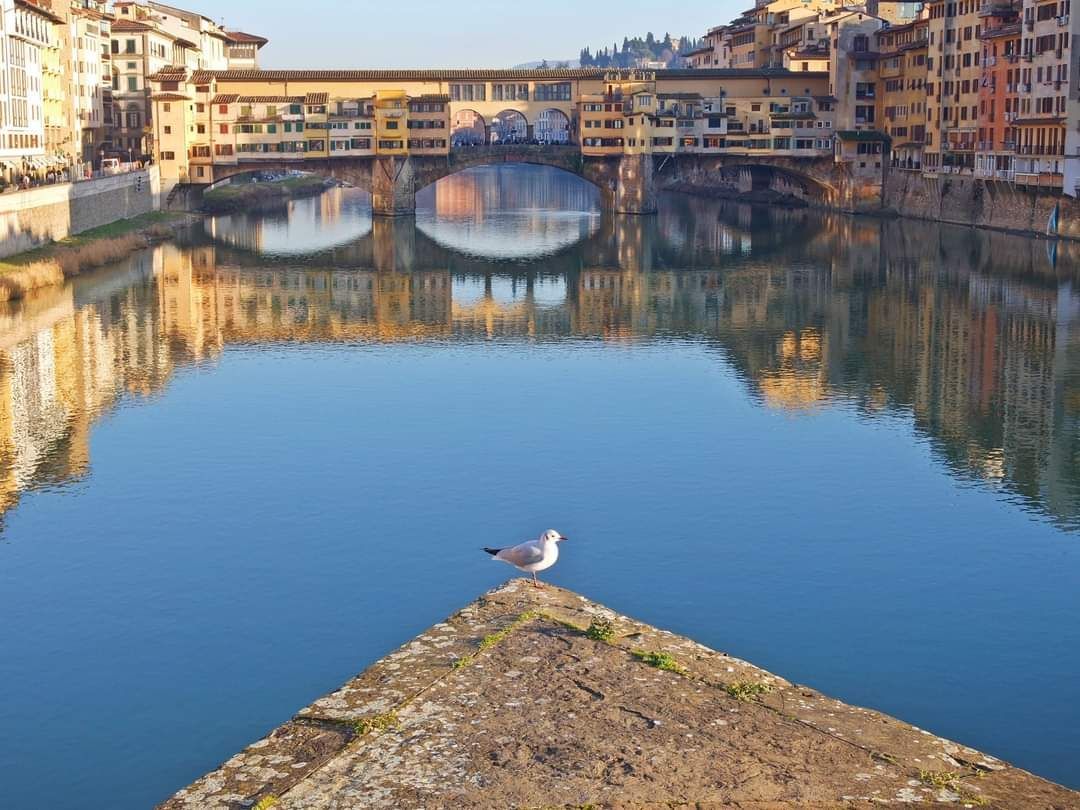
Titolo diapositiva
Scrivi qui la tua didascaliaPulsante
Titolo diapositiva
Scrivi qui la tua didascaliaPulsante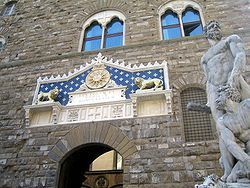
Titolo diapositiva
Scrivi qui la tua didascaliaPulsante
-
Florence - Short History
The ancient Roman colony of Florentia - in which the Forum at the centre of the castrum corresponded to the point where Piazza della Repubblica is located today - was founded in 59 BC. The rapid territorial expansion soon came to include the nearby Etruscan settlement of Fiesole. After the decline of the barbaric ages, the city, from the eleventh century, began to establish itself as a free Comune in a happy balance between the authority of the Popes and that of the Emperors, thus leaving behind the uneasy internal
struggles between the Guelphs and Ghibellines.
Between the thirteenth and fourteenth century, at the time of Dante and Boccaccio, Giotto and Arnolfo di Cambio, when some of the iconic buildings like the Palazzo Vecchio and the Duomo (Cathedral) were built, the city enjoyed a fertile cultural period coinciding with an extraordinary
economic development. Thanks to its artisans, merchants and bankers, who were organized into the famous Arts and Crafts Guilds - the Arts of Calimala and Wool, related to the processing and marketing of famous textiles, some of the most powerful of the corporations - Florence confirmed
its economic power in Europe, particularly with the introduction of the gold florin, the first truly international currency.
In the fifteenth century, at the height of the Renaissance, Florence achieved its greatest moment, thanks to the concentration of brilliant personalities like Filippo Brunelleschi and Leon Battista Alberti in architecture, Masaccio, Filippo Lippi and Sandro Botticelli in painting, and Donatello, Ghiberti, Luca della Robbia in sculpture, at the height of which were the two great talents of Leonardo da Vinci and Michelangelo.
Also in the fifteenth century, thanks to Cosimo the Elder and Lorenzo the Magnificent, the rule of the Medici family was established. In the sixteenth century - after the Republican period whose leaders were Savonarola and Machiavelli- a dynastic regime was established. The artistic
movement of Mannerism, which was established around 1520 with Pontormo and Rosso, well reflects the political unrest of the times.
In 1555, with the conquest of Siena, which took place a century after that of Pisa, the Grand Duchy of Tuscany reached its greatest territorial expansion under the rule of Cosimo I.
The seventeenth century is characterized by the extraordinary development of science - with Galileo as one of the leading protagonists - with the many museums bearing witness to this. In the eighteenth century, Florence experienced another interesting phenomenon, the Grand Tour. Along with other Italian cities, Florence, "Cradle of the Renaissance” was a mandatory stop for the many young aristocrats and intellectuals from northern Europe. The Medici dynasty died out in 1737, and the Grand Duchy passed to the Lorena until 1859. During the time in which it was capital of Italy (1865 to 1870) the city underwent profound transformations, such as the demolition of the walls which were then replaced by the ring of boulevards, and the demolition of the 0ld Market, now Piazza della Repubblica.
By the mid-nineteenth century, the artistic movement of the Macchiaioli painters (Fattori, Lega, Signorini) was established, anti-academic and parallel with French Impressionism.
At the beginning of the twentieth century, Florence was also involved in industrial development, although a craft tradition continued to persist, partly linked to the ancient roots of quality.
Hard hit during the Second World War, Florence
experienced its most dramatic moments in its recent history in August 1944, with the city's liberation from Nazi-Fascists, and in November of 1966, when the waters of the Arno flooded the city.
The city underwent in the last decades a period of
profound transformations - from the pedestrian area of Piazza del Duomo and Oltrarno to major infrastructure works, such as the tramway, or architecture works such as the Nuovo Teatro dell'Opera and the Palazzo di Giustizia, in an attempt to combine the demands of the modern age with a respect for tradition.
Since 1982 the historic centre of Florence has been a UNESCO World Heritage Site.
Florence - Short History
30/2/2025
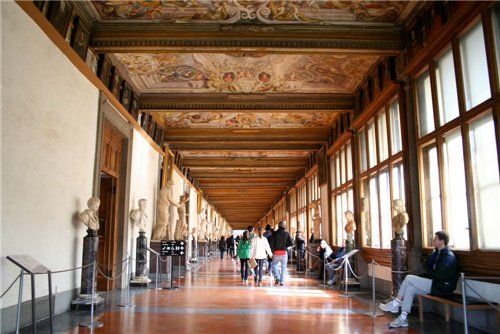
Titolo diapositiva
Scrivi qui la tua didascaliaPulsante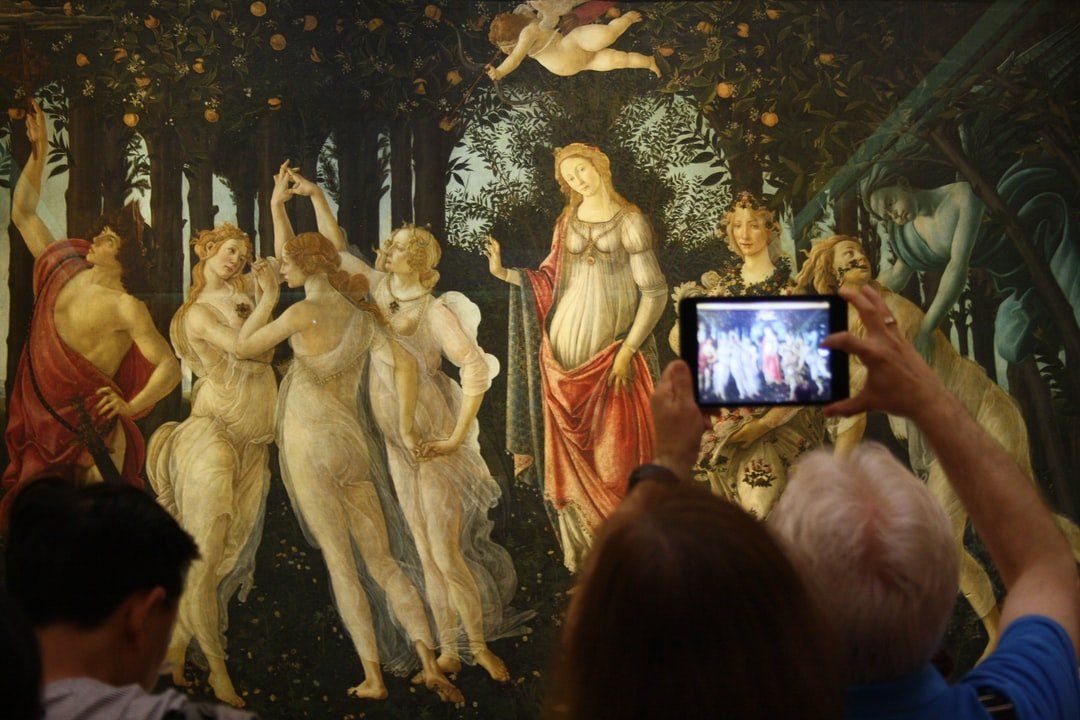
Titolo diapositiva
Scrivi qui la tua didascaliaPulsante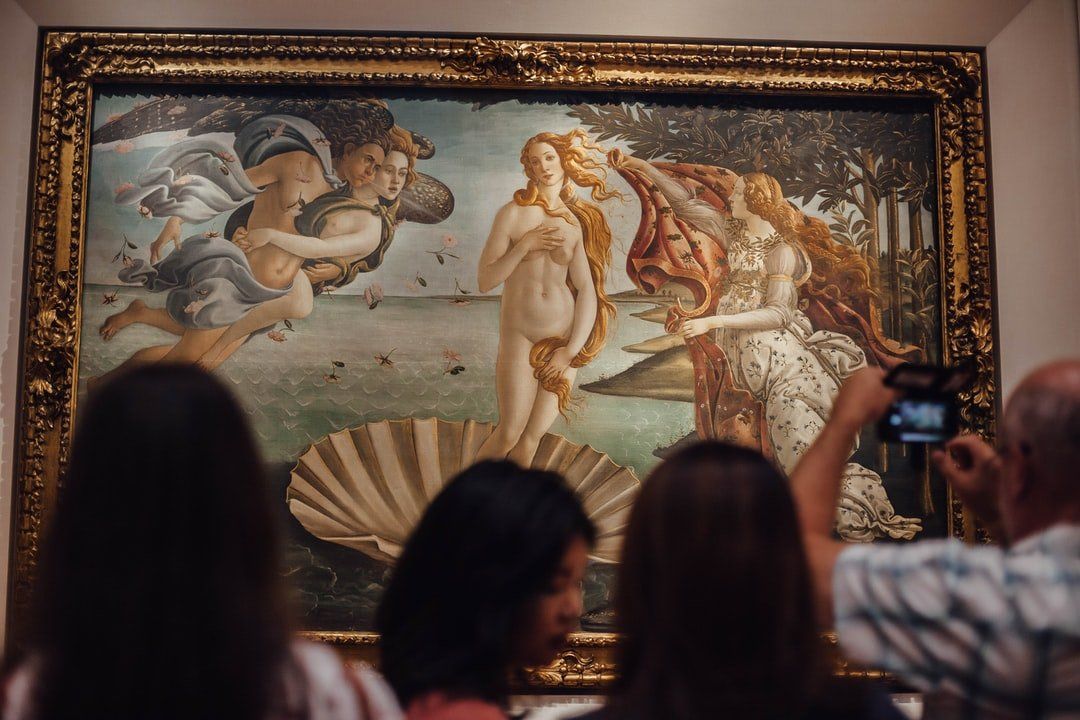
Titolo diapositiva
Scrivi qui la tua didascaliaPulsante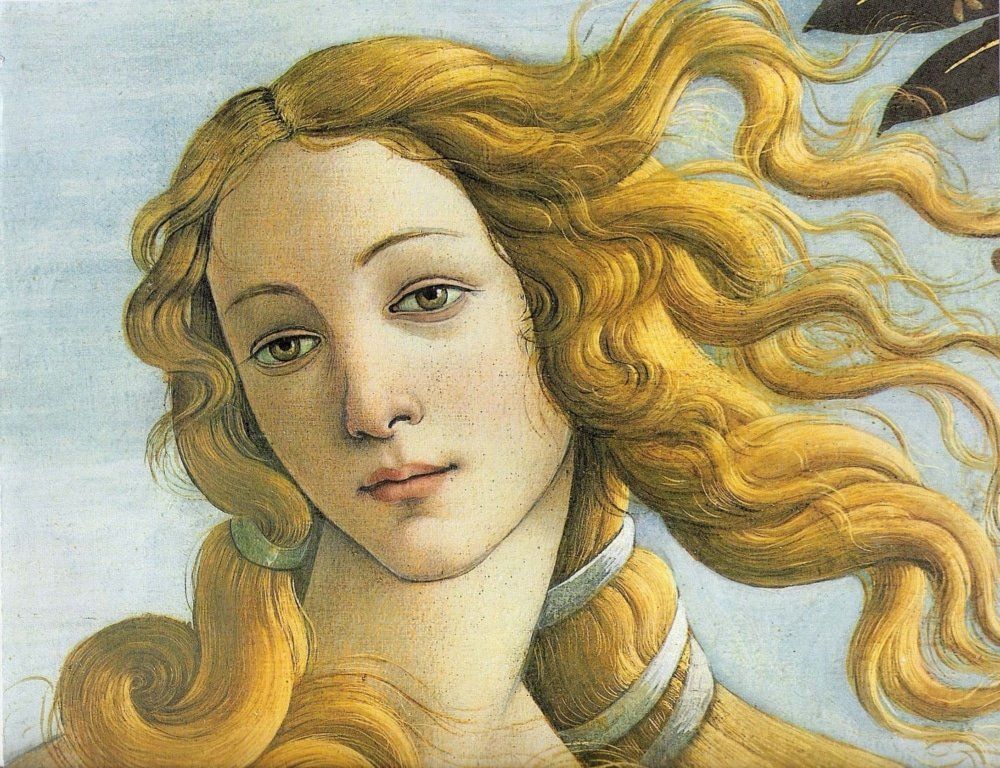
Titolo diapositiva
Scrivi qui la tua didascaliaPulsante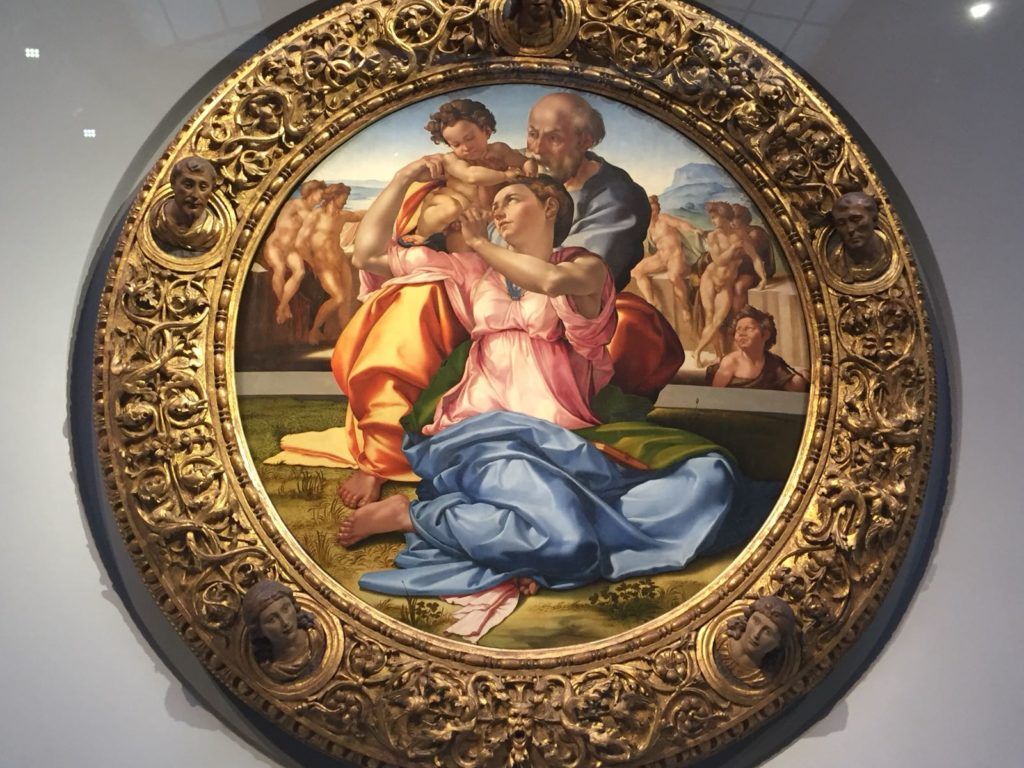
Titolo diapositiva
Scrivi qui la tua didascaliaPulsante
Titolo diapositiva
Scrivi qui la tua didascaliaPulsante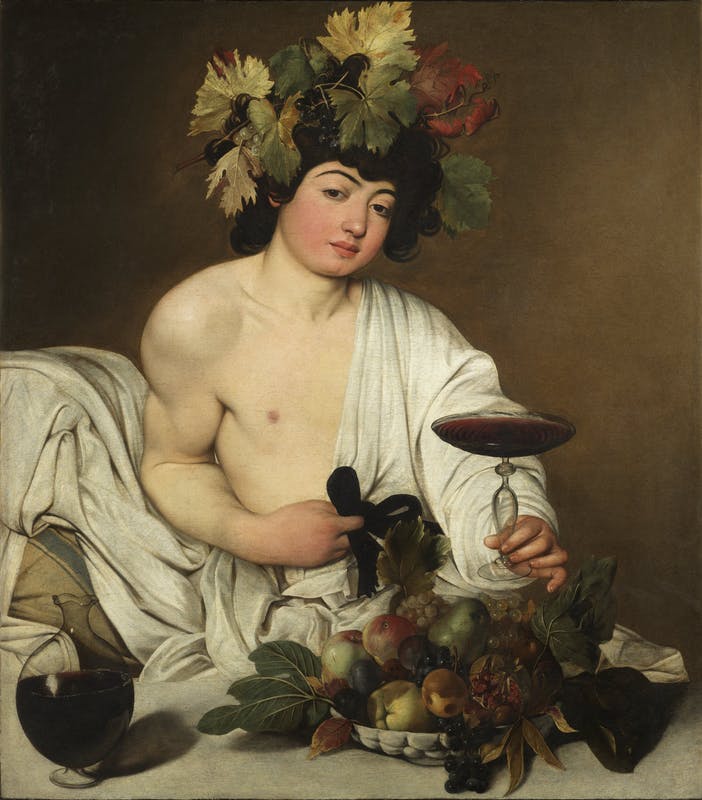
Titolo diapositiva
Scrivi qui la tua didascaliaPulsante
-
The Uffizi Gallery
The Gallery entirely occupies the first and second floors of the large building constructed between 1560 and 1580 and designed by Giorgio Vasari. It is famous worldwide for its outstanding collections of ancient sculptures and paintings (from the Middle Ages to the Modern period). The collections of paintings from the 14th-century and Renaissance period include some absolute masterpieces: Giotto, Simone Martini, Piero della Francesca, Beato Angelico, Filippo Lippi, Botticelli, Mantegna, Correggio, Leonardo, Raffaello, Michelangelo and Caravaggio, in addition to many precious works by European painters (mainly German, Dutch and Flemish).
Moreover, the Gallery boasts an invaluable collection of ancient statues and busts from the Medici family, which adorns the corridors and consists of ancient Roman copies of lost Greek sculptures.
-
Entrance Tickets
Opening hours
from Tuesday to Sunday, 8.15 am to 6.30pm
Closed
Mondays , 1st January, 25th December
Free admission to the National Archeological Museum and the Museum of the Opificio delle Pietre Dure with the Uffizi ticket.
Tickets
Since the ticket price can vary significantly depending on age, high or low season, various types of exemptions, booking fees, I suggest checking directly on the website at this link
19/2/2025
The Uffizi Gallery - Entrance times and ticket purchase on official site

Titolo diapositiva
Scrivi qui la tua didascaliaPulsante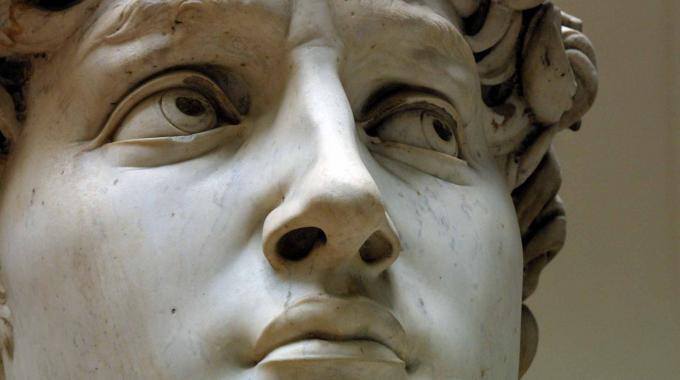
Titolo diapositiva
Scrivi qui la tua didascaliaPulsante
-
The Accademia Gallery
The Galleria dell’Accademia di Firenze is home to some of the most important painting and sculpture collections in the world, including sculptures by Michelangelo, his renowned David among them, and a rich collection of early Italian painting. The collection of plaster casts and models by Lorenzo Bartolini and his student Luigi Pampaloni in the Gipsoteca in the monumental Salone dell’Ottocento is just as significant. And the museum is also home to musical instruments that belonged to the grand dukes of Tuscany, Medici and Lorraine, most of which were in the collection of the Conservatorio Luigi Cherubini of Florence.
-
Entrance Tickets
Opening hours
The Galleria is open from Thursday to Sunday from 9:00 am to 6.50 pm (last admission at 6:20 pm).
Closed
Mondays , 1st January, 25th December
Tickets
Since the ticket price can vary significantly depending on age, various types of exemptions, booking fees, I suggest checking directly on the website at this link
19/2/2025
Visit the Accademia Gallery in Florence - Opening times and ticket purchase from the official website

Titolo diapositiva
Scrivi qui la tua didascaliaPulsante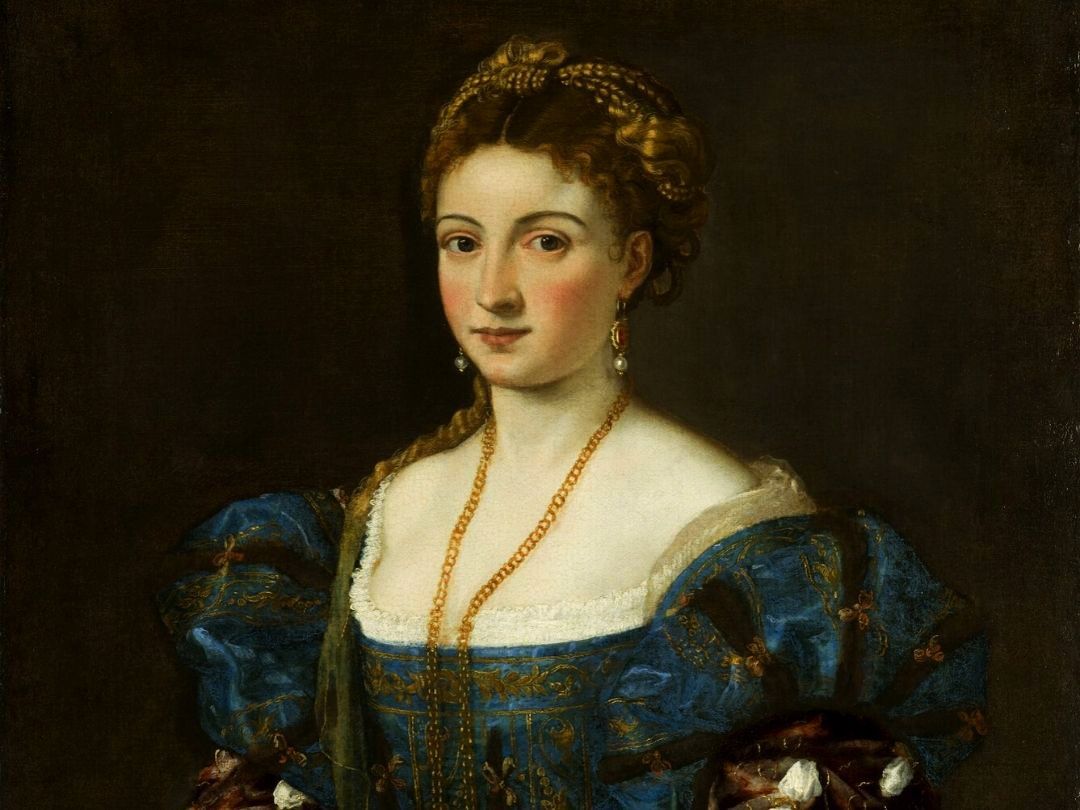
Titolo diapositiva
Scrivi qui la tua didascaliaPulsante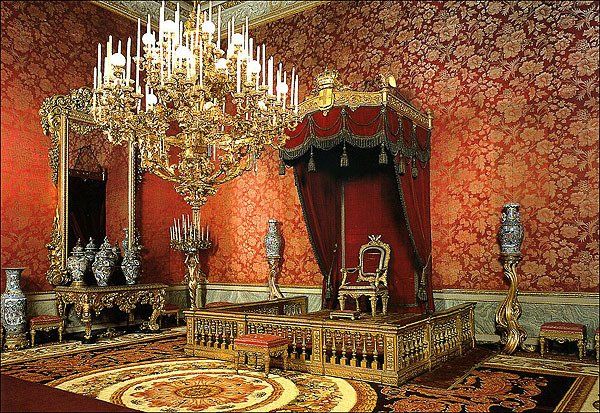
Titolo diapositiva
Scrivi qui la tua didascaliaPulsante
Titolo diapositiva
Scrivi qui la tua didascaliaPulsante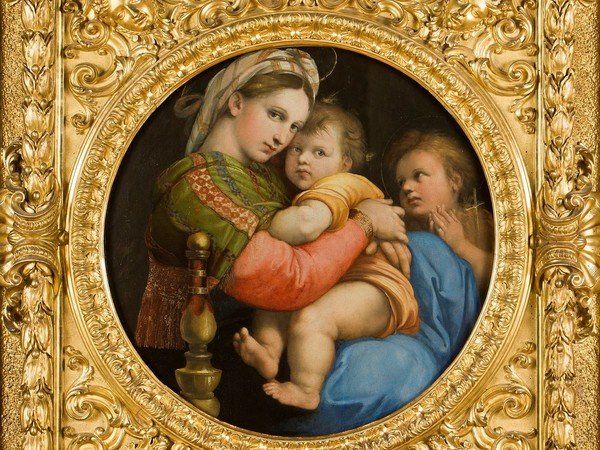
Titolo diapositiva
Scrivi qui la tua didascaliaPulsante
-
Pitti Palace
Purchased in 1550, the Palace was chosen by Cosimo I de’ Medici and his wife Eleanor of Toledo as the new Grand Ducal residence, and it soon became the new symbol of the Medici’s power over Tuscany. It also housed the Court of other two dynasties: the House of Habsburg-Lorraine (which succeeded the Medici from 1737) and the Kings of Italy from the House of Savoy, who inhabited it from 1865. Nonetheless the palace still bears the name of its first owner, the Florentine banker Luca Pitti that in the mid-1400s started its construction – maybe after a design by Brunelleschi – at the foot of the Boboli hill beyond the Arno River.
Today the Palace is divided into four museums: the Treasury of the Grand Dukes on the ground floor, the Palatine Gallery and the Imperial and Royal Apartments on the first floor, the Gallery of Modern Art and the Museum of Costume and Fashion on the second floor.
-
Entrance Tickets
Opening hours
from Tuesday to Sunday, 8.15 am am to 6.30 pm
Closed
Mondays , 1st January, 25th December
Tickets
Since the ticket price can vary significantly depending on age, high or low season, various types of exemptions, booking fees, I suggest checking directly on the website at this link
19/2/2025
Pitti Palace in Florence - Entrance price and purchase of the ticket from the official website
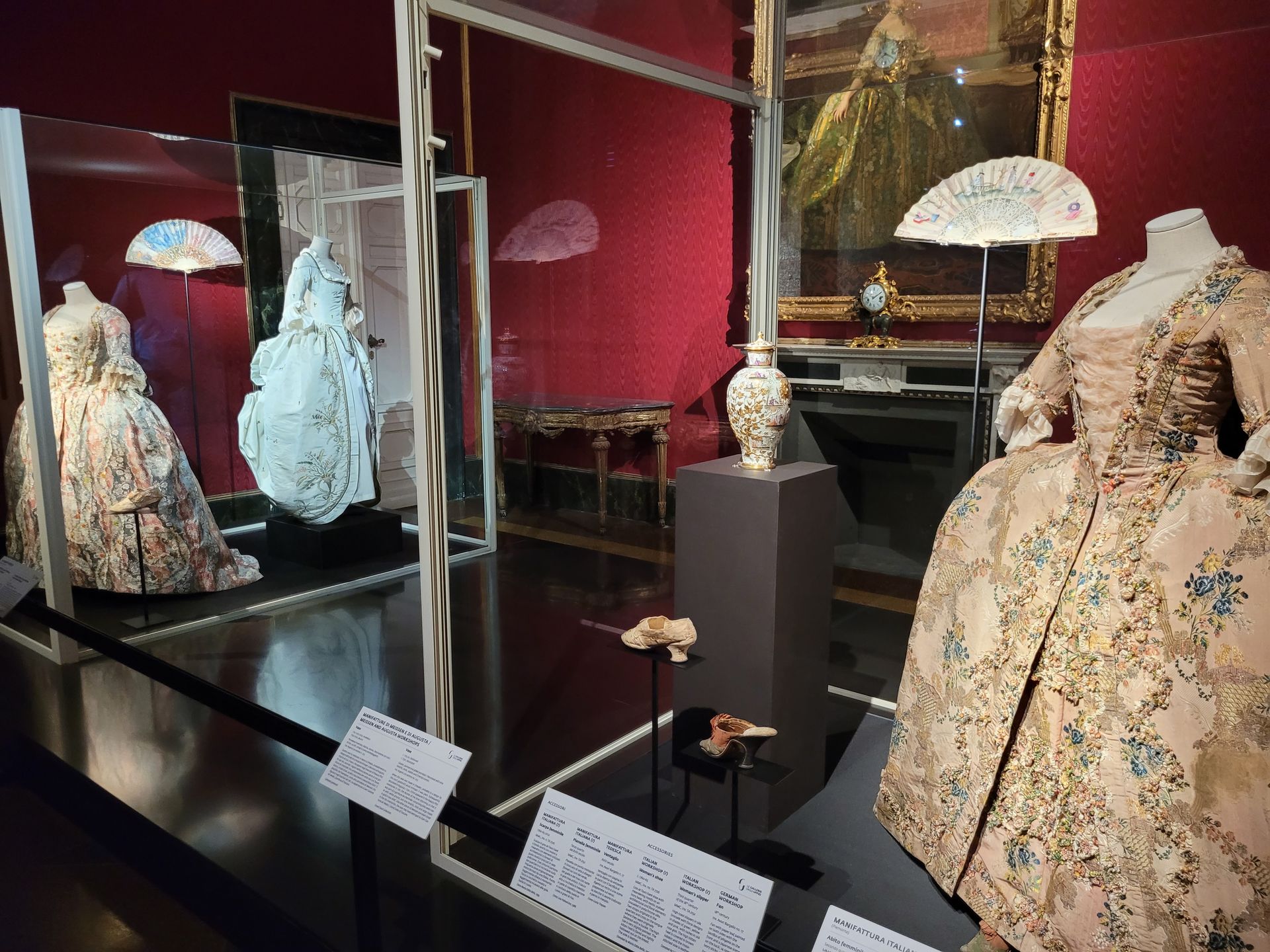
Titolo diapositiva
Scrivi qui la tua didascaliaPulsante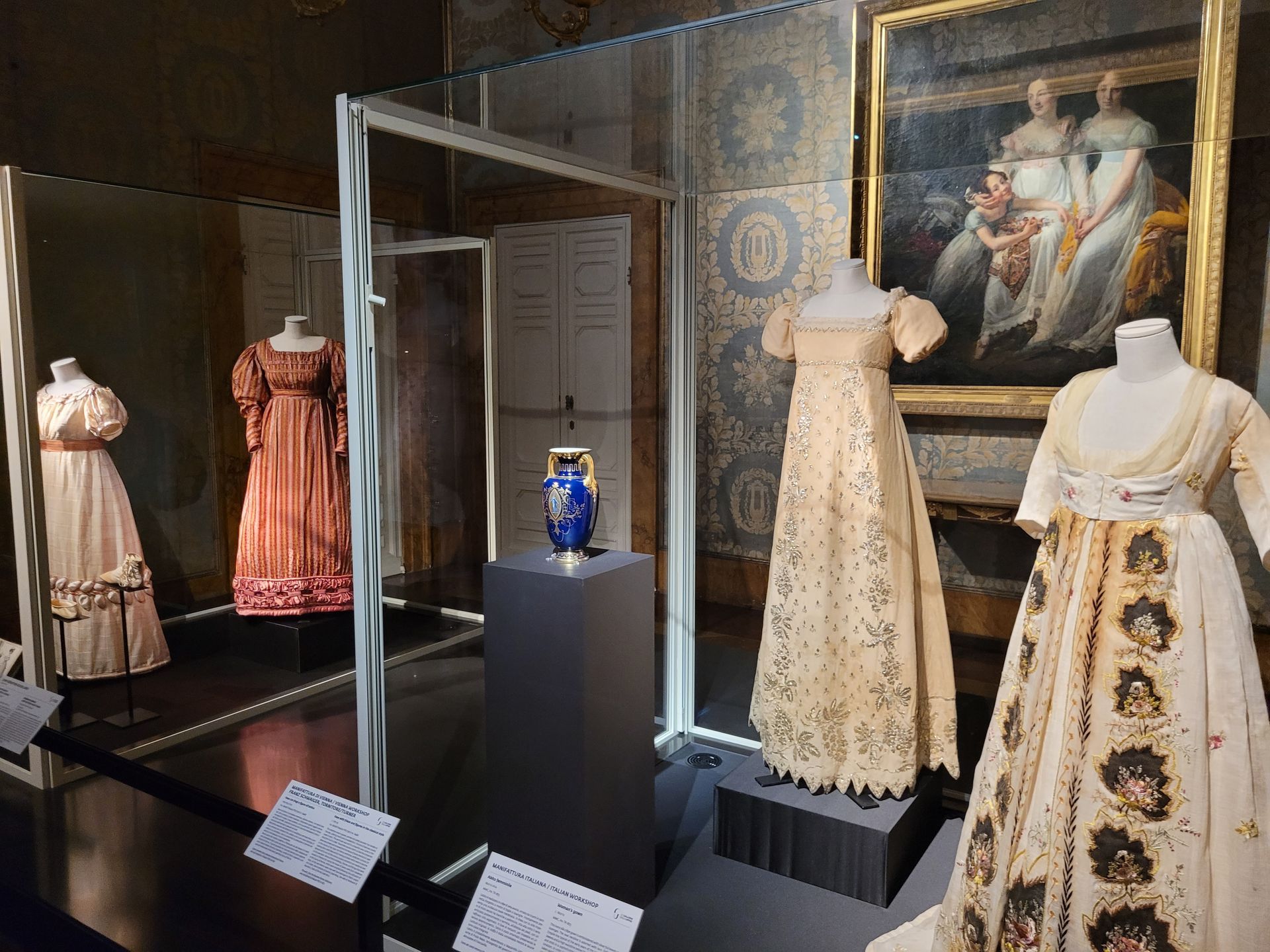
Titolo diapositiva
Scrivi qui la tua didascaliaPulsante
Titolo diapositiva
Scrivi qui la tua didascaliaPulsante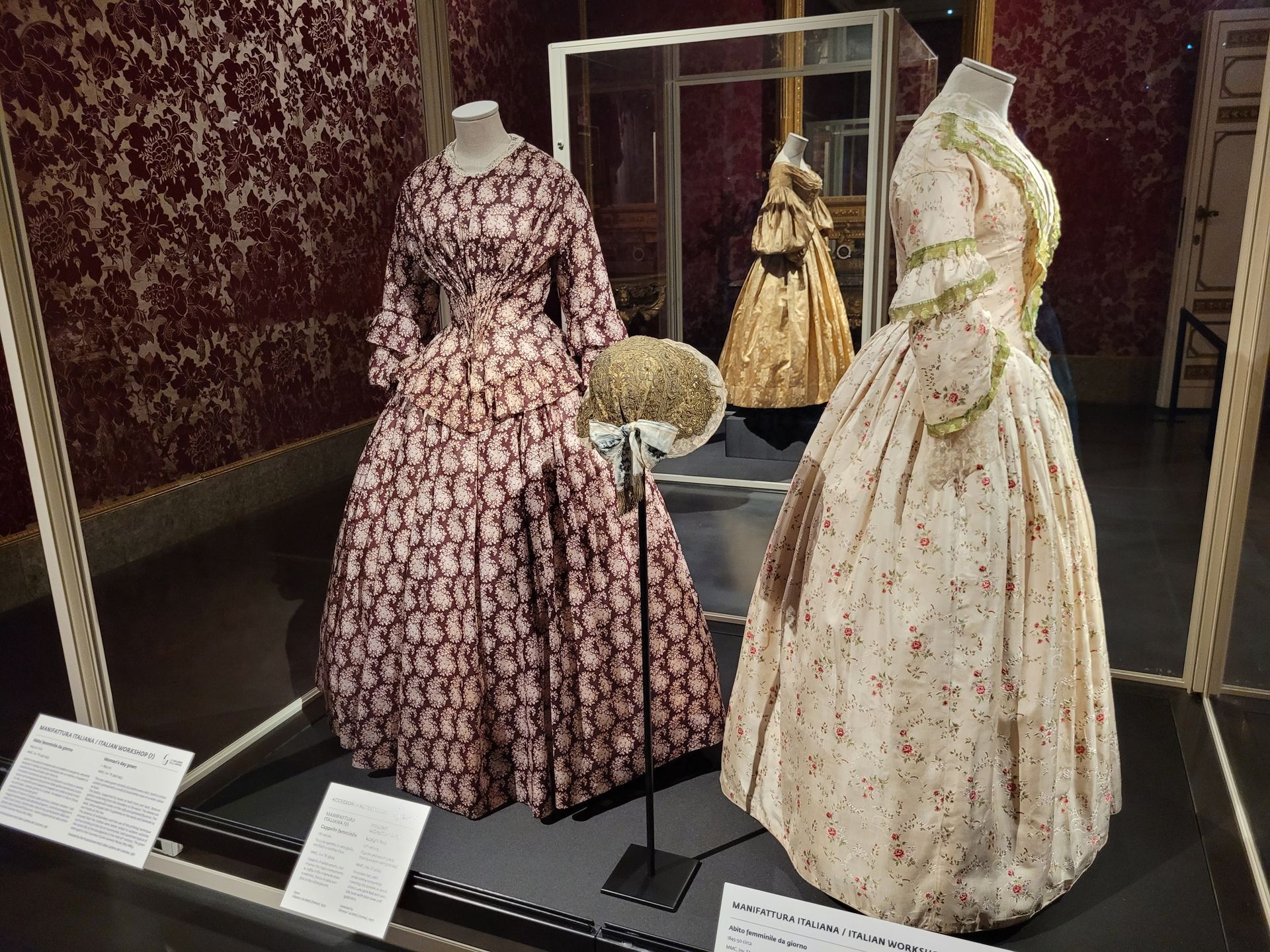
Titolo diapositiva
Scrivi qui la tua didascaliaPulsante
Titolo diapositiva
Scrivi qui la tua didascaliaPulsante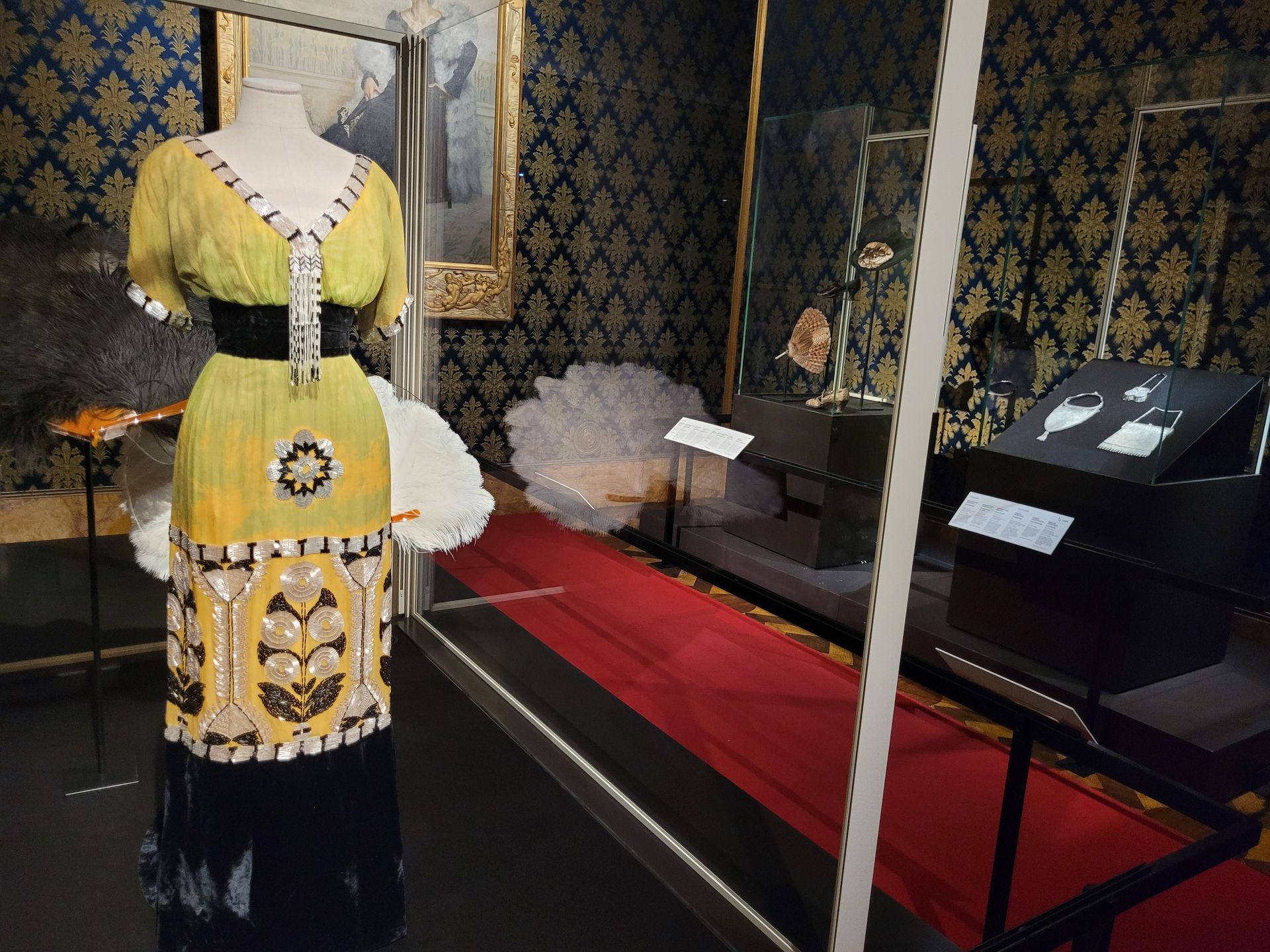
Titolo diapositiva
Scrivi qui la tua didascaliaPulsante
Titolo diapositiva
Scrivi qui la tua didascaliaPulsante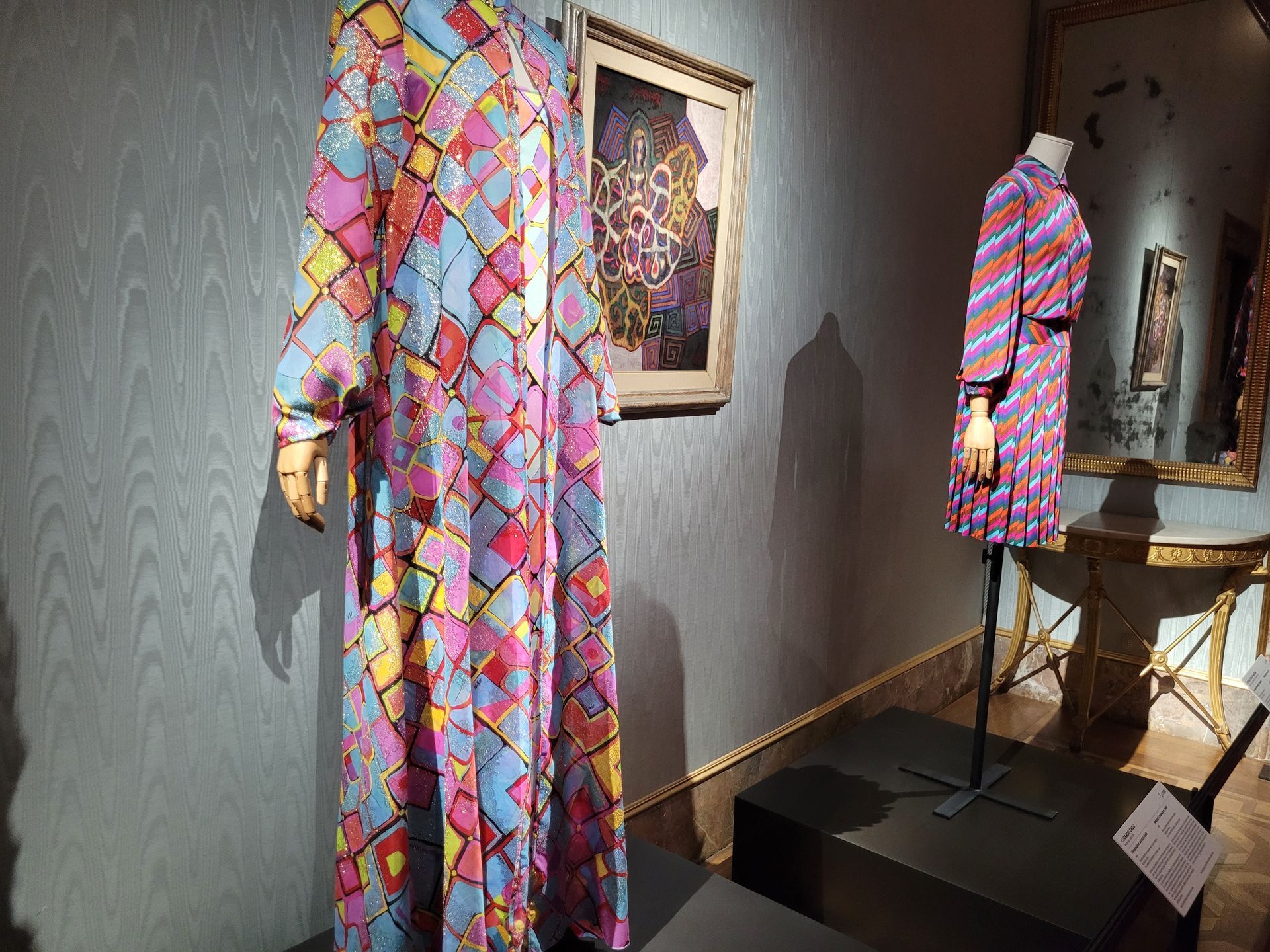
Titolo diapositiva
Scrivi qui la tua didascaliaPulsante
Titolo diapositiva
Scrivi qui la tua didascaliaPulsante
-
Museum of Fashion and Costume - Palazzo Pitti
Museo della Moda e del Costume - Palazzo PittiThe Museum of Fashion and Costume in Florence, housed within the majestic Palazzo Pitti, is one of the world's most important museums dedicated to the history of costume and fashion. Located in what was once the grand ducal residence of the Medici family, the museum has recently reopened to the public after a careful restoration that has further enhanced the rich collection on display.
The museum narrates the evolution of costume from the 16th century to the present day, with over 6,000 pieces including garments, accessories, jewelry, and theatrical costumes, organized into a series of permanent and temporary exhibitions. The collection offers a glimpse into the social, political, and cultural history of Italy through the lens of fashion.
Most significant garments on display:
The dress of Eleonora di Toledo: This iconic 16th-century gown, which belonged to the Duchess of Tuscany, is an extraordinary example of the opulence and refinement of Renaissance fashion. Made of brocaded gold and silk, it is one of the museum's most precious pieces.
Garments of the Medici court: The collection includes numerous outfits worn by members of the Medici family, which not only exemplify the style of Florentine nobility but also the power and influence of the family across Europe.
Creations by contemporary Italian designers: The museum also boasts works by masters of modern fashion such as Roberto Capucci, Emilio Pucci, and others, who have defined Italian design in the 20th century and beyond.
Tickets
Since the ticket price can vary significantly depending on age, high or low season, various types of exemptions, booking fees, I suggest checking directly on the website at this link
21/2/2025
Museum of Fashion and Costume - Palazzo Pitti

Titolo diapositiva
Scrivi qui la tua didascaliaPulsante
-
Cathedral of Florence
The Cathedral of Florence is one of the greatest masterpieces of Gothic and early Italian Renaissance art.
It is one of the largest churches in Christianity with its 160 meters in length, 43 meters in width and 90 meters in the transept. The internal height of the dome is 100 meters. Furthermore, it is a symbol that represents the wealth and power of the Tuscan capital in the thirteenth and fourteenth centuries. Its name derives from the lily, symbol of Florence and from the ancient name of the city called Fiorenza.
-
Entrance Tickets
Opening hours
The visit of the cathedral is free and for this reason sometimes there is a long queue to enter. Don't worry too much, as the queue usually runs pretty fast.
Entrance to the cathedral is allowed only with clothing suitable for a place of worship. Access with bare legs and shoulders, sandals, hats and sunglasses is not permitted. It is not allowed to enter with bulky backpacks and bags.
Open from Monday to Saturday
from 10:45 am - 3:45 pm.
Closed on Sundays and holidays.
Free entrance
Visita della Galleria degli Uffizi di Firenze - Orari di ingresso e acquisto di biglietti online dal sito ufficiale
8/2/2025
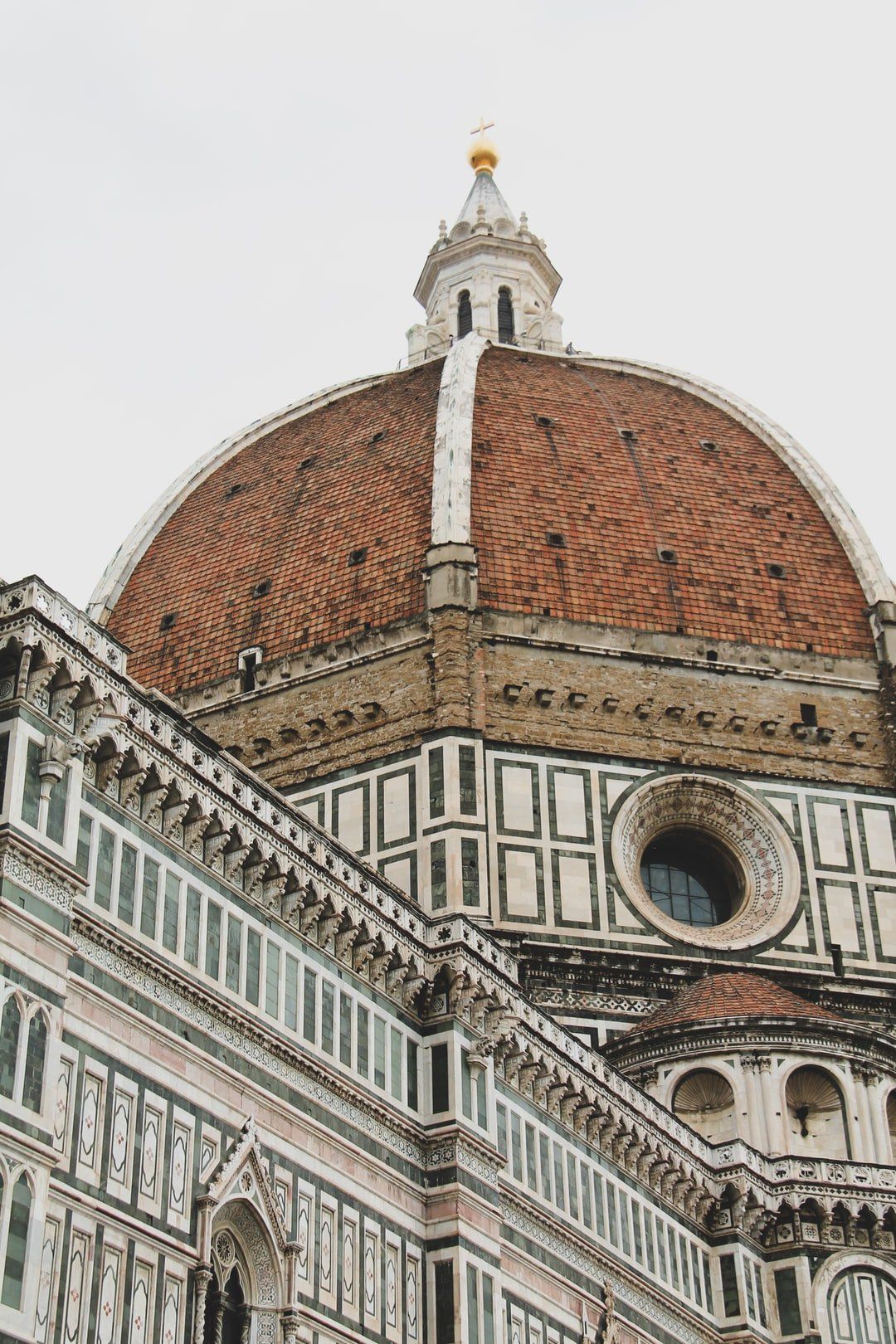
Titolo diapositiva
Scrivi qui la tua didascaliaPulsante
Titolo diapositiva
Scrivi qui la tua didascaliaPulsante
-
Dome of the Cathedral of Florence
Consisting of two interconnected ogival shells, the cathedral's octagonal dome was completed in 1434 to a design by Filippo Brunelleschi.
It is a masterpiece capable of withstanding lightning, earthquakes and the passage of time, it continues to enchant all those who observe it from afar. The dome has a diameter of 45.5 meters.
Entry from Porta della Mandorla (North side of the cathedral).
Visitors are required to climb 463 steps. No elevators are available.
The climb is not recommended for people suffering from heart problems, vertigo or claustrophobia, and for pregnant women. Visits to minors not accompanied by an adult are prohibited.
-
Entrance Tickets
Opening hours
Depending on the day of the week the timetable varies.
We recommend consulting the timetable here by inserting the chosen day.
Rates
Three different solutions are available:
Ghiberti Pass
Includes the Baptistery, the Museo dell'Opera del Duomo and Santa Reparata (Archaeological itinerary inside the cathedral of Florence)
Giotto Pass
Includes the access to all the monuments of Piazza del Duomo except the Dome: Bell Tower, Baptistery, Opera Museum and Santa Reparata
Brunelleschi Pass
includes the access to all the monuments in the square: Dome, Bell Tower, Baptistery, Museum of the Opera and Santa Reparata
For details visit this official website
8/2/2025
Dome of the Cathedral of Florence
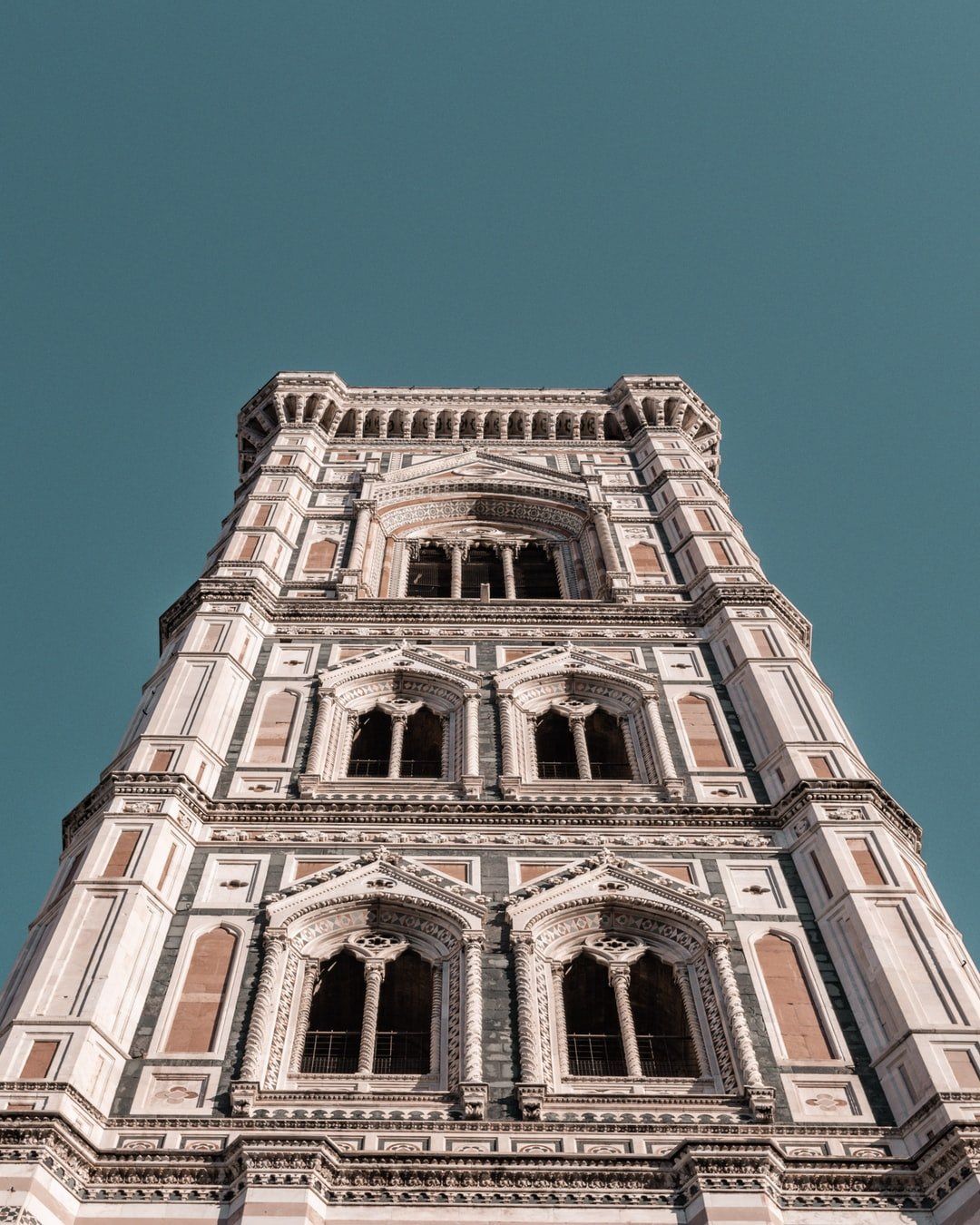
Titolo diapositiva
Scrivi qui la tua didascaliaPulsante
-
Giotto's Bell Tower
Giotto's bell tower is one of the four principal monuments on the Piazza del Duomo.
84.7 metres high and approximately 15 metres large, it is the most eloquent example of 14th century Gothic architecture in Florence, combining a strong vertical thrust with the principle of sound solidity, its corner buttresses rising the full length of the tower to the projecting terrace at the top.
Visits to minors not accompanied by an adult are prohibited.
-
Entrance Tickets
Opening hours
Depending on the day of the week the timetable varies.
We recommend consulting the timetable here by inserting the chosen day.
Rates
Three different solutions are available:
Ghiberti Pass
Includes the Baptistery, the Museo dell'Opera del Duomo and Santa Reparata (Archaeological itinerary inside the cathedral of Florence)
Giotto Pass
Includes the access to all the monuments of Piazza del Duomo except the Dome: Bell Tower, Baptistery, Opera Museum and Santa Reparata
Brunelleschi Pass
includes the access to all the monuments in the square: Dome, Bell Tower, Baptistery, Museum of the Opera and Santa Reparata
For details visit this official website
8/2/2025
Giotto's Bell Tower
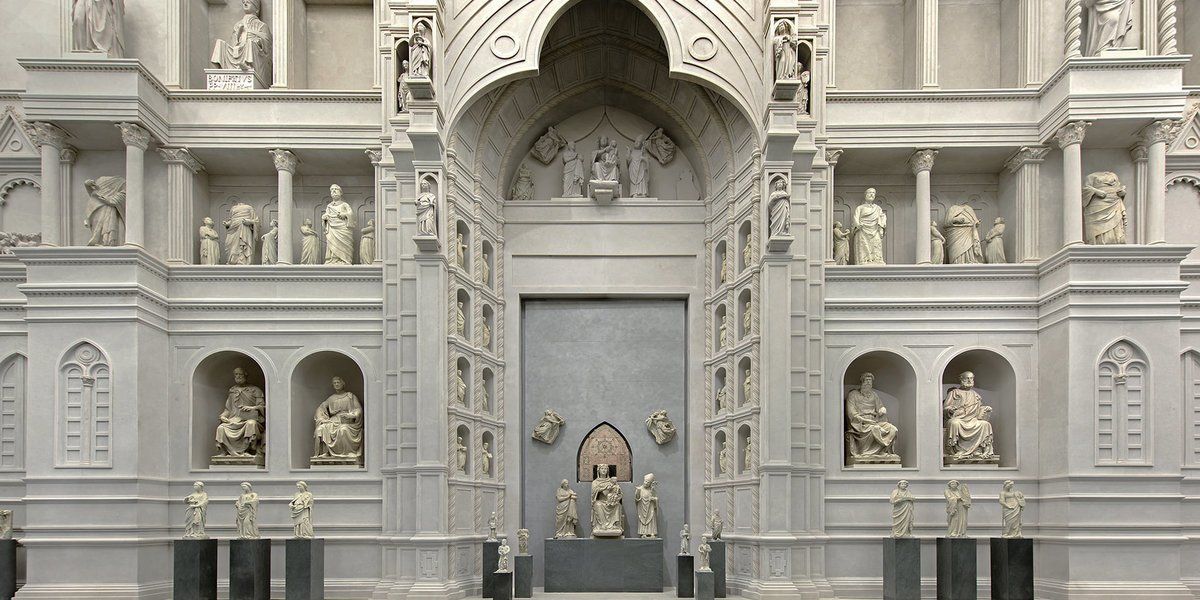
Titolo diapositiva
Scrivi qui la tua didascaliaPulsante
-
Opera del Duomo Museum
Over 750 works of art covering more than 720 years of history.
Discover the masterpieces of Arnolfo, Ghiberti, Donatello, Luca della Robbia, Antonio Pollaiolo, Verrocchio, and Michelangelo. Masterpieces that, in most cases, were created for the exteriors and interiors of the ecclesiastical structures that still stand in front of the Museum: the Baptistery of San Giovanni, the Cathedral of Santa Maria del Fiore and Giotto's Bell Tower.
-
Entrance Tickets
Opening hours
Depending on the day of the week the timetable varies.
We recommend consulting the timetable here by inserting the chosen day.
Rates
Three different solutions are available:
Ghiberti Pass
Includes the Baptistery, the Museo dell'Opera del Duomo and Santa Reparata (Archaeological itinerary inside the cathedral of Florence)
Giotto Pass
Includes the access to all the monuments of Piazza del Duomo except the Dome: Bell Tower, Baptistery, Opera Museum and Santa Reparata
Brunelleschi Pass
includes the access to all the monuments in the square: Dome, Bell Tower, Baptistery, Museum of the Opera and Santa Reparata
For details visit this official website
8/2/2025
Opera del Duomo Museum
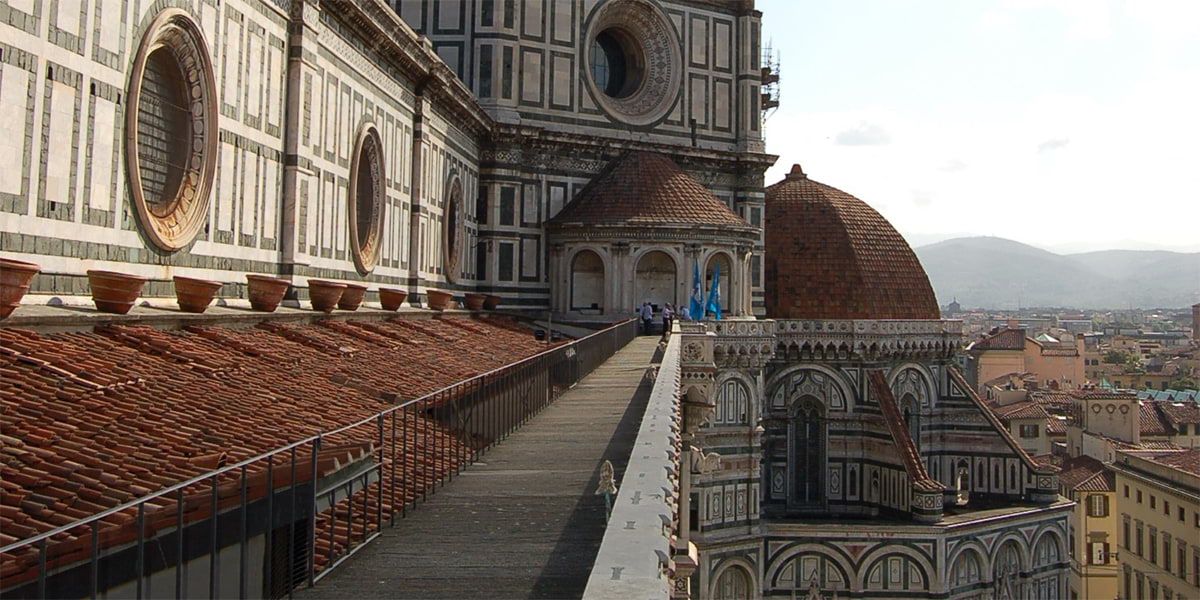
Titolo diapositiva
Scrivi qui la tua didascaliaPulsante
-
Duomo's Terraces
This accompanied visit takes place on an exclusive itinerary, which will take you after climbing 150 steps, to the panoramic visit on the external terraces of the Cathedral, over thirty meters high, where, immersed in the splendid setting of Florence, you can admire from a point of exclusive view all the monuments of the city and above all stop to enjoy the close presence of Brunelleschi's Dome.
The walk, accompanied by Opera del Duomo staff, goes around the Cathedral and allows you to appreciate the most hidden marble coating decoration in a suggestive setting untouched by the years.
-
Entrance Tickets
The Terraces of the Cathedral can be visited upon contact with the sales office ofd the Opera del Duomo.
CONTACT
Opera di Santa Maria del Fiore
Via della Canonica, 1 50122 Firenze
Telefono: +39 055 2302885
Email: commerciale@duomo.firenze.it booking@duomo.firenze.it
8/2/2025
Duomo's Terraces

Slide title
Scrivi qui la tua didascaliaButton
Slide title
Scrivi qui la tua didascaliaButton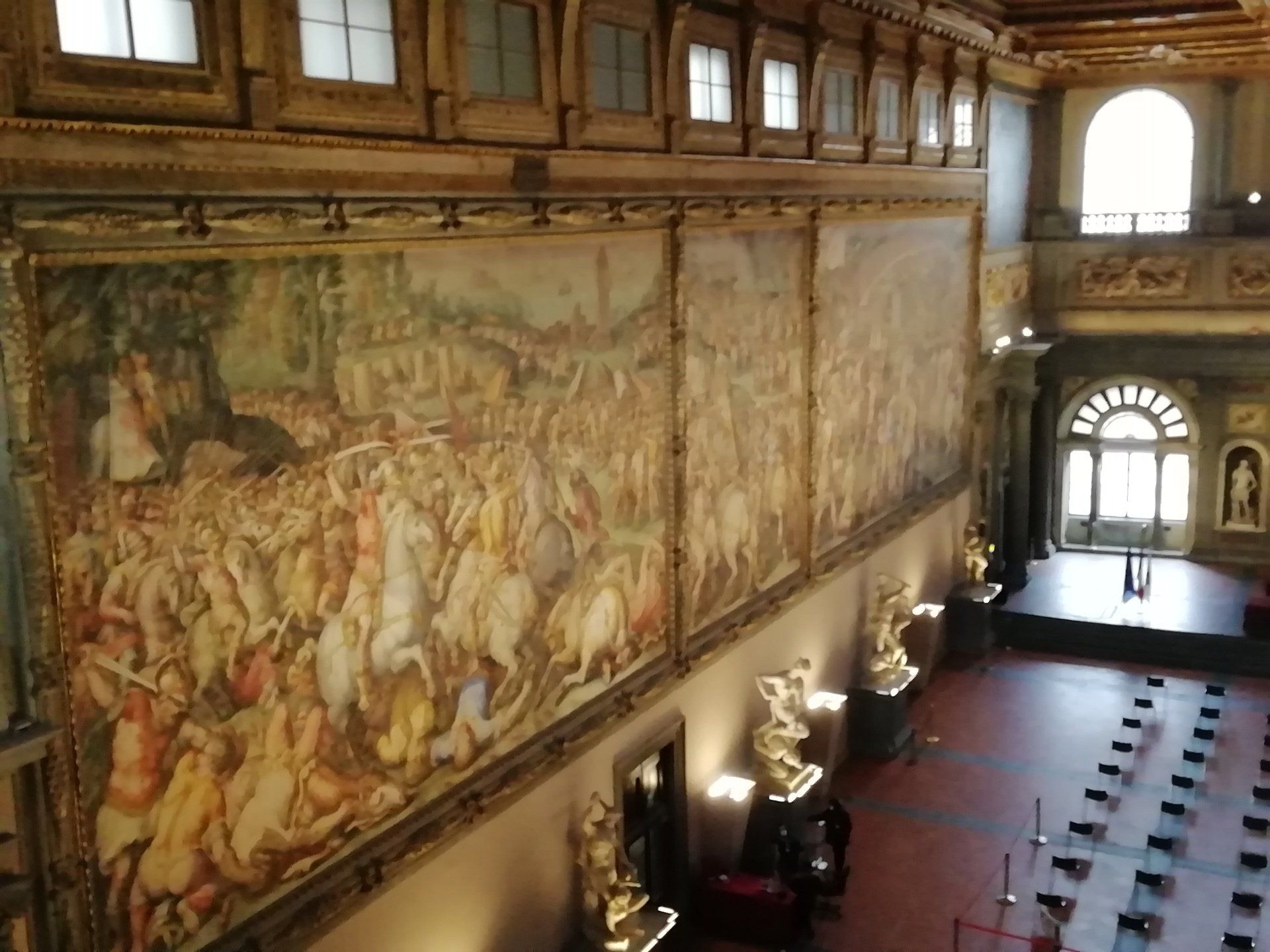
Slide title
Scrivi qui la tua didascaliaButton
Slide title
Scrivi qui la tua didascaliaButton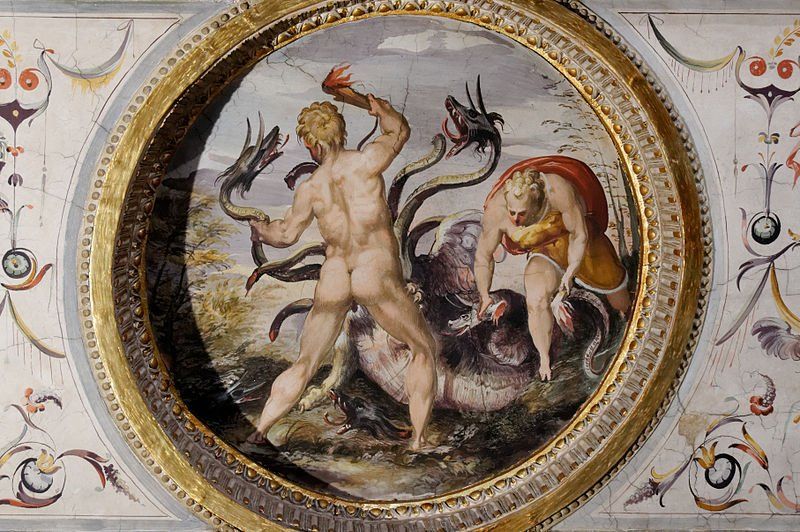
Slide title
Scrivi qui la tua didascaliaButton
Slide title
Scrivi qui la tua didascaliaButton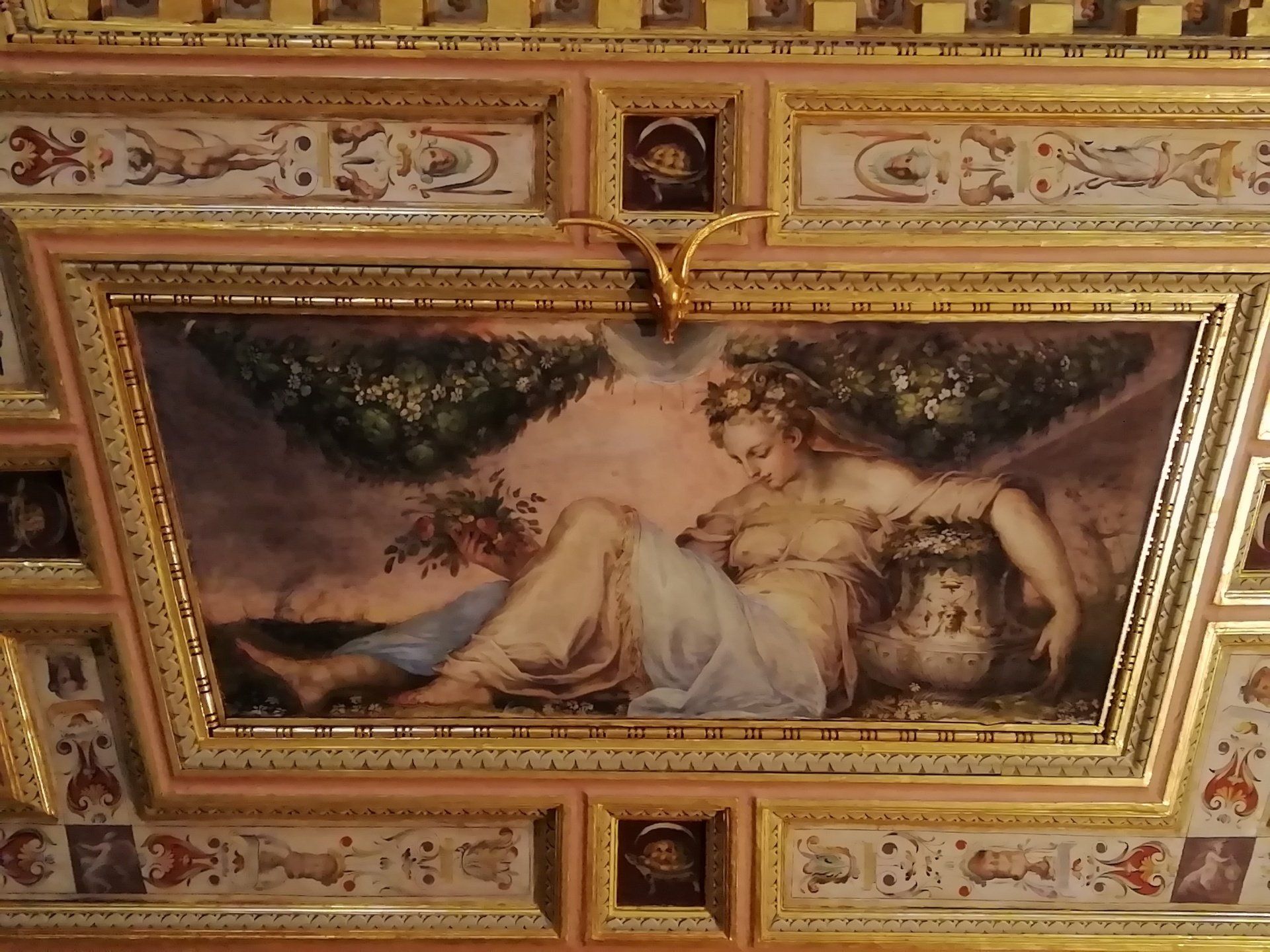
Slide title
Scrivi qui la tua didascaliaButton
Slide title
Scrivi qui la tua didascaliaButton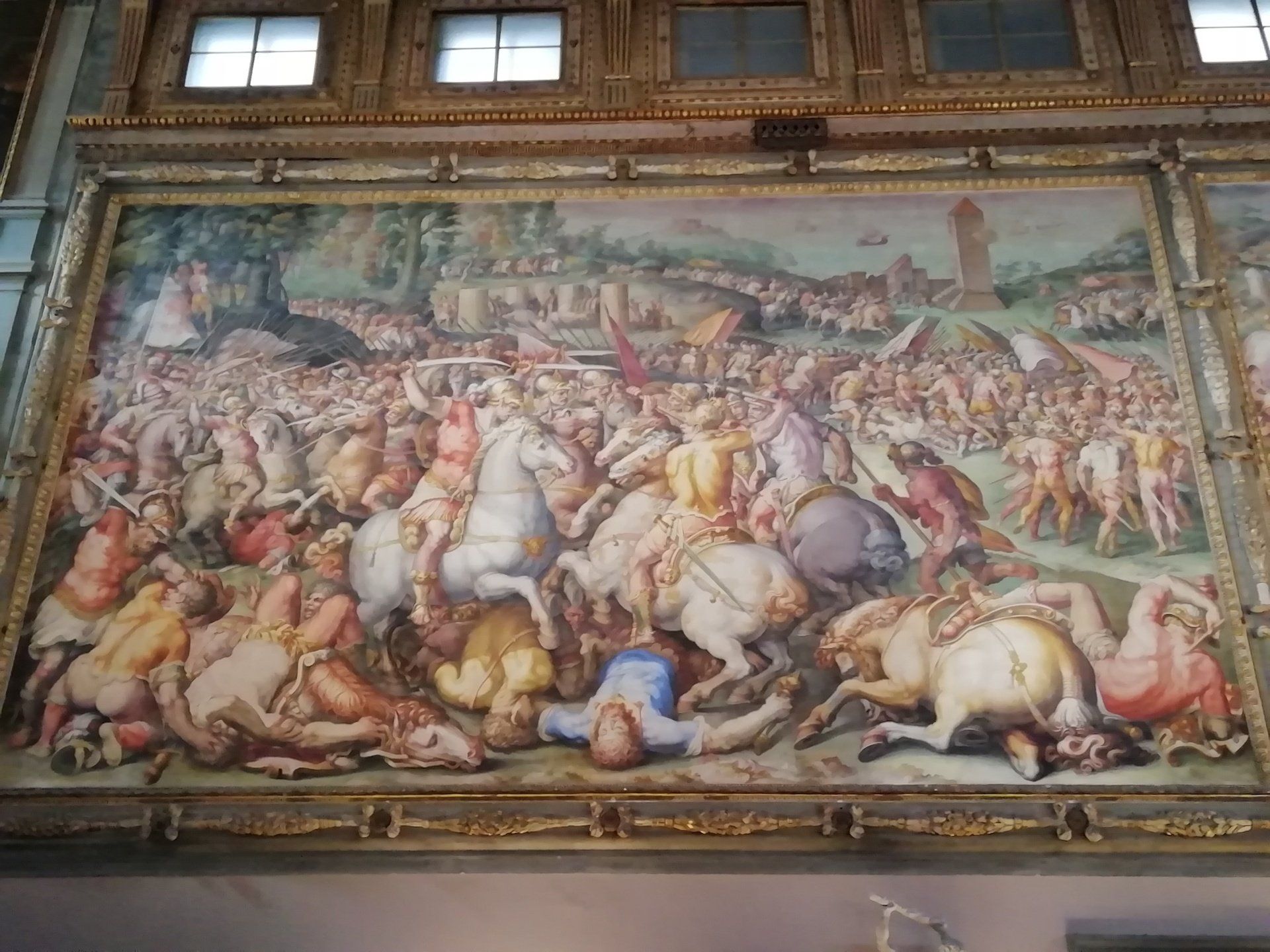
Slide title
Scrivi qui la tua didascaliaButton
-
Palazzo Vecchio - a visit not to be missed
Palazzo Vecchio is one of the symbolic buildings of Florence, built in 1300, when the city experienced a fertile cultural season, coinciding with an extraordinary economic development in which Florence established itself as an economic power in Europe.
The magnificence of this typically medieval building is largely due to the project by Arnolfo di Cambio; the richness of the internal architecture is instead the work of Giorgio Vasari who also designed the Salone dei Cinquecento, the Studiolo of Francesco I, the Eleonora Quarter and the Elements Quarter.
It was precisely when the Gand Duke Cosimo I moved his residence to Palazzo Pitti that the Palazzo della Signoria changed its name to Palazzo Vecchio.
Today the Municipality of Florence and the city council reside in Palazzo Vecchio, but the majestic Palazzo is also a splendid museum, which is really worth a visit.
Palazzo Vecchio Museum
Monday, Tuesday, Wednesday, Friday, Saturday, Sunday 9 am - 7 pm
Thursday 9 am - 2 pm
Arnolfo Tower *
Monday, Tuesday, Wednesday, Friday, Saturday, Sunday 9 am - 5 pm
Thursday 9 am - 2 pm
* In case of rain the Tower will be closed to the public; it will be possible to access the medieval patrol walkway.
Ticket sale ends one hour before closing time
Tickets
Museum
Full price € 17.50
Reduced € 15.00
Museum + Medici tapestries in the Sala dei Duecento
Full price € 15,50
Reduced € 13.00
Arnolfo Tower
Full price € 12.50
Reduced € 10.00
At the ticket office it is possible to rent a multimedia guide on a tablet - highly recommended and available in various languages - which through images, historical descriptions and virtual reconstructions, accompany the visitor in the Cortile di Michelozzo, in the Salone dei Cinquecento, in the apartment and in the Chapel of Eleonora of Toledo, in the splendid Hall of Geographical Maps to name just some of the rooms that can be seen.
By booking your visit with tablet to Palazzo Vecchio in advance, you will avoid wasting time queuing at the museum ticket office.
This is the official link. http://bigliettimusei.comune.fi.it
Visit of Palazzo Vecchio in Florence tickets and entrance times
19/2/2025

Slide title
Scrivi qui la tua didascaliaButton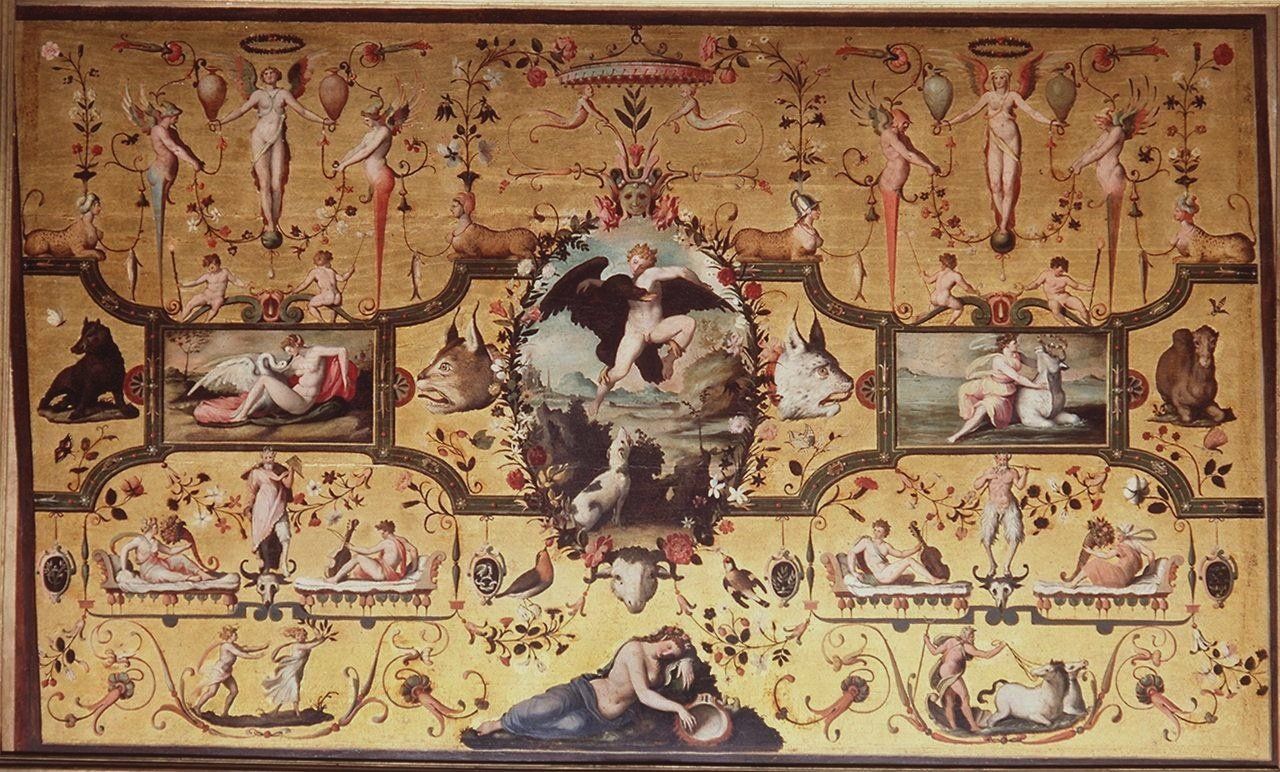
Slide title
Scrivi qui la tua didascaliaButton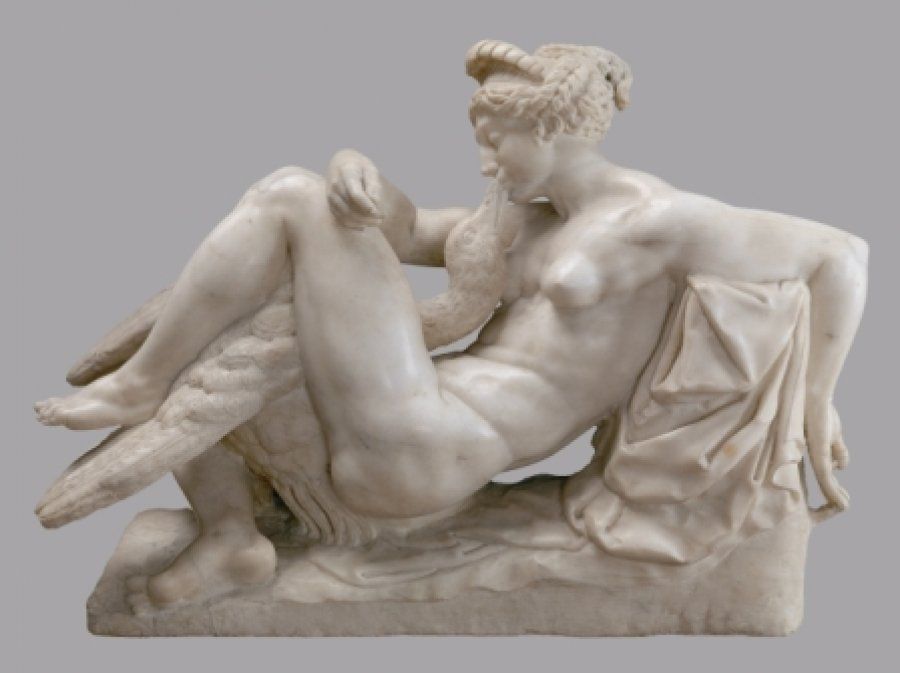
Slide title
Scrivi qui la tua didascaliaButton
-
Bargello Museum
The National Museum has its setting in one of the oldest buildings in Florence that dates back to 1255.
Initially the headquarters of the Capitano del Popolo (Captain of the People) and later of the Podestà, the palace became, in the sixteenth century, the residence of the Bargello that is of the head of the police (from which the palace takes its name) and was used as prison during the whole 18th century.
Its walls witnessed important episodes of civic history. It was the meeting place of the Council of the Hundred in which Dante took part. It witnessed sieges, fires, executions, the most famous perhaps being that of Baroncelli, involved in the Pazzi plot against the Medici, which Leonardo also witnessed. During the 14th and 15th century, the palace was subjected to a series of alterations and additions, still preserving its harmonious severity, best seen in the beautiful courtyard, the balcony and the large hall on the first floor.
The building's use as National Museum began in the mid-19th century.
Today it is the setting for works of sculpture, mainly from the grand ducal collections, and for many examples of "minor" Gothic decorative arts.
The large 14th century hall on the first floor displays some works by Donatello (1586-1466) including the early marble David, the St. George moved to this location from the niche in Orsammichele, the more mature and ambiguous bronze David, the Atys and the Marzocco, originally installed on the platform in front of Palazzo Vecchio. The works of the master are surrounded by the most delicate works of his pupils Desiderio da Settignano (c. 1450-1464) and Antonio Rossellino (c. 1427-1479).
The collection also includes the two panels entered by Lorenzo Ghiberti and Filippo Brunelleschi for the Baptistery door competition of 1401. The Renaissance repertoire comprises the glazed terracottas by Luca della Robbia (1400 -1482) that include a very extraordinary group of Madonna with Child.
The rooms on the ground floor exhibit Tuscan 16th century works, focusing in particular on four masterpieces by Michelangelo (1475-1564): Bacchus, the relief representing a Madonna with Child, Brutus and David-Apollo. The assortment is then followed by works of Andrea Sansovino (1460-1529), Jacopo Sansovino (1486-1570), Baccio Bandinelli (1488-1560), Bartolomeo Ammannati (1511 - 1592), Benvenuto Cellini (the model of Perseus and the small bronze sculptures were moved to this location from the Loggia dell'Orcagna), down to Giambologna (1529-1608) with his admirable Mercury. The bronze animals that were originally placed in the grotto of the Medici Villa of Castello are now displayed on the staircases.
The museum stores however many other treasures: fine works of art enriched by the Carrand, Ressman and Franchetti collections comprising decorative or "minor" arts are distributed among the several rooms of the Palace, both on the first and second floor. From ivories that include several Roman and Byzantine examples, down to Medieval glazes and Limoges porcelain; from German and French gold works, Renaissance jewels down to Islamic examples of damascened bronze; from grand ducal collections down to Venetian glass. The museum displays several treasures including very unique panel pieces and wooden sculptures. Of note are also the majolicas, arms and small bronze statues.
Two rooms on the second floor are dedicated to the glazed terracottas created by Andrea and Giovanni Della Robbia, besides displaying the bronze David and the Lady with Posy by Verrocchio in the room named after the artist, which displays also an extraordinary collection of busts of Florentine personalities made by some of the most important 15th century artists. One of most important sculptures is the portrait of Costanza Buonarelli by Gian Lorenzo Bernini. It is also worth visiting the very lavish collection of medals belonging to the Medici family.
Opening of the Bargello National Museum, starting from March 1, 2025 with the following hours: Monday, Wednesday, Thursday, Friday and Saturday from 8:15 to 18:50. Last admission and ticket office closing at 18:00.
The first, third and fifth Sunday of the month from 8:15 to 13:50. Last admission and ticket office closing at 13:00.
The Museum is closed for rest on Tuesday, the second and fourth Sunday of the month.
Visit of the Bargello Museum in Florence tickets and entrance times
13/3/2025
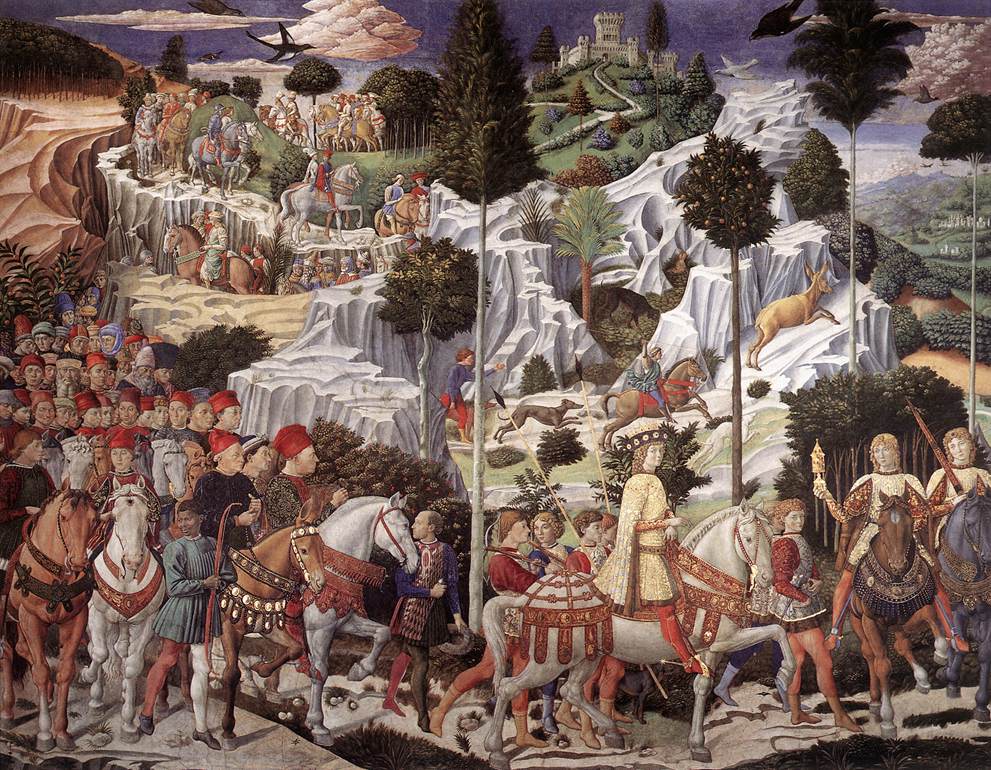
Slide title
Scrivi qui la tua didascaliaButton
Slide title
Scrivi qui la tua didascaliaButton
Slide title
Scrivi qui la tua didascaliaButton
-
Florence - Palazzo Medici Riccardi - The Palace of Wonders
Palazzo Medici Riccardi
Via Cavour 1, Firenze
It is the most beautiful civil building of the Renaissance. Designed by Michelozzo in mid 1400, Palazzo Medici Riccardi in Florence is an elegant and innovating building, a real jewel of private building. The modular rhythm, the component freshness and the fine harmony make it an unavoidable stop for those who visit the town. The building now belongs to the Province and it is well known also for its interiors. First of all the chapel by Benozzo Gozzoli: he frescoed it in 1459 with the Journey of the Magi to Bethlehem. The subject was actually a pretext to depict some VIPs of the time, first of all the members of the
Medici family. The Gallery of Luca Giordano overlooks over the garden and is a masterpiece of late Baroque Florentine art. Giordano frescoed the ceiling in 1685 with a spectacular representation of mythological and allegorical figures underlining the greatness of the Medici and the Riccardi of whom apotheosis dominates the centre of the fresco. And also: Michelozzo’s courtyard, the evocative Moreniana Library and remarking paintings, such as the Virgin with Child by Filippo Lippi, make Palazzo Medici Riccardi a museum of great worth.
Visit of Palazzo Medici Riccardi in Florence tickets and entrance times
8/2/2025
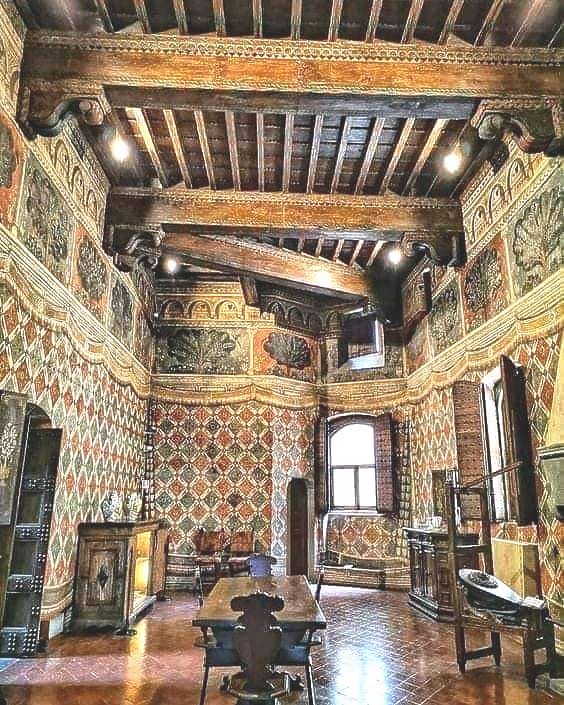
Titolo diapositiva
Scrivi qui la tua didascaliaPulsante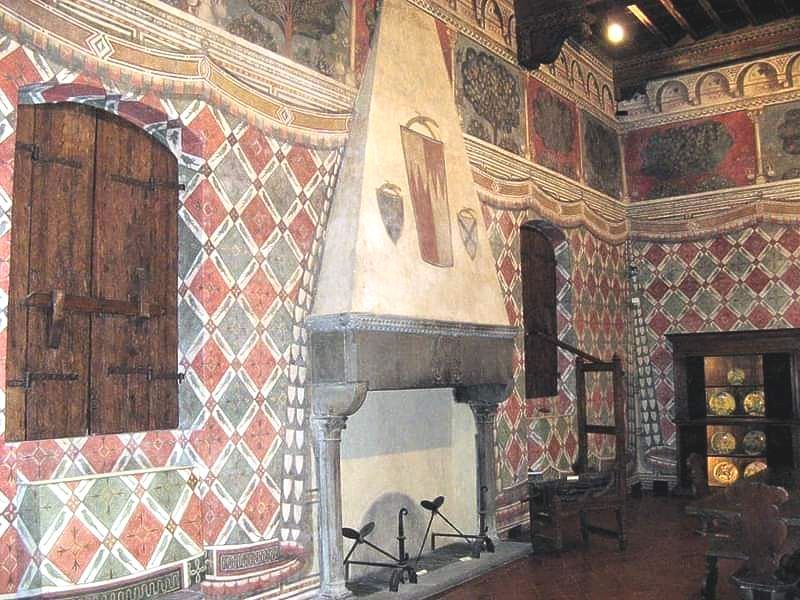
Titolo diapositiva
Scrivi qui la tua didascaliaPulsante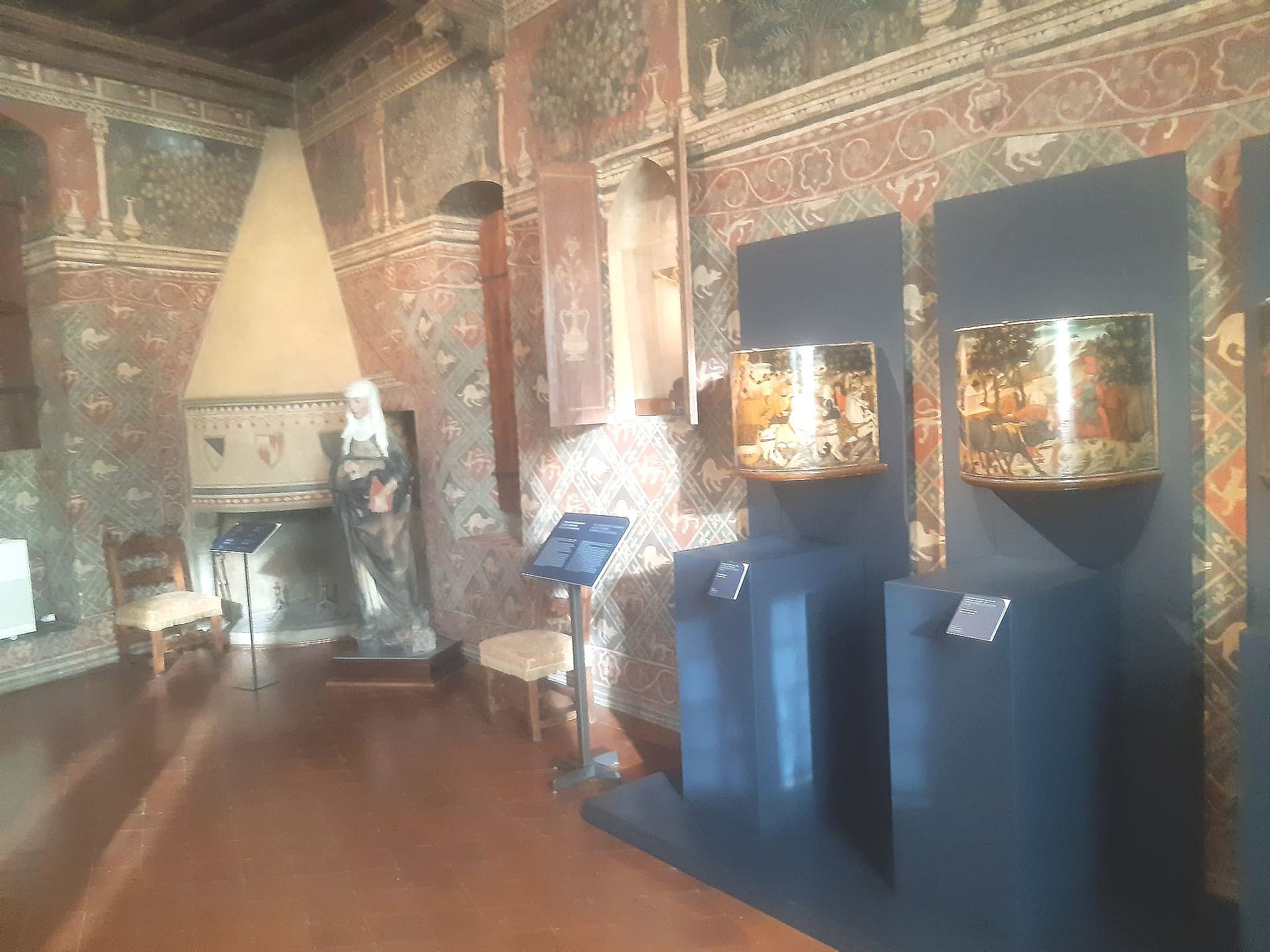
Titolo diapositiva
Scrivi qui la tua didascaliaPulsante
Titolo diapositiva
Scrivi qui la tua didascaliaPulsante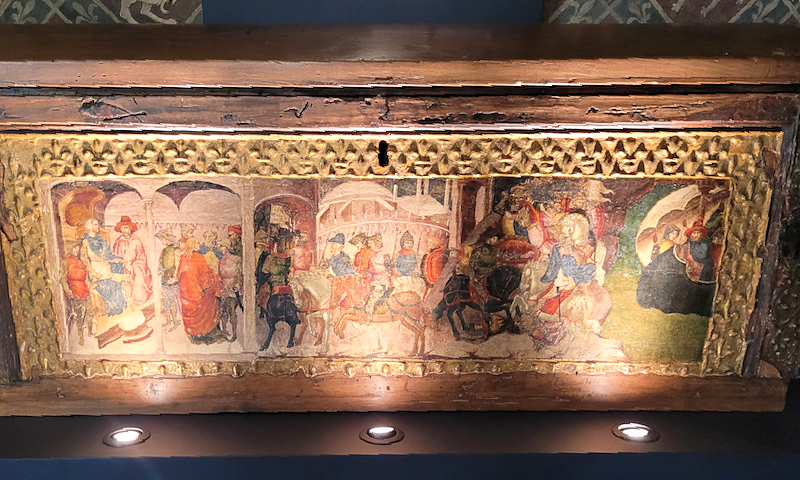
Titolo diapositiva
Scrivi qui la tua didascaliaPulsante
-
Florence – Palazzo Davanzati
Recently restored, Palazzo Davanzati in Florence is a 14th-century residence that represents the transition period between the medieval tower house and the Renaissance palace. Inside, it houses an exceptional collection of artifacts, artworks, and furnishings that bear witness to various changes in ownership and use over time.
The safe, the armoire for storing weapons, the majolica, the bedrooms – including the one beautifully frescoed with the Stories of the Castellana di Vergy – and the ancient bathrooms are just a few of the splendid treasures awaiting visitors.
The opening hours can be a bit complex, so we recommend checking the official website☞ https://www.bargellomusei.beniculturali.it/musei/4/davanzati/
Florence – Palazzo Davanzati
21/2//2025
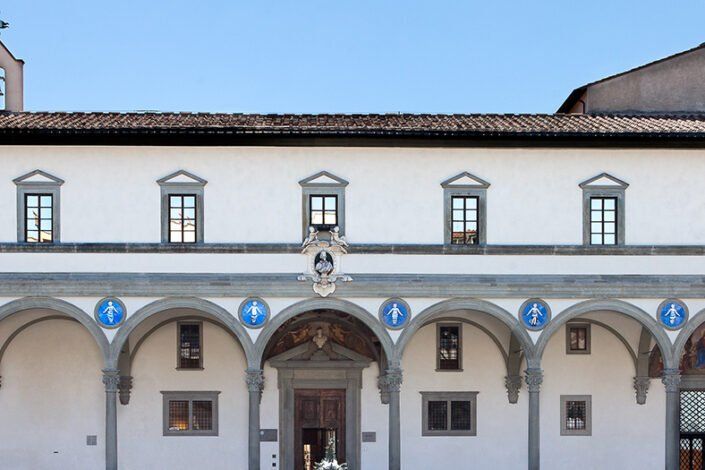
Titolo diapositiva
Scrivi qui la tua didascaliaPulsante
Titolo diapositiva
Scrivi qui la tua didascaliaPulsante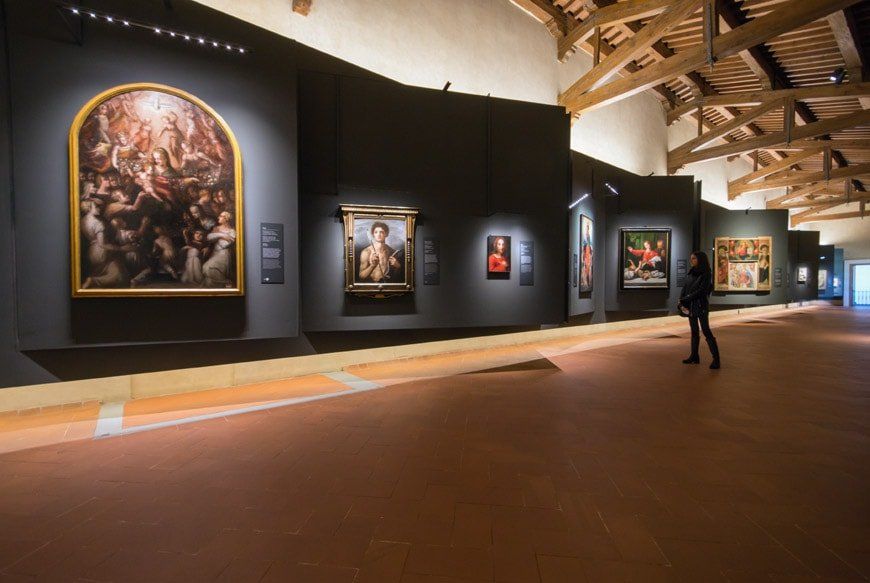
Titolo diapositiva
Scrivi qui la tua didascaliaPulsante
Titolo diapositiva
Scrivi qui la tua didascaliaPulsante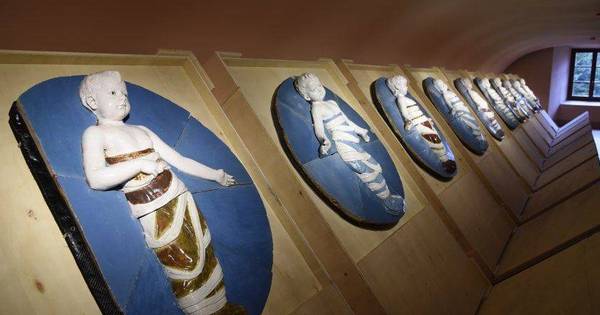
Titolo diapositiva
Scrivi qui la tua didascaliaPulsante
-
Florence – Innocenti Institute Museum
Museum of the Innocents
piazza SS. Annunziata n ° 13
Florence
The Museum is arranged in one of the most famous and important architectural complexes of the early Florentine 15th century, that was commissioned and financed by the Wool Guild and built by Filippo Brunelleschi. The "Hospital" was originally meant to raise abandoned children and teach them some useful trade to enable them to make their way in life. The refectory, cloisters, dormitories, infirmary, nurses' rooms and porticoes were purposely balanced by Brunelleschi to create a harmonious and rational hospital architecture. Later, they were enlarged and decorated with frescoes, thus documenting the on-going activities of the institution and the favours of the reigning dynasty of the Medici.
The Museum has been recently renovated and offers the visitor a truly exciting experience.
The story of childcare in Florence is divided into three distinct sections.
In the basement floor the history and evolution of the Istituto degli Innocenti is told through biographies and personal memories of the "nocentini" (innocents) - as the children hosted here were called. Here are described their daily lives, the care they took of them and their reliance on external nurses. All traces of the little innocents who passed through the door of the institute are preserved in the historical archive. Particularly touching are the "signs of recognition" kept in small drawers that the visitor can open which opens a glimpse in destiny and in the difficulties that have led parents to abandon their children. One senses that the act of abandonment was often not an act wanted, but dictated by adverse circumstances and difficult situations that were impossible to overcome. Abandoned children were often accompanied by signs of recognition that would allow parents in the future, when the situation would improve, to be able to hug their child again: a medal split in half, a piece of cloth, a piece of paper with a note.
On the ground floor there is the architectural path that tells the evolution of the ancient hospital by reconstructing the subsequent renovations of the building and how the function of the Institute has also evolved, adapting the spaces to the needs of hospitality.
On the second floor, above the main portico, there is the Gallery which houses the most precious works of art and the nurses' prayer choir. It consists of approx. 80 works that represent only a small section of the rich collections put together over the centuries by the Hospital through gifts, bequests, loans or works commissioned by the institution itself.
Although the most important works of the collection (Della Robbia, Beato Angelico, Vasari, Giambologna), were dispersed in the 19th century, the collection still preserves outstanding panel paintings, detached frescoes, furniture pieces, decorations and a series of precious illuminated manuscripts dating back to the 14th and 15th centuries, which are considered some of the finest preserved in Florence. The best paintings include The Adoration of the Magi by Domenico Ghirlandaio (1449-1494) made for the Hospital church. Among splendid and rich colours, the painting portrays some historical personalities (merchants of the Guild of Silk and their servants) connected with the life of the Hospital, worshipping the Child.
In addition to some fine "gold ground" paintings, the Gallery also exhibits a Madonna with Child attributed to the young Botticelli (1445-1510), still under the inluence of his master Filippo Lippi; one of the most attractive glazed terracottas by Luca della Robbia; an altar piece by Piero Di Cosimo (1461/62-1521) also made for the Hospital's church and a typical Madonna degli Innocenti of the school of Granacci (1469-1543), where the Madonna is seen protecting the children in front of the Hospital's portico.
Visita del Museo Stibbert a Firenze biglietti e orari di ingresso
9/2/2025
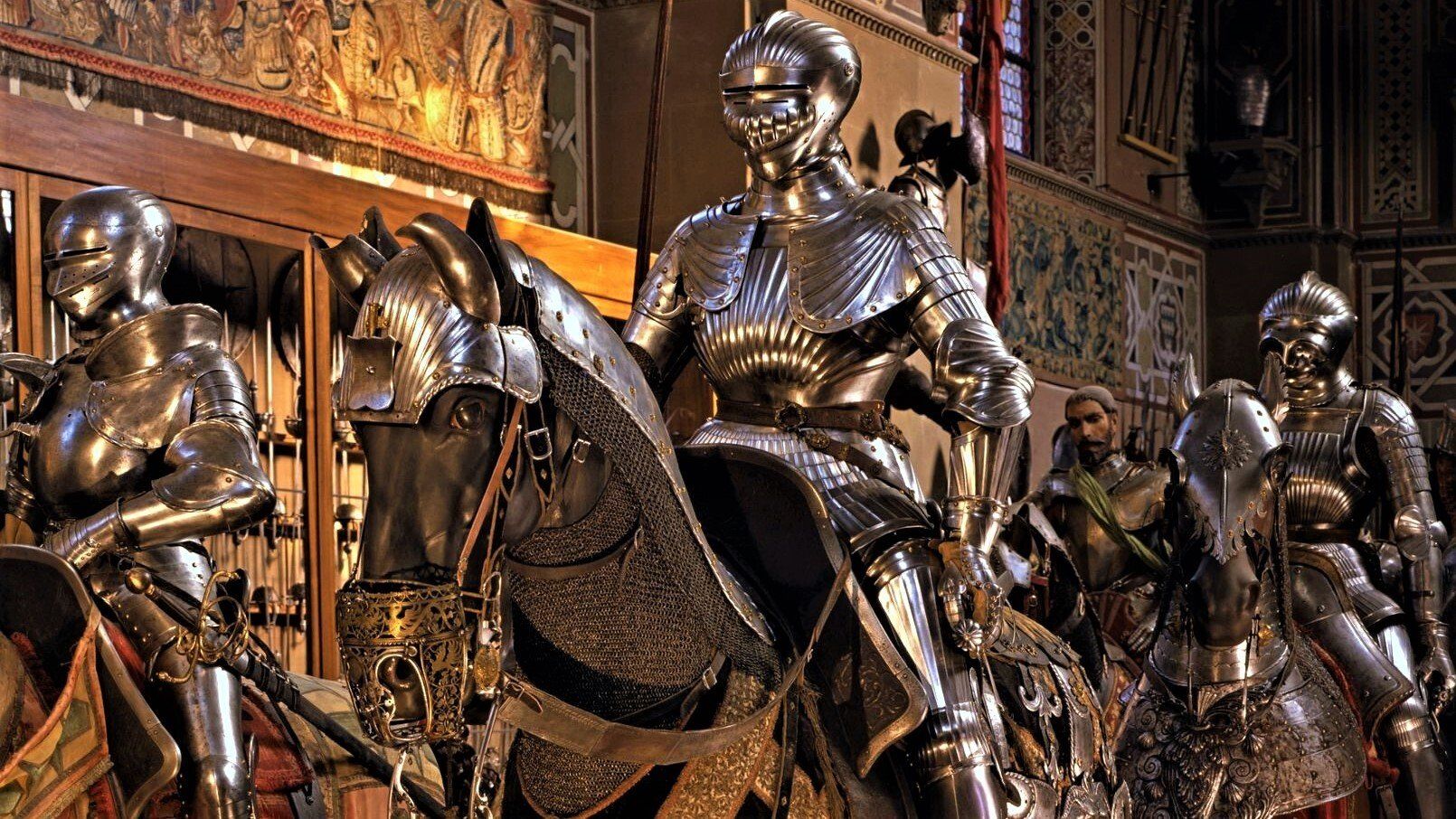
Slide title
Scrivi qui la tua didascaliaButton
Slide title
Scrivi qui la tua didascaliaButton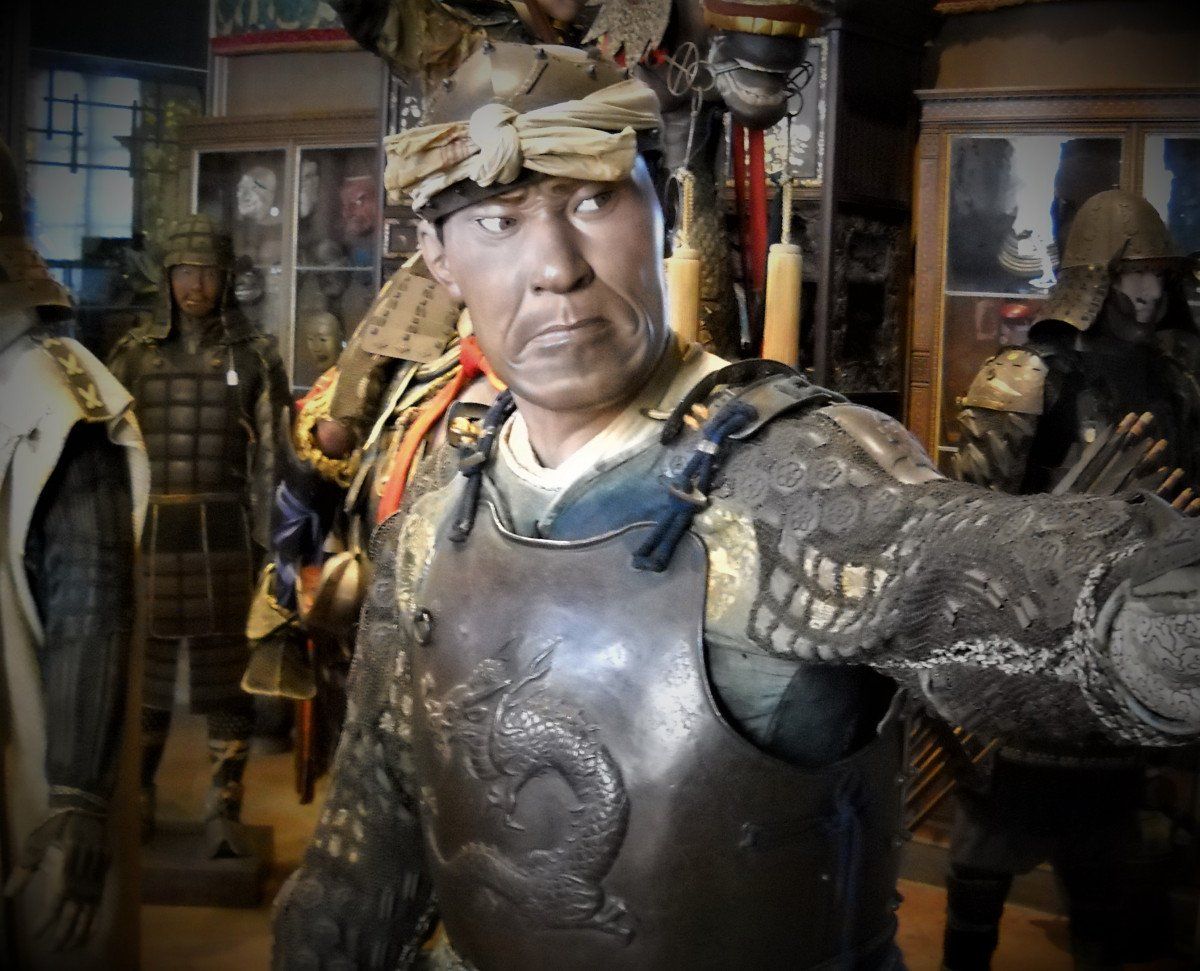
Slide title
Scrivi qui la tua didascaliaButton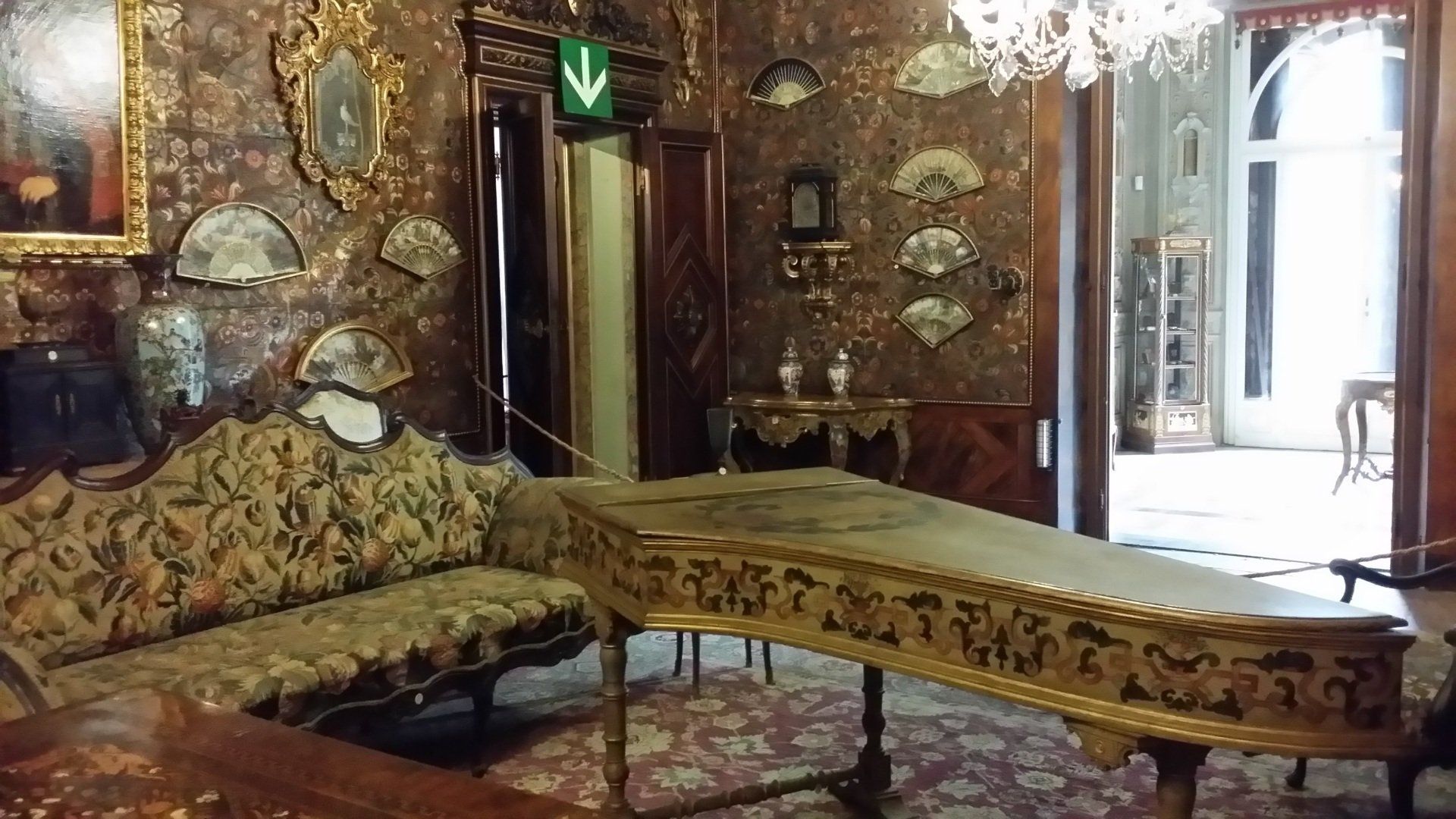
Slide title
Scrivi qui la tua didascaliaButton
-
Florence - The Stibbert Museum
The history, tokens of the past and distant places: the culture experienced and told through the costumes and works, as well as the war accessories, presented in an absorbing setting. This is the museum of Frederick Stibbert (1838 - 1906), a distinguished man with the moral and civic values of the past. Born to a Tuscan mother and an English colonel of the prestigious Coldstream Guards, as well as grandson of the general governor of Bengal, Stibbert lived in an environment imbued with military culture consisting of honour, commitment and a sense of duty. We shouldn’t forget that the whole of history and also the developments of mankind arise from war research: from Leonardo da Vinci to Pascal’s triangle, from gunpowder to nuclear energy.
Frederick Stibbert was born in Florence in 1838. Educated in English colleges, after just turned 20 years old, he inherited a fortune and devoted it to a challenging cultural and educational project: “My museum, on Montughi hill, which costs me huge sums of money, much attention and hard work,” in the words of his will, whereby he left the museum to the City of Florence for the knowledge of scholars and to educate the young. A sanguine person, a lover of life and beauty, an independent spirit dis- inclined to the formal rigidity of the military life.
The museum is a walk through history and culture; each individual piece has something to say. The quality in the selection of pieces is surprising: 2,000 for every armoury, which reveals a surprising knowledge of those cultures, so far away at the age. The constantly growing collection consists of more than 50,000 objects, divided into thematic areas: European armoury and Japanese armoury (the first of its kind in Italy in 1870 and one of the first outside Japan). Then, there’s Islamic armoury, which is still one of the world’s richest collections. In the museum you can also find costumes, porcelain and a rich picture gallery with works such as Madonna di Allori, Medici portraits, two works by Luca Giordano, as well as a portrait of Francesco dei Medici attributed to Il Bronzino.
It is a museum that is particularly suitable for young people of school age who have the opportunity to see real weapons, armor and costumes that have also greatly inspired the costumes of the most beloved Fantasy characters.
We recommend also a visit to the romantic English-style gardens, designed by Giuseppe Poggi, with temples, lakes, grottos, fountains and an elegant lemon house.
5/2/2025
The Stibbert Museum in Florence tickets and entrance times and some useful information about the collection
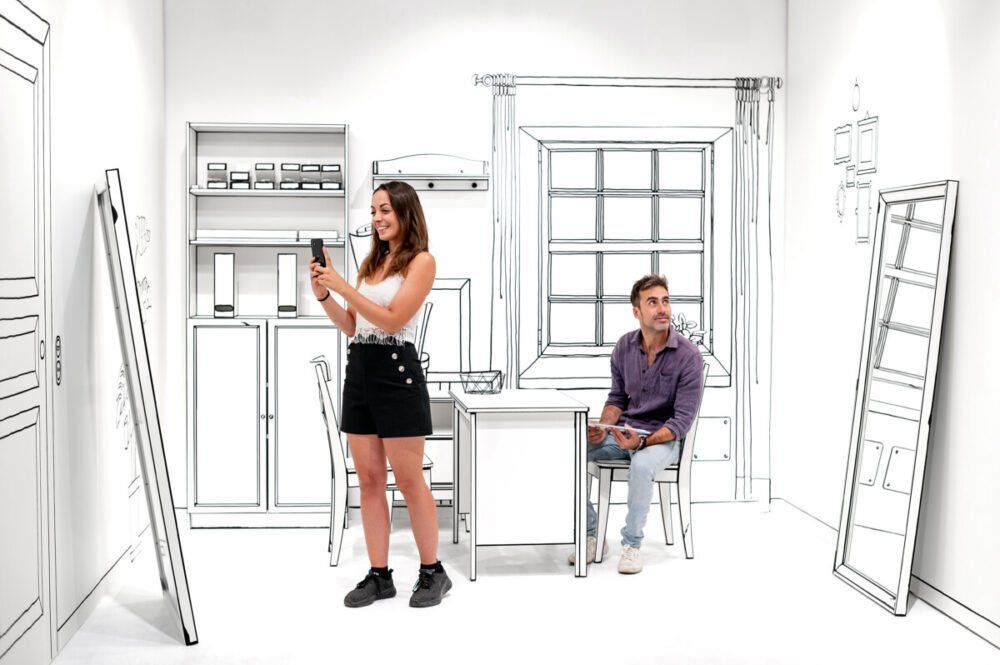
Titolo diapositiva
Scrivi qui la tua didascaliaPulsante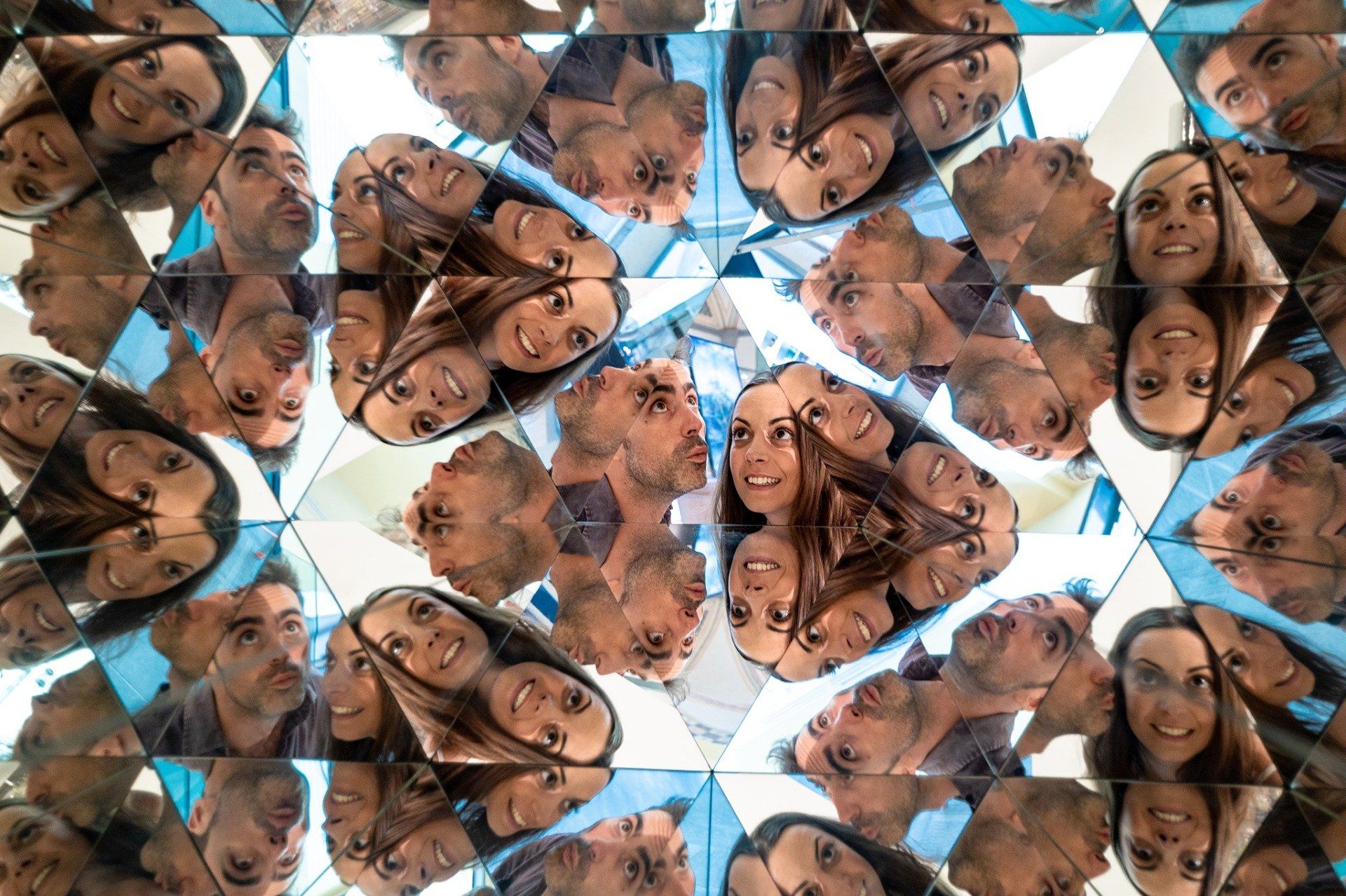
Titolo diapositiva
Scrivi qui la tua didascaliaPulsante
Titolo diapositiva
Scrivi qui la tua didascaliaPulsante
-
Firenze – Museum of Illusions
Museo delle Illusioni
Borgo degli Albizi, 29
Firenze
The Museum of Illusions has opened in Florence in a former 1900 cinema in the historic Tornaquinci Della Stufa Palace in via Borgo Albizi, 29. It is a museum that tests our imagination and beyond, mixing science, art, physics and optics. In 600 square meters are exhibited mysterious works of art, classic riddles, rooms that create illusions, magic mirrors, horse statues whose shadows give life to the profiles of two lovers who talk to each other and much more.
It is a fun place for adults but especially children where you can take pictures to find all visual tricks.
The experience is enriched by interactive entertainment, it is in fact possible to draw with light, create shadows, experience unforgettable moments in the world "upside down".
The permanent exhibition is always evolving: every year new objects on display will be added to the collection.
Firenze – Museum of Illusions short description and opening times
13/2/2025
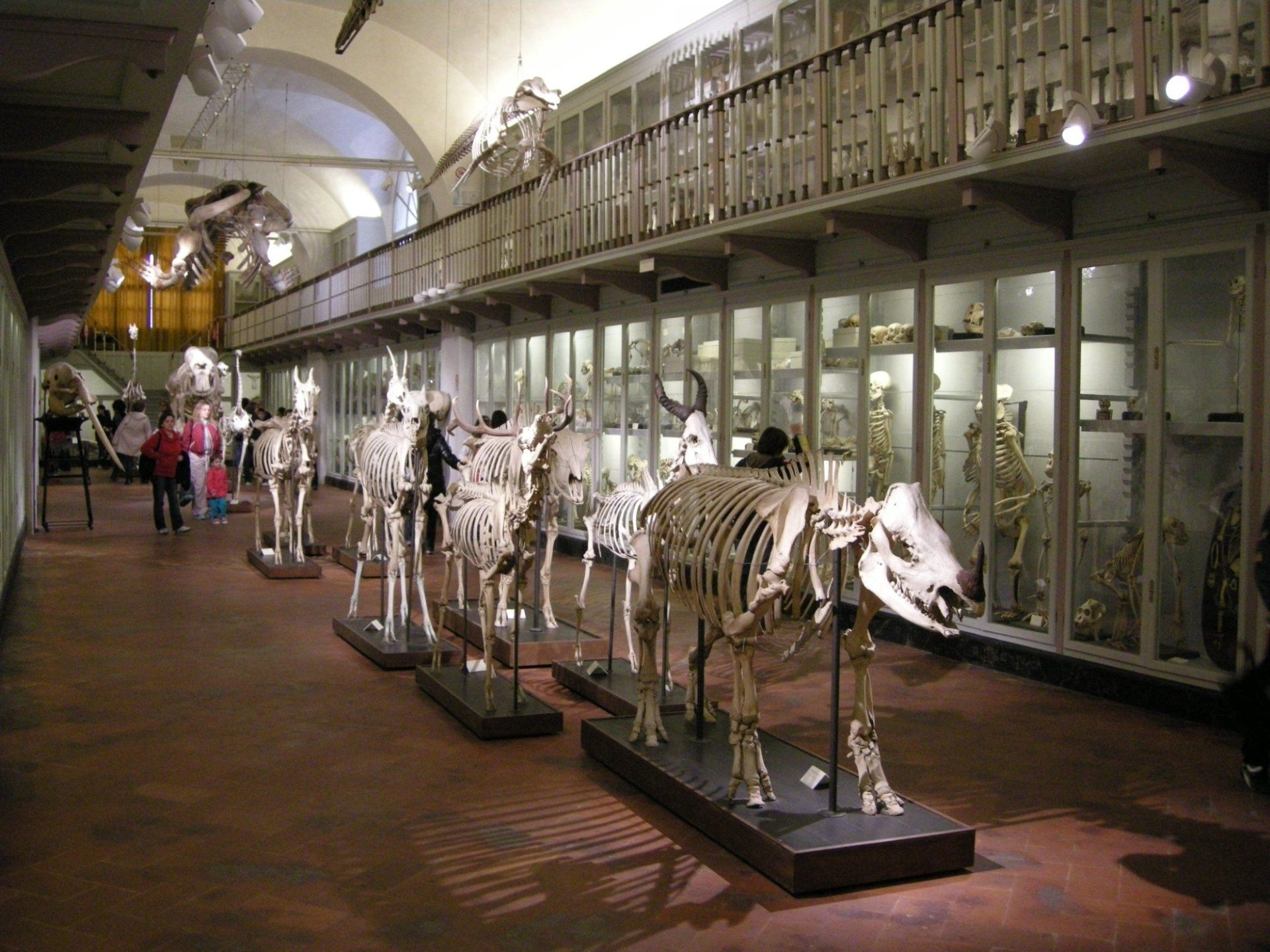
Slide title
Scrivi qui la tua didascaliaButton
Slide title
Scrivi qui la tua didascaliaButton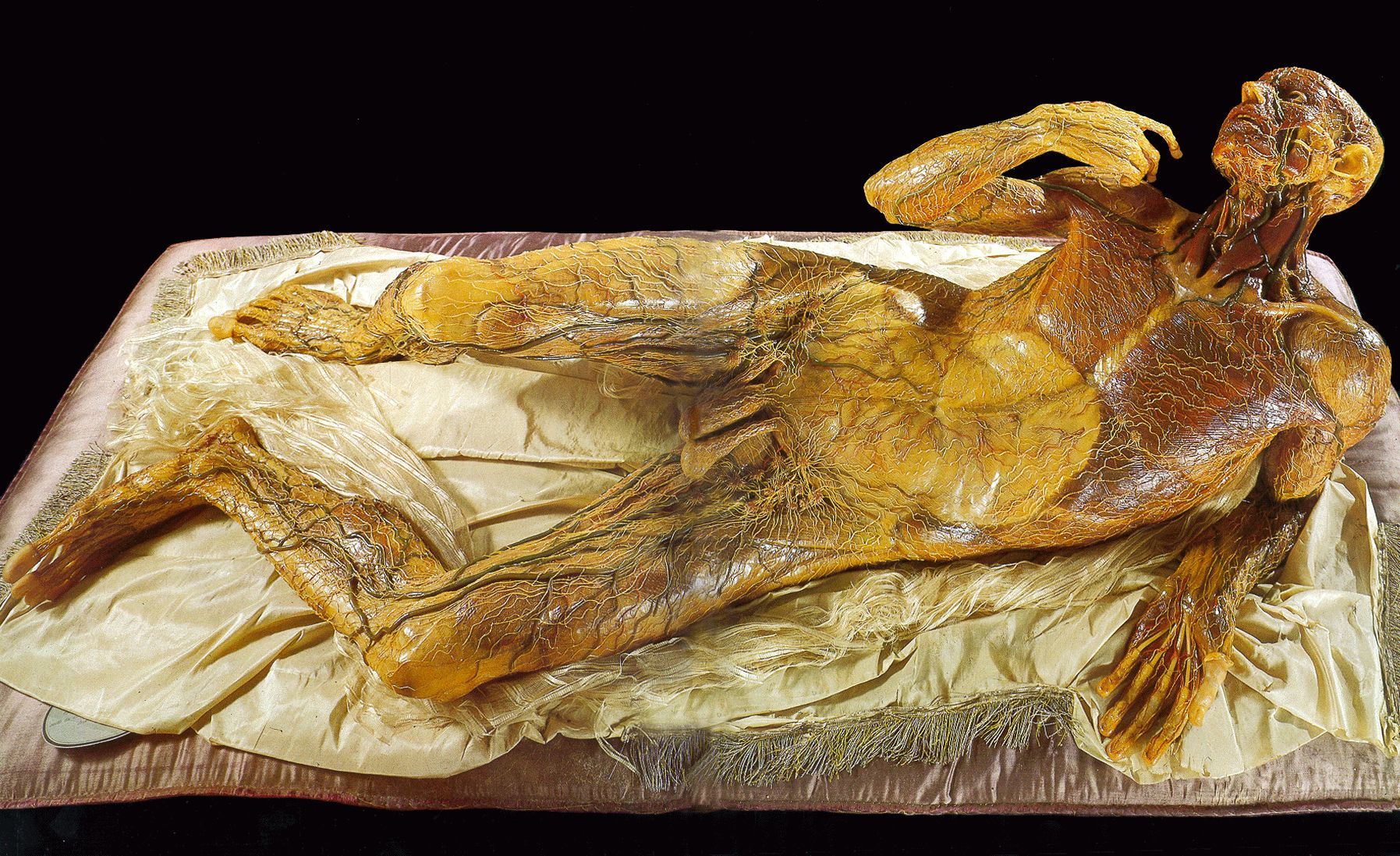
Slide title
Scrivi qui la tua didascaliaButton
Slide title
Scrivi qui la tua didascaliaButton
-
Florence - The Specola Museum
The Museum La Specola was founded on February 21, 1775, on the initiative of Grand Duke Pietro Leopoldo, as a scientific museum open to all. Its name, which formerly indicated a raised place for sky observation, derives from the Astronomical Observatory located in the Tower.
Grand Duke Pietro Leopoldo's idea of presenting nature in its entirety, from Earth to Sky, without forgetting the human being, was ahead of its time regarding the dissemination of scientific culture and a conception of knowledge that is as comprehensive as possible.
The zoological path spans 23 rooms, displaying specimens from around the world, some extinct and thus particularly precious. Although they seem many to walk among, they represent only a small part of the over 4 million preserved artifacts. From invertebrate species to the most evolved mammals, with some ancient specimens like the hippopotamus, donated to Grand Duke Pietro Leopoldo of Lorraine in the second half of the 18th century and before being stuffed, lived for a few years in the Boboli Gardens.
Dating back to the same period, the collection of anatomical waxes is a global excellence, produced over about a century from the Wax Workshop of the museum. Artists such as Clemente Susini, Francesco Calenzuoli, Luigi Calamai, and Egisto Tortori created about 1400 works collected in 562 urns, accompanied by drawings and didactic apparatuses made by expert calligraphic designers.
When there was neither artificial intelligence nor 3D printing nor the Metaverse, to study the human body, these perfect and suggestive reproductions were used, which can also be admired from an artistic point of view.
After over a century, it will be possible to admire the collection of Florentine botanical waxes, which includes plants, fruits, and tables of exceptional realism and beauty, along with naturalistic and anatomical models dating from the seventeenth century. Completing the new visit path are the Baroque allegorical theaters of Giulio Gaetano Zumbo, the still lifes of Bartolomeo Bimbi, and the anatomical statues in wood and papier-mâché.
A novelty for Palazzo Bini Torrigiani, but already visible previously in the spaces of Via La Pira, is the Mineralogy section, which documents the genesis of minerals, starting from their oldest traces in meteorites and up to the layers formed in the remote times of the Earth's cooling. The precious Medici Collection of worked stones, mostly coming from the Uffizi Tribune, offers masterpieces of glyptic art, such as those belonging to Lorenzo the Magnificent.
Particularly evocative is the visit to the Hall of Skeletons, on the ground floor, with the early 19th-century exhibition layout, all in wood with a balcony and 120 showcases housing 3000 skeletons of numerous species, especially mammals, still studied by experts from around the world. Among these, there are genuine rarities and specimens hiding curious stories, such as the Asian elephant exhibited alive under the Loggia dei Lanzi in 1655 and, after its death, studied by the naturalist Carl Linnaeus to describe the species.
Among the visiting paths, there is also the Galileo Tribune, with the statue sculpted by Aristodemo Costoli that recalls the Tuscan genius and his key role in the development of modern science thanks to the application of the experimental method, and the astronomical tower designed at the end of the 18th century. In the Meridian Room, also known as the Stork Room for the neoclassical stuccoes representing birds in flight, the marble, copper, silver, and scagliola sundial made in 1784 is still present and functioning. And then, the 360° view of Florence from the eight windows of the upper octagonal room is an unusual and unmissable experience.
The Museo della Specola in Florence short history and information for the visit tickets and entrance times
11/2/2025
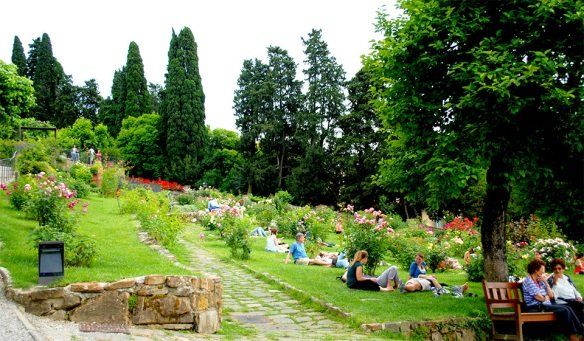
Titolo diapositiva
Scrivi qui la tua didascaliaPulsante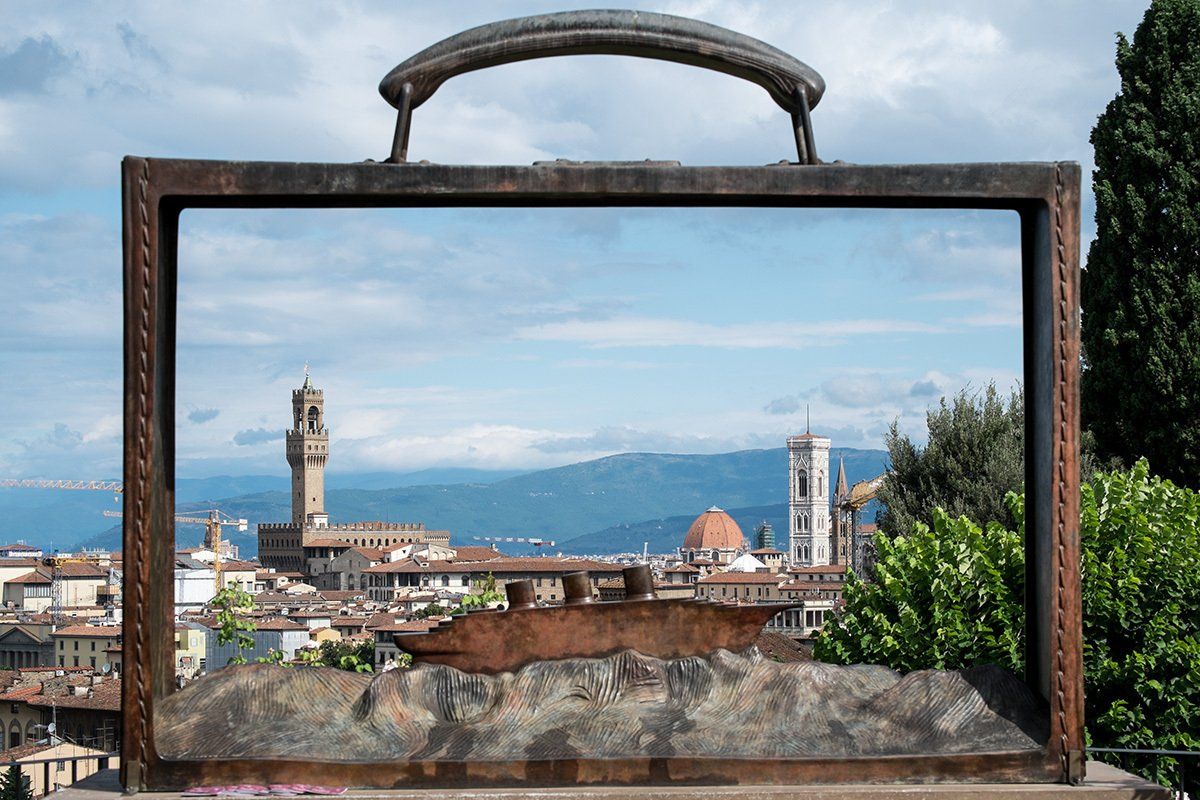
Titolo diapositiva
Scrivi qui la tua didascaliaPulsante
-
The Rose Garden
Built in Florence in 1865 by architect Giuseppe Poggi, on behalf of the Municipality, the Rose Garden occupies an area of about one hectare along the slope of the S. Miniato hill.
In fact, access is possible from Piazzale Michelangelo, on the left looking at the city. Given its particular position it was divided into terraces where a large collection of roses was planted and inaugurated in 1895.
In the first decades, the garden was the municipal nursery and storage of tools for the maintenance of Piazzale Michelangelo. Initially it was only open when the roses bloomed in May, but around 2000 access to this beautiful garden is allowed all year round from 9 am to sunset (except for Christmas and New Year).
In addition, the garden is enriched with 12 sculptures by Jean Michel Folon in some places that highlight the poetic aspect of the garden.
In the garden you can admire over 350 varieties of roses, but there are many other plants, including lemon trees and a Japanese garden (donated to Florence in 1998 by its twin city Kioto, the Japanese oasis Shorai) that make the visit pleasant all year round.
Fans who will visit the Rose Garden, looking carefully, will also be able to find the Foetida bicolor, hybridized 1590 and native to Turkey, with the central part of a lively yellow-orange. And, among the botanical roses, they will appreciate the Laevigata, which can reach a height of 10m, and the Green Rose, which is truly green. The Spinosissima (very thorny), whose name does not escape the famous Italian saying "there is no rose without thorns" is characterized by single-leaved flowers and a stem full of small, but very painful thorns. Groups of very fragrant English roses, vigorous and elegant, with a bushy or sarmentose bearing, alternate with hybrids of Tea, the so-called modern rose, with the characteristic unique castle on which the corolla blooms: looking among the plants of this garden, one finds also the first Tea, used in 1867 in the nurseries of Jean-Baptiste Guillot, which bears the name of La France.
Admission is free.
12/2/2025
Il Giardino delle Rose

Slide title
Scrivi qui la tua didascaliaButton
Slide title
Scrivi qui la tua didascaliaButton
Slide title
Scrivi qui la tua didascaliaButton
-
Botanical Garden of Florence
The Botanical Gardens of Florence were founded on December 1st 1545, when Grand Duke Cosimo I dei Medici purchased the land from the Dominican sisters. The Orchard that was known with the name of Giardino dei Semplici, because of the fact that it was used to cultivate and raise medicinal plants, is the third oldest botanical garden after those of Padua and Pisa. The original layout was designed by Niccolò called "il Tribolo" who had already planned several other grand ducal gardens, like the one of the Medici Villa in Castello. Initially the gardens were directed by the botanist Luca Ghini, who had already followed two years earlier, the Botanical Gardens of Pisa by order of the Grand Duke.
The garden was improved and embellished with the 18th century collections thanks to the commitment of Cosimo III dei Medici who assigned its direction to the Florentine Botanical Society, under the direction of the famous botanist Pier Antonio Micheli.
Its direction was transferred in 1783 to the Accademia dei Georgofili and was referred to as Agricultural experimental garden, then renamed into Giardino dei Semplici in 1847 and finally into Botanical Garden of the Upper Education Institute in 1880.
The Gardens currently take up an area of 2.39 hectares divided into smaller and larger avenues. The structure also has its own greenhouses and hot houses for the cultivation of special plants.
The vegetable patrimony is formed by over 5,000 examples with several very old trees, some of which, such as the Taxus baccata, planted by Micheli himself around 1720, a very large cork oak planted in 1805 and never stripped, several examples of Coniferae like the Araucaria, Torreya, Sequoia and a beautiful example of Metasequoia glypsistroboides, a species originally known as fossil and rediscovered in China only in 1941.
The most important collections are those comprising Cicaclidae, Tillandsia, Orchids and Ferns. Extremely interesting, because of its dimensions and number, is the collection of azaleas that always draws the attention of a large number of visitors during the flowering period. Even the sections dedicated to medicinal plants, cactuses and carnivorous plants are also very interesting from the didactic point of view.
-
Opening times and entrance ticket
Botanical Garden of Florence
Via Pier Antonio Micheli, 3
50121 Firenze
Opening Times
The Botanical Garden is open on the following days and times:
from Tuesday to Sunday, from 10am to 6pm
Last admissions are allowed one hour before closing.
Tickets and access
Extraordinary and halved rates are in effect. Those who wish can support the Museum System by purchasing tickets at the ordinary rate.
full 3 €
reduced 1,5 €
family € 6.5 (1-2 adults with a maximum of 4 children)
Reduced
- aged 6 to 14 years
- over 65 years
- Italian schools up to 2nd grade secondary school with a letter headed by the school
Visitors with free admission:
- aged less than 6 years
- students enrolled at the Universities of Tuscany (Florence, Pisa, Normale, Sant'Anna, Siena and Siena University for Foreigners)
- people with disabilities and their carers
Interactive tour with Artplace Museum
With the free mobile application Artplace Museum you can dynamically discover the wonders of the Botanical Garden, during your visit and beyond. How to do? Download the app, select Florence and search for the Botanical Garden.
When you come to the Garden you can follow an interactive tour by starting the application: every time you approach a plant, tree, flower or another point of interest, you will receive a notification and you will be able to see and read, through the app, videos, photos and texts.
All the contents, collected in almost 50 cards, are edited by the University Museum System and can also be consulted from home. Video demo (YouTube).
The application, the cards and the tour are free. It is required to register a profile with login via Google or Facebook account, or by entering some data.
Download Artplace Museum: Google Play | App Store
Florence Botanical Garden - Visiting Tips - Hours and Entrance Tickets
4/2/2025
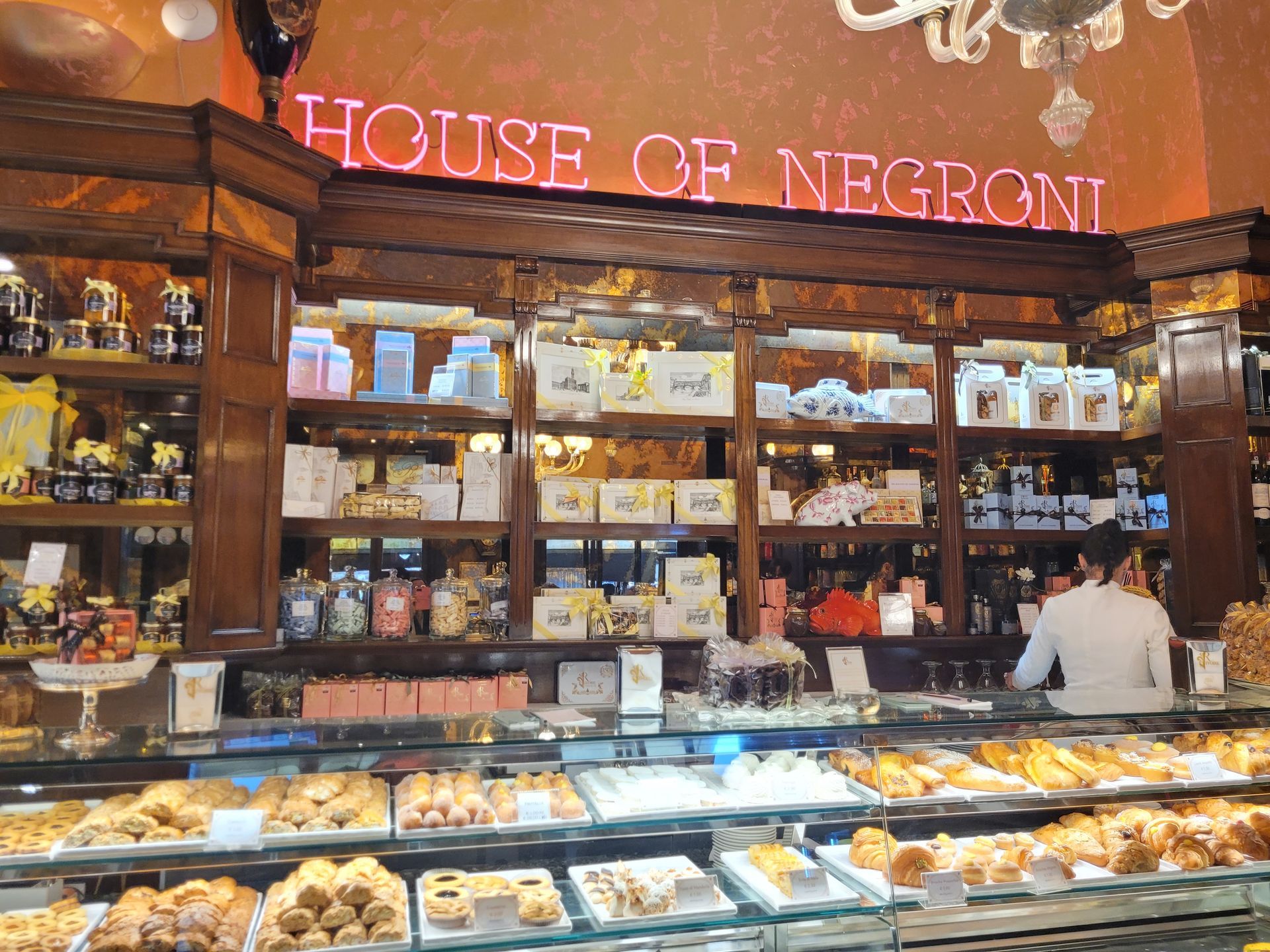
Titolo diapositiva
Scrivi qui la tua didascaliaPulsante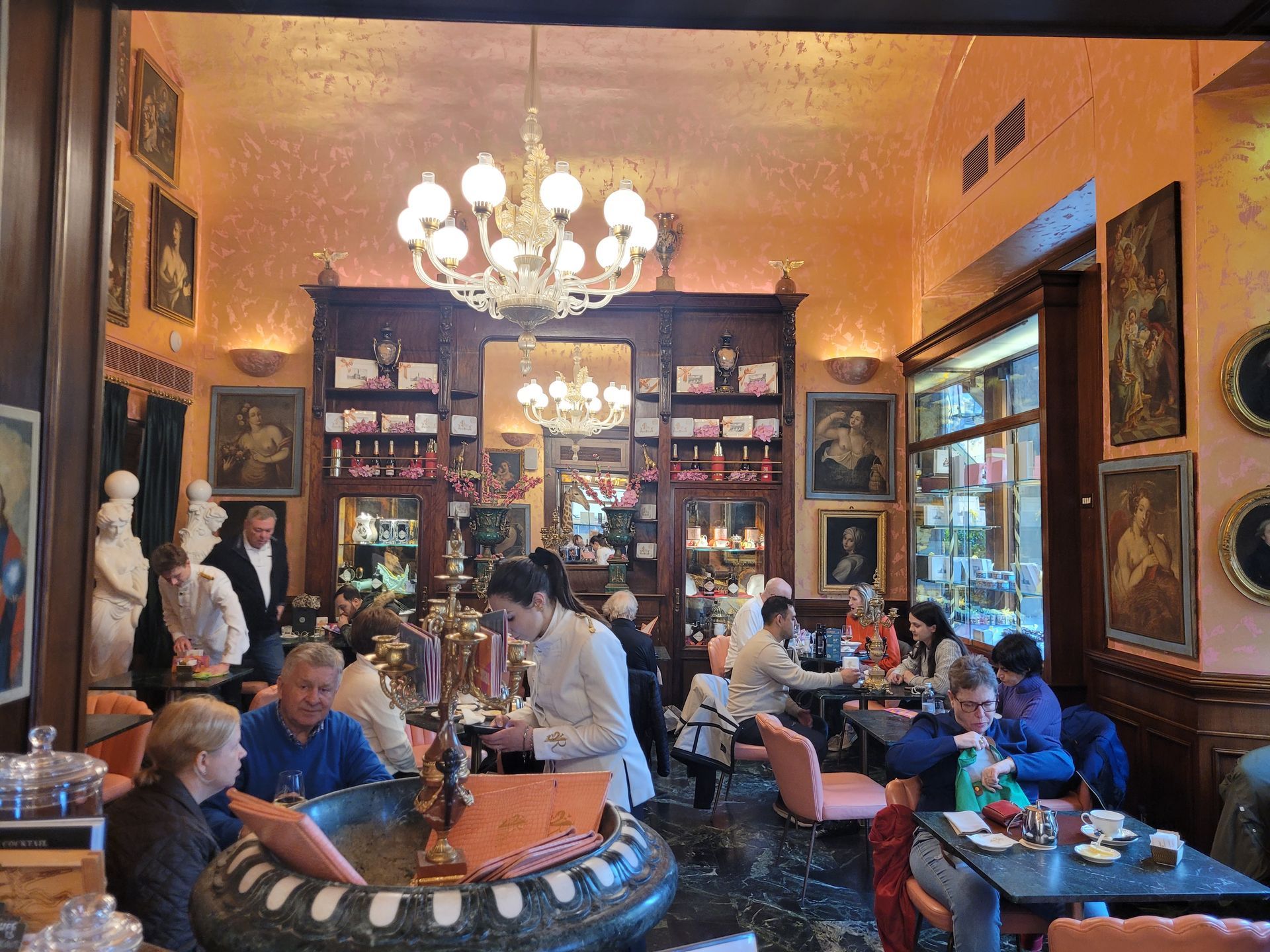
Titolo diapositiva
Scrivi qui la tua didascaliaPulsante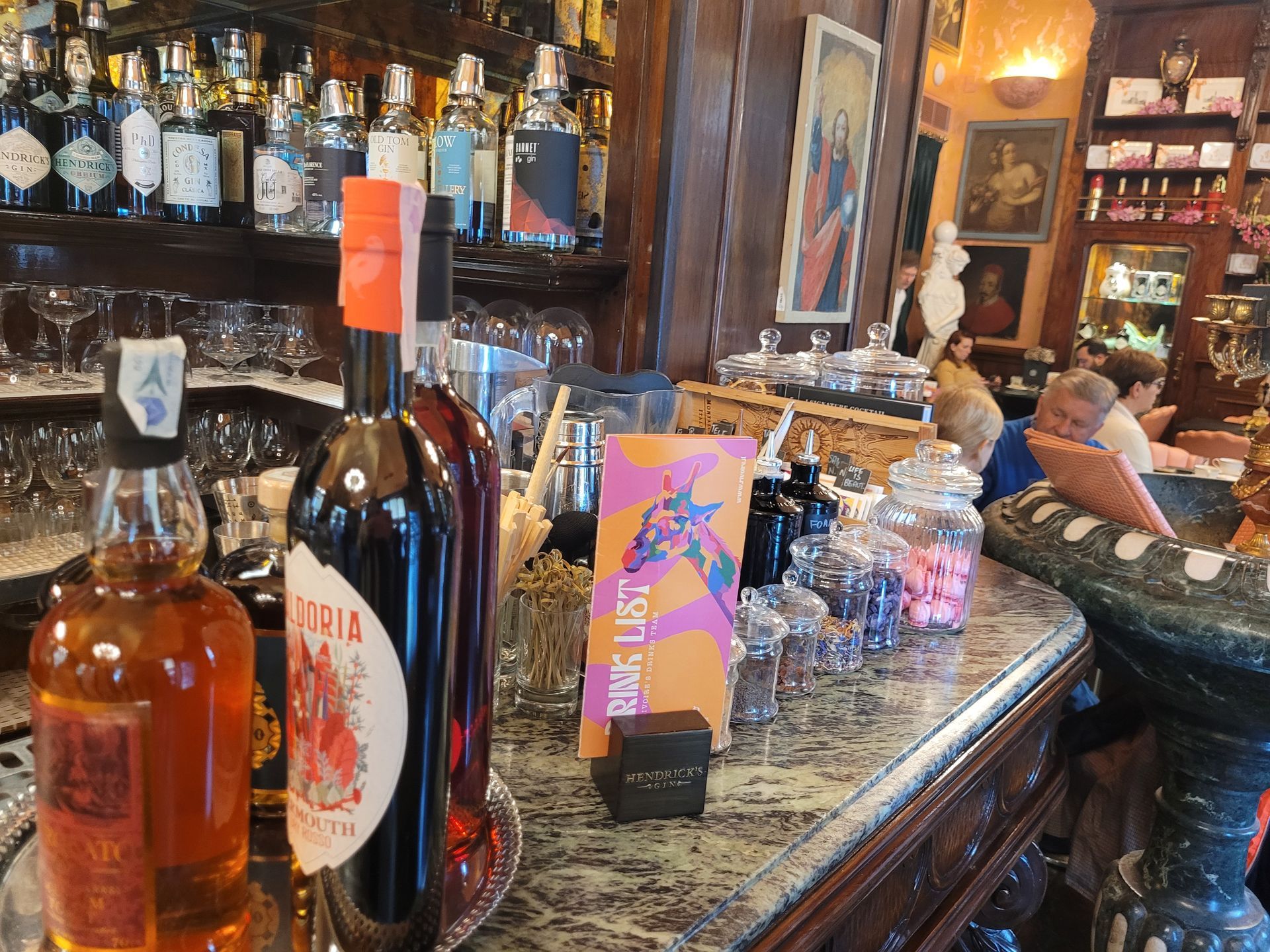
Titolo diapositiva
Scrivi qui la tua didascaliaPulsante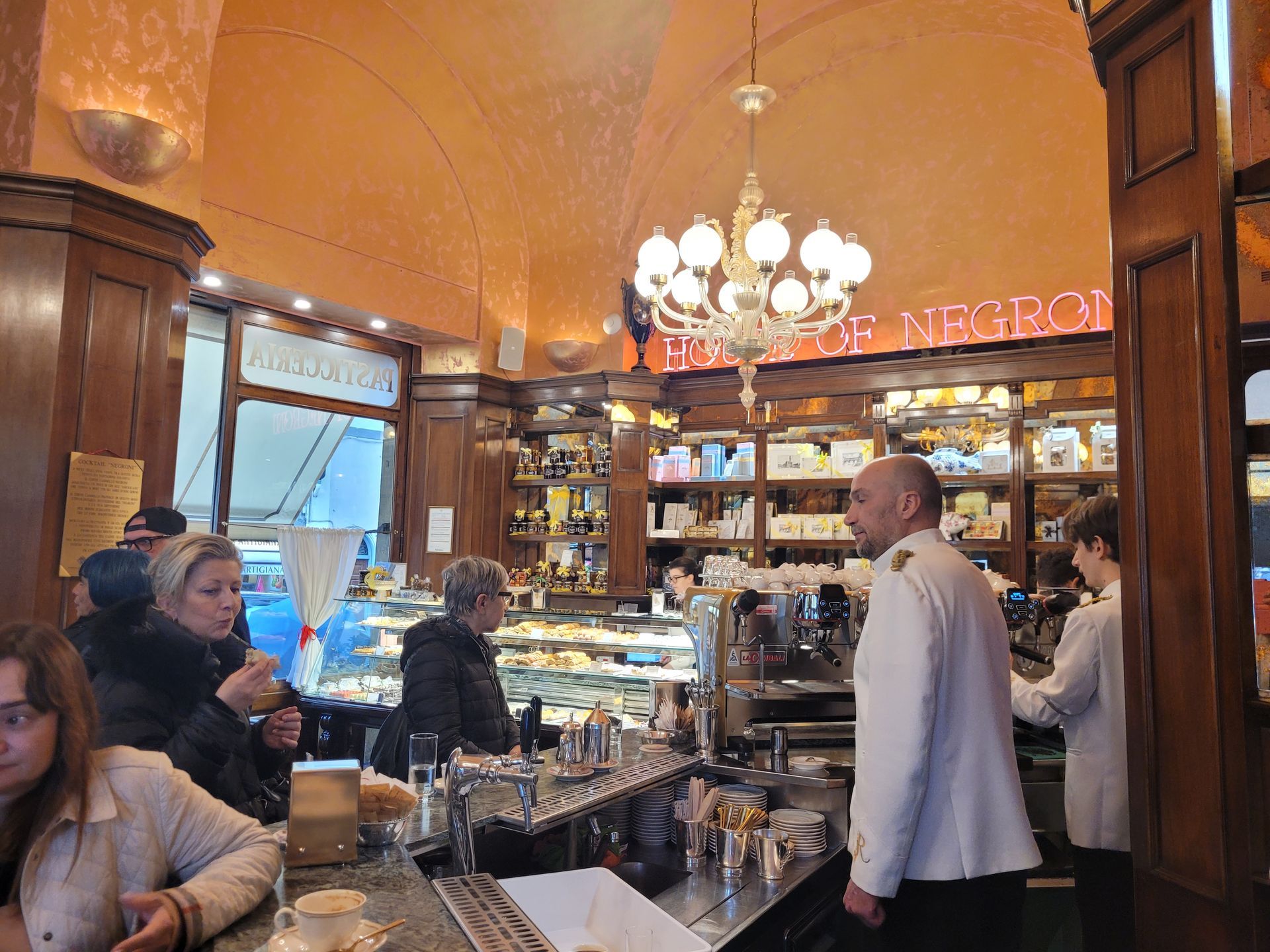
Titolo diapositiva
Scrivi qui la tua didascaliaPulsante
Titolo diapositiva
Scrivi qui la tua didascaliaPulsante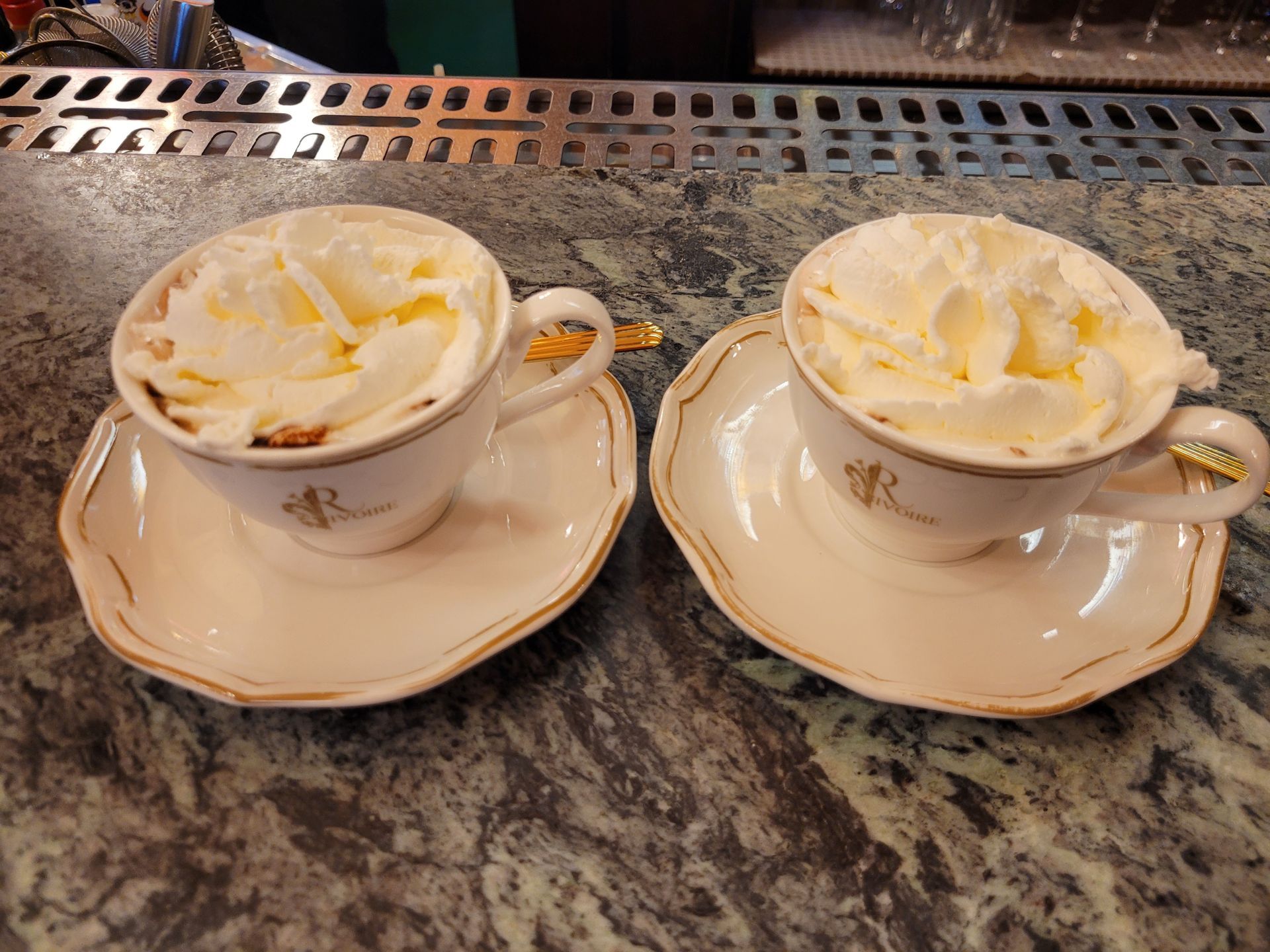
Titolo diapositiva
Scrivi qui la tua didascaliaPulsante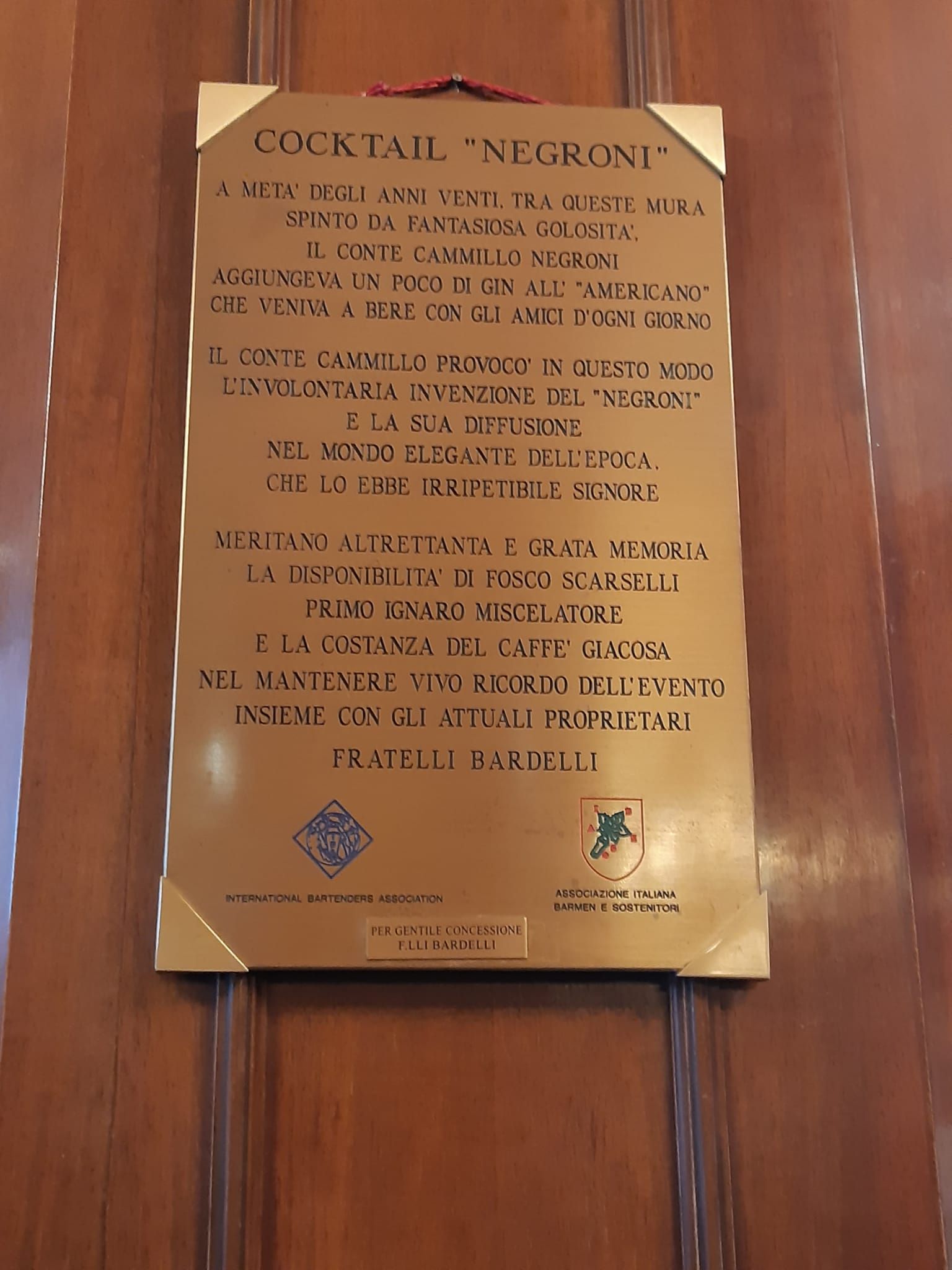
Titolo diapositiva
Scrivi qui la tua didascaliaPulsante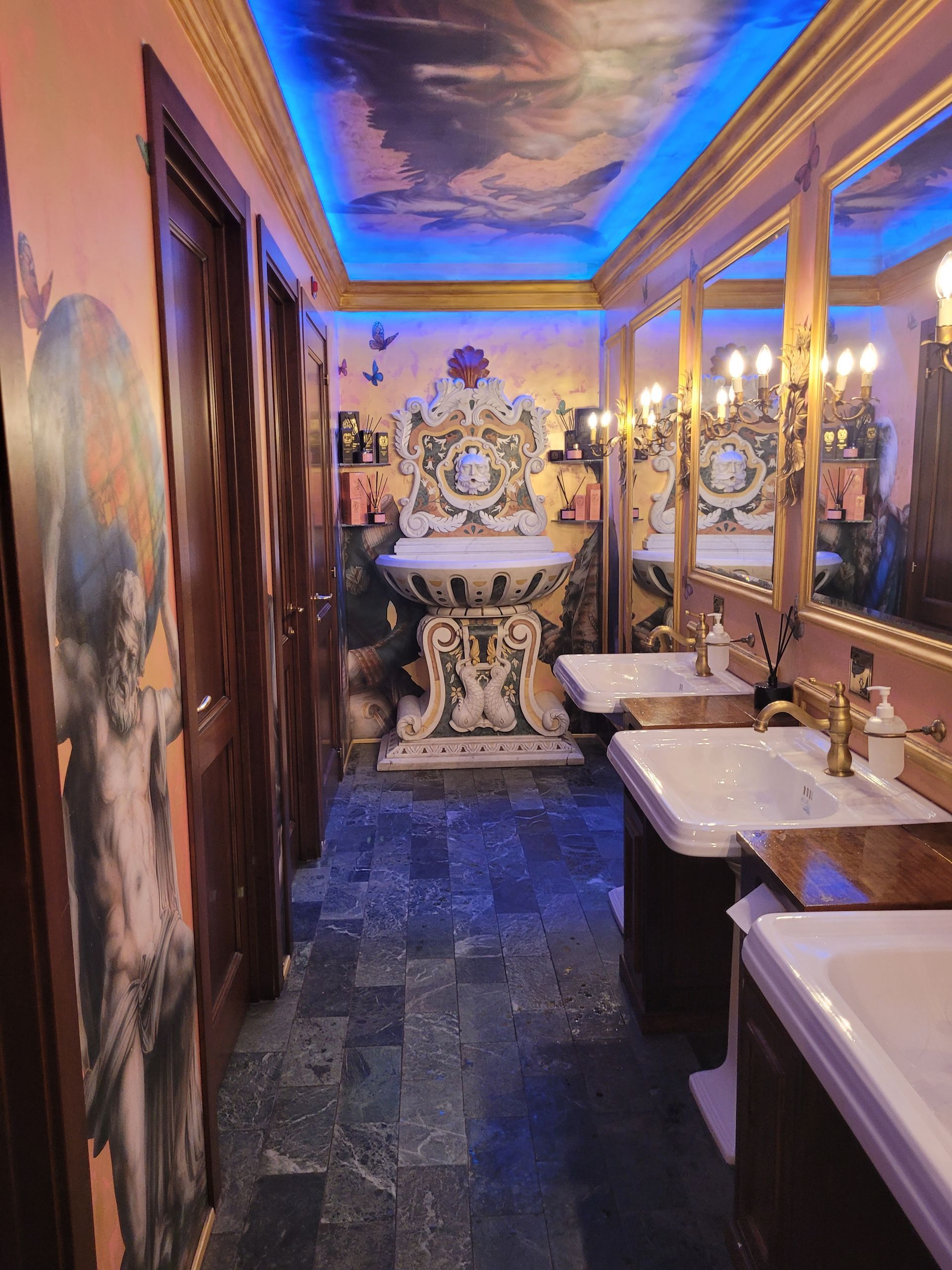
Titolo diapositiva
Scrivi qui la tua didascaliaPulsante
-
Historic Cafés of Florence: Rivoire
In the heart of Piazza della Signoria, on the ground floor of Palazzo Lavison, an elegant 19th-century building reminiscent of the grand Florentine residences of the Renaissance, lies a unique and evocative place. A spot that, with its characteristic outdoor tables and Art Nouveau elegance inside, immediately captures the attention of anyone passing by: Rivoire.
The story of this renowned café began in 1872, when the Turinese master chocolatier Enrico Rivoire, supplier to the Royal House of Savoy, arrived in Florence during the time when the city was the capital of Italy. In this period of great transformation, he opened an artisanal chocolate workshop right in front of Palazzo Vecchio, with the aim of introducing the Piedmontese tradition of hot chocolate in a cup.
In Florence, where coffee was the drink of choice, liquid chocolate was a completely new concept. The excellence of the product, made using an ancient secret recipe and crafted with great expertise, quickly won over the Florentine public. Before long, artists, nobles, politicians, and famous figures began to frequent the café, making it a reference point for those who wished to indulge in refined delicacies in an exclusive setting.
Elegance and sophistication became Rivoire's defining traits, starting from the name itself. Originally, the surname Rivoire was pronounced the Italian way (Rivoire), following Turinese tradition. However, over time, it became common to pronounce it the French way (Rivuar), giving the café an even more prestigious and sophisticated aura.
As the years passed, Rivoire did not remain solely synonymous with chocolate. In Florence, in fact, one of the world’s most famous cocktails was born: the Negroni, an icon of mixology.
In 1977, the Rivoire family sold the historic business to the Bardelli brothers, who carried out renovations in 1980, preserving the classic style while updating the décor with early 20th-century inspirations. In more recent years, the café has changed ownership again and undergone further renovations, expanding its gastronomic offerings with a dinner service and enhancing the overall customer experience.
Today, alongside the historic Art Nouveau-styled café, there is a refined pink-toned lounge, where guests can enjoy not only an excellent hot chocolate or one of the many pastry delicacies, but also a lunch or dinner in a setting of taste and elegance.
However, Rivoire is not just a café, but a true chocolate factory, remaining faithful to its artisanal tradition. Its products – pralines, chocolate bars, spreads, and biscuits – are presented in elegant packaging, perfect for those looking to indulge in or gift a touch of luxury.
Since 1872, Rivoire has been enchanting the most refined palates with its velvety hot chocolate, crisp pralines, and premium products. An experience of taste and sophistication that continues to captivate generations of chocolate lovers.
4/3/2025
Historic Cafés of Florence: Rivoire

Titolo diapositiva
Scrivi qui la tua didascaliaPulsante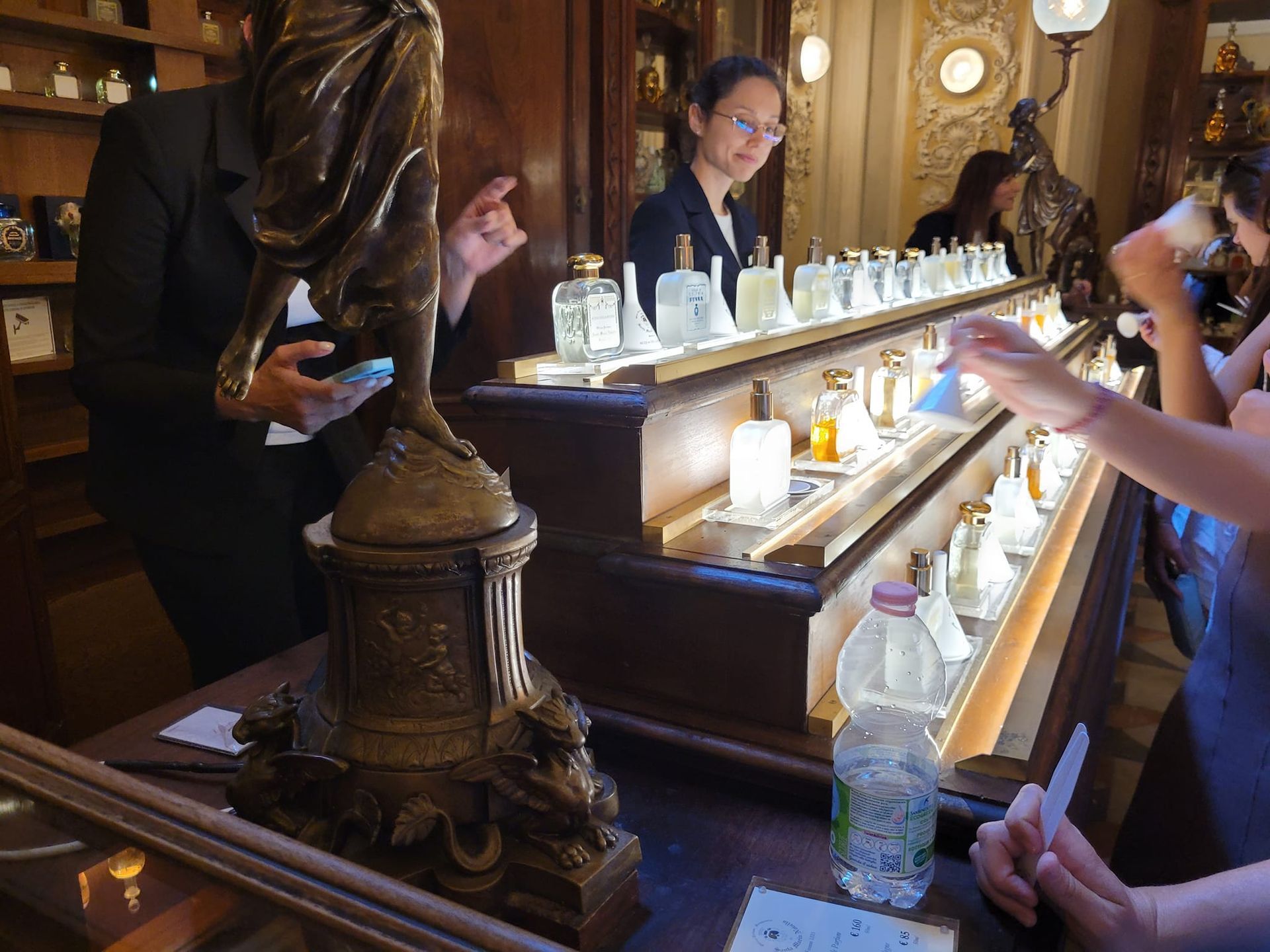
Titolo diapositiva
Scrivi qui la tua didascaliaPulsante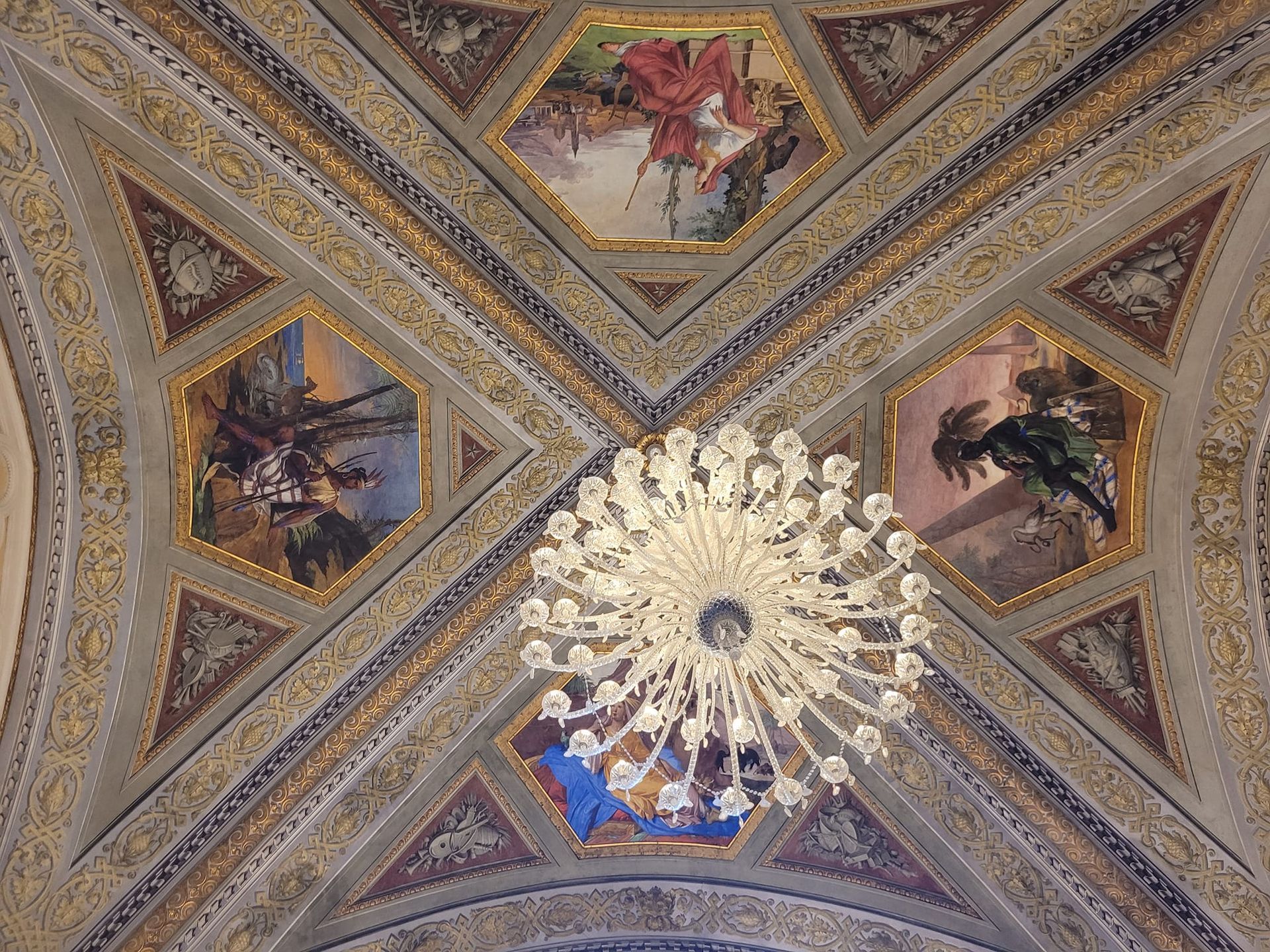
Titolo diapositiva
Scrivi qui la tua didascaliaPulsante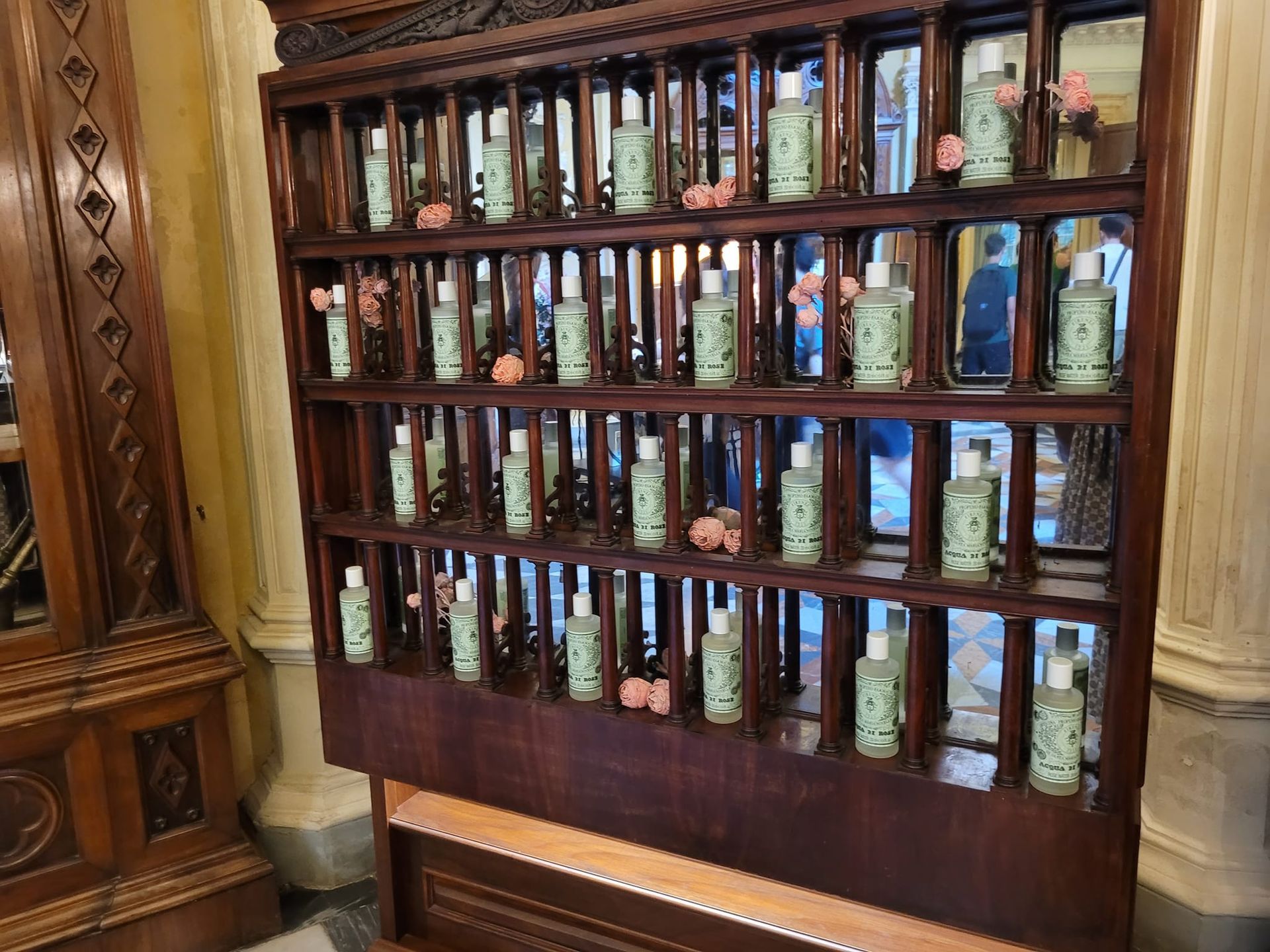
Titolo diapositiva
Scrivi qui la tua didascaliaPulsante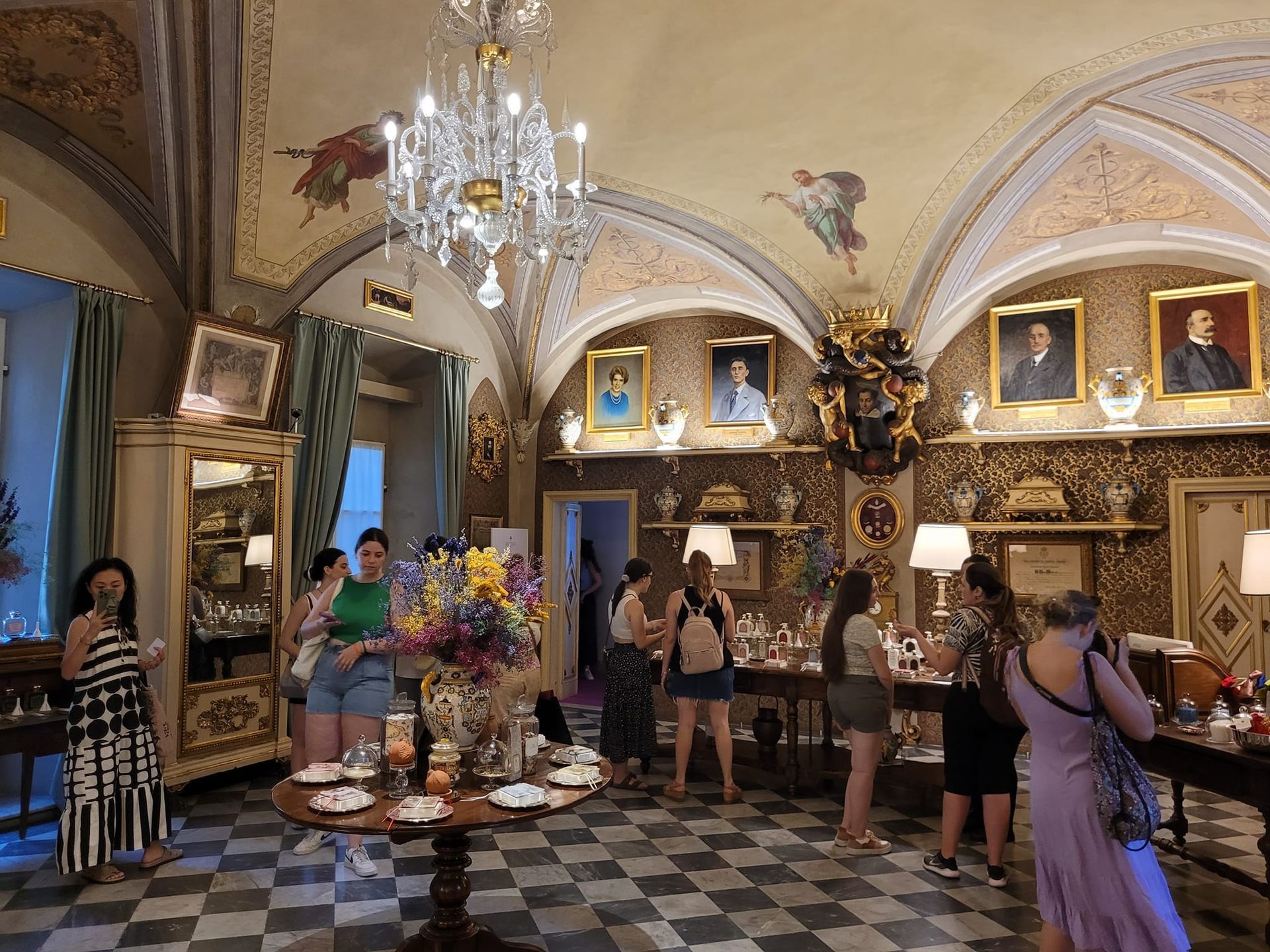
Titolo diapositiva
Scrivi qui la tua didascaliaPulsante
Titolo diapositiva
Scrivi qui la tua didascaliaPulsante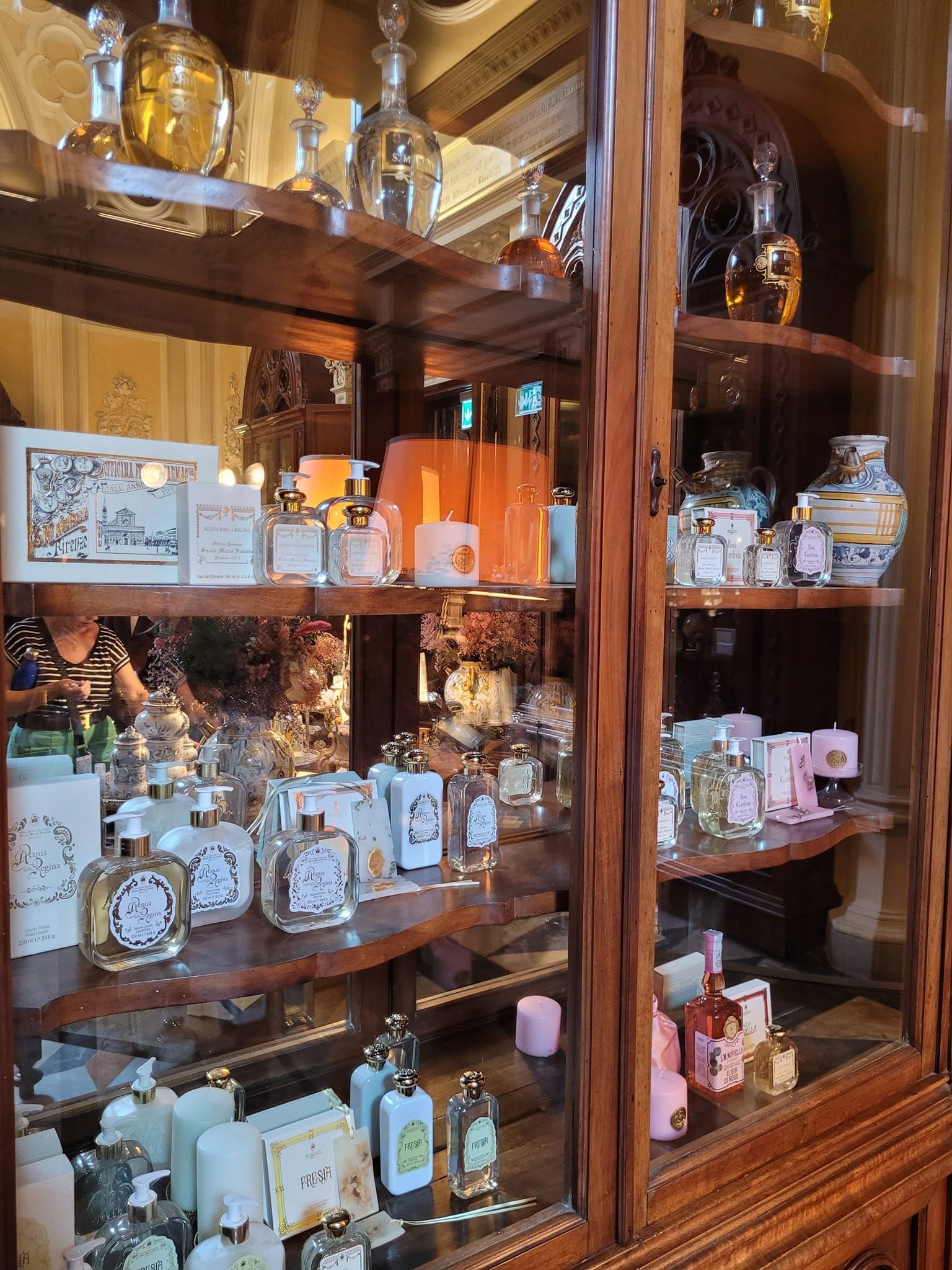
Titolo diapositiva
Scrivi qui la tua didascaliaPulsante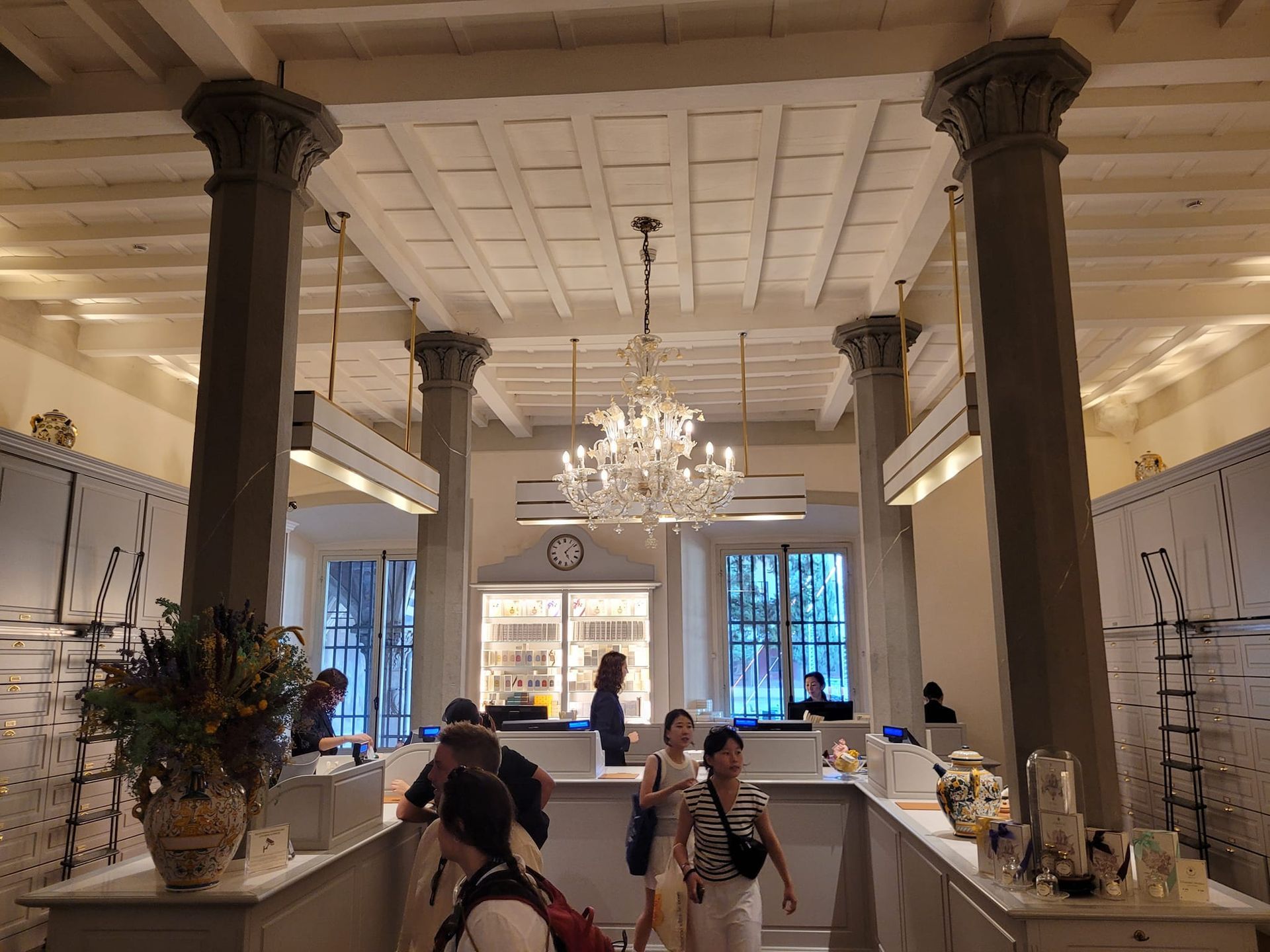
Titolo diapositiva
Scrivi qui la tua didascaliaPulsante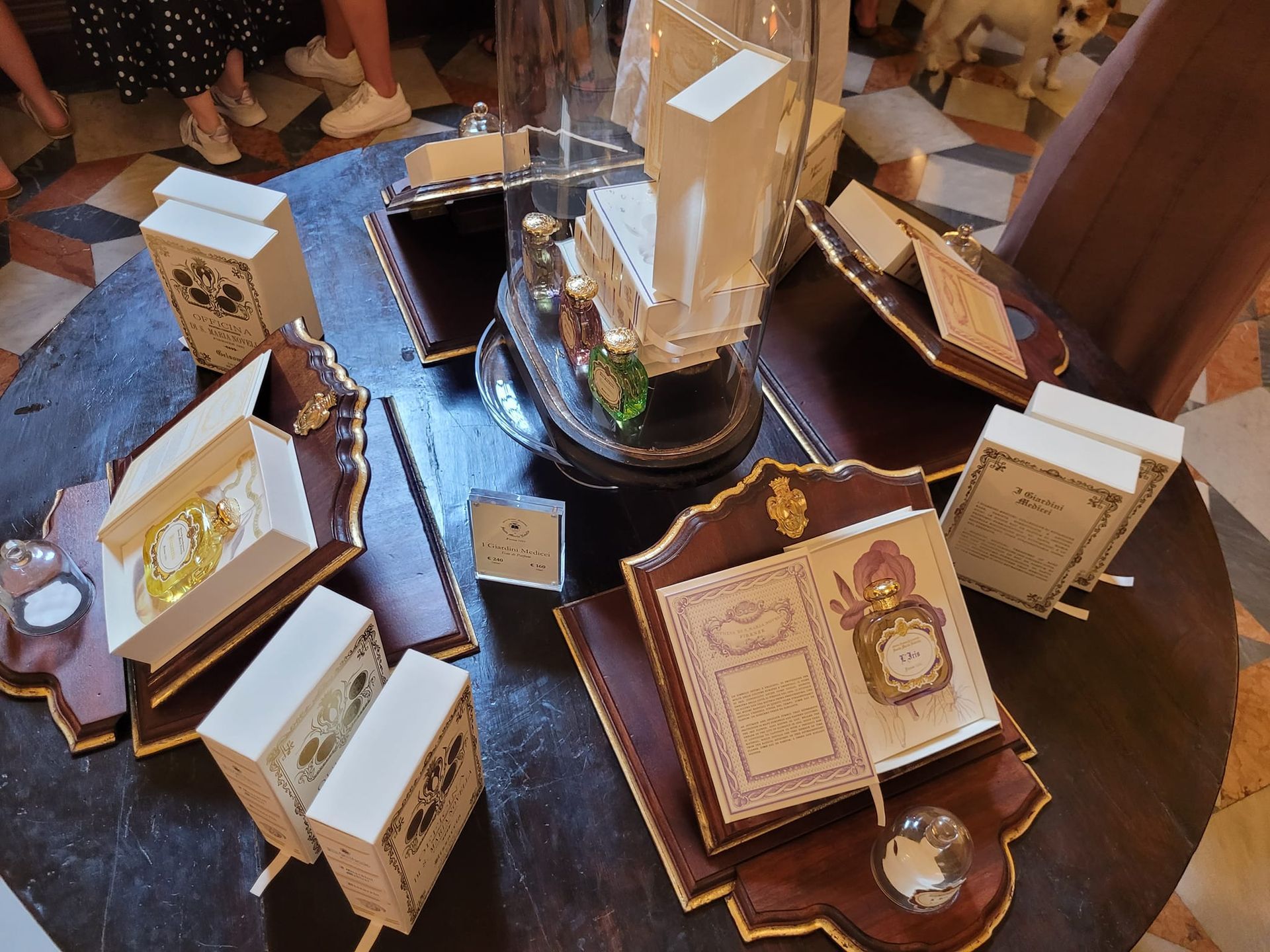
Titolo diapositiva
Scrivi qui la tua didascaliaPulsante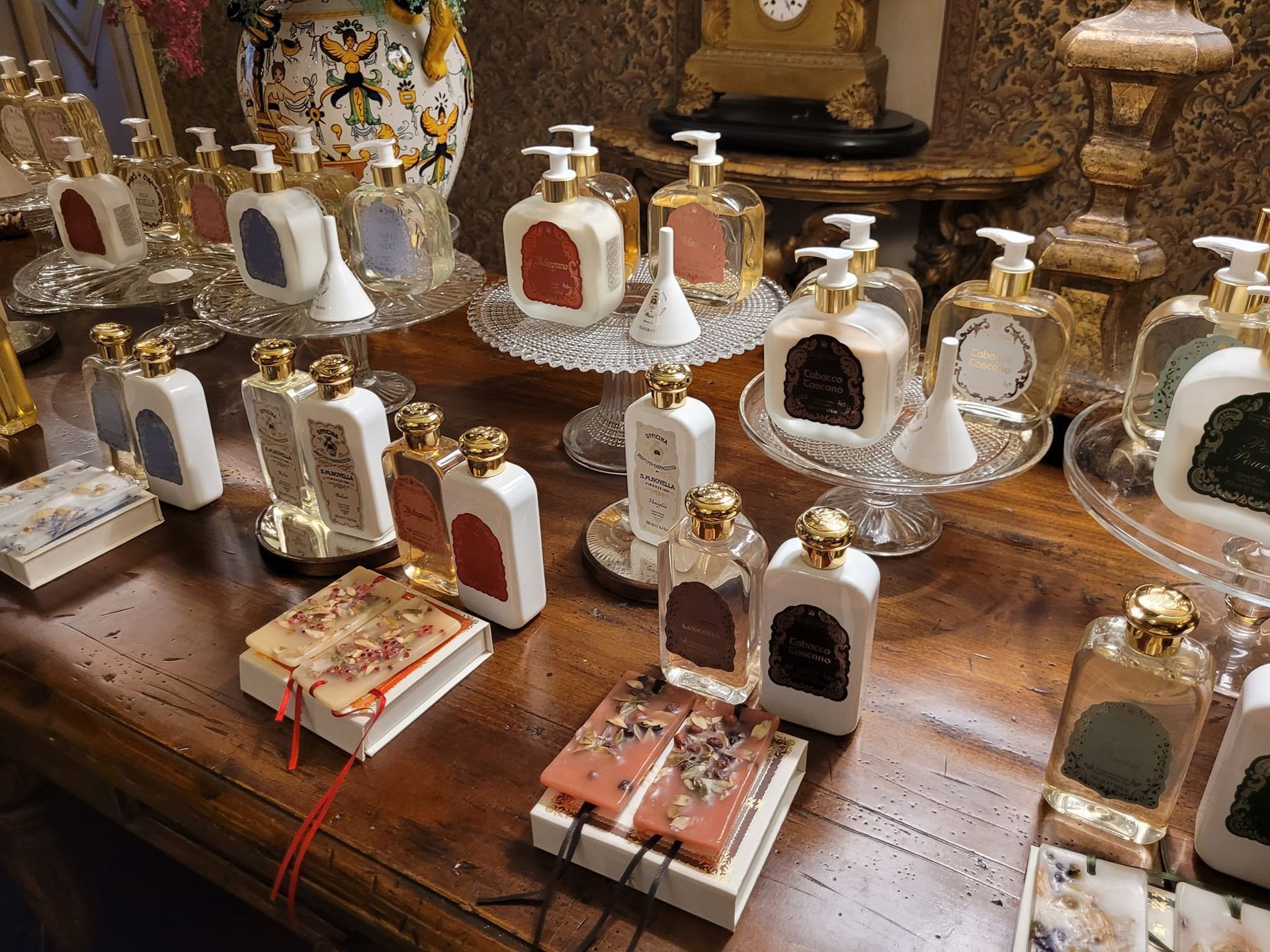
Titolo diapositiva
Scrivi qui la tua didascaliaPulsante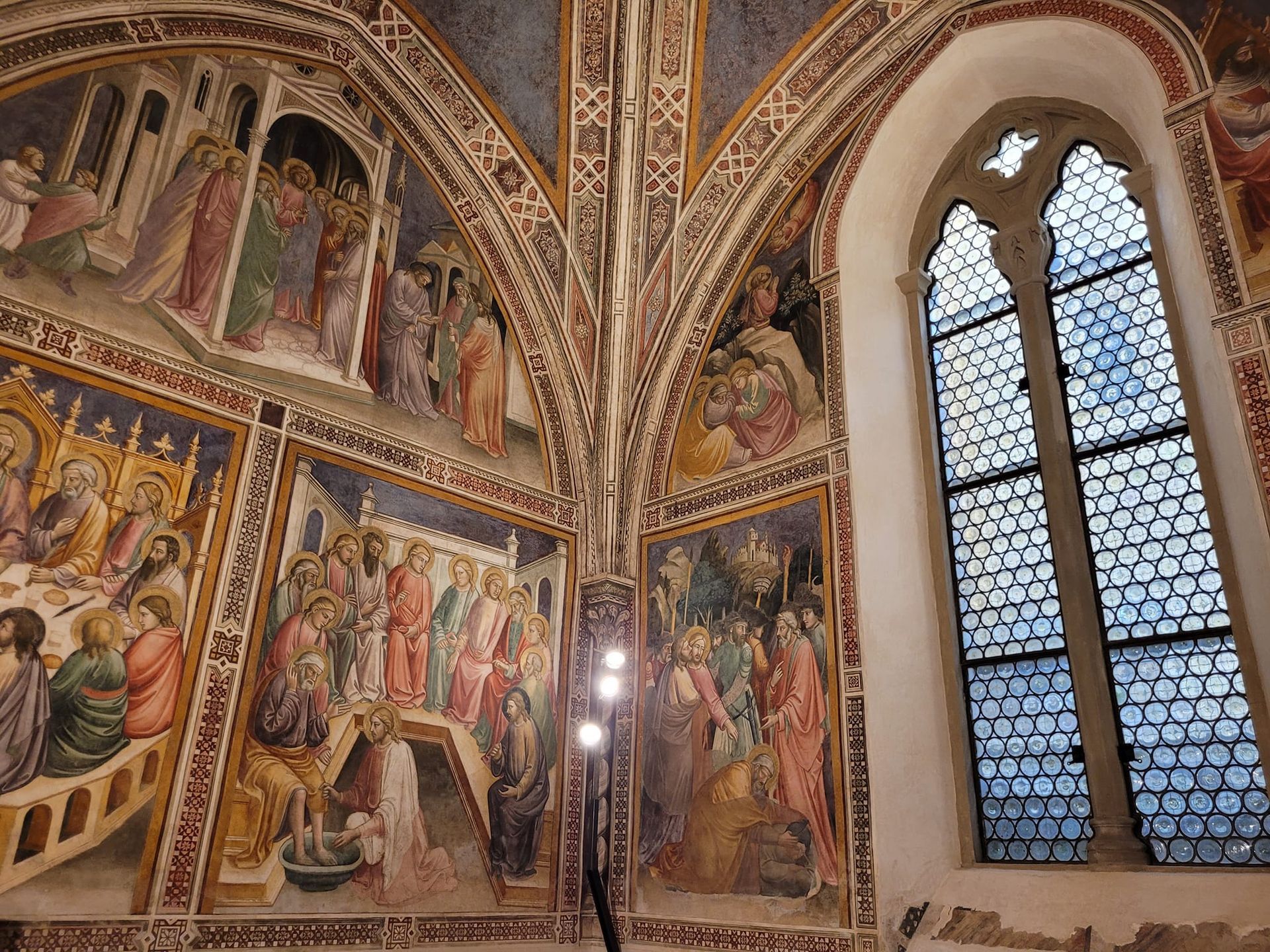
Titolo diapositiva
Scrivi qui la tua didascaliaPulsante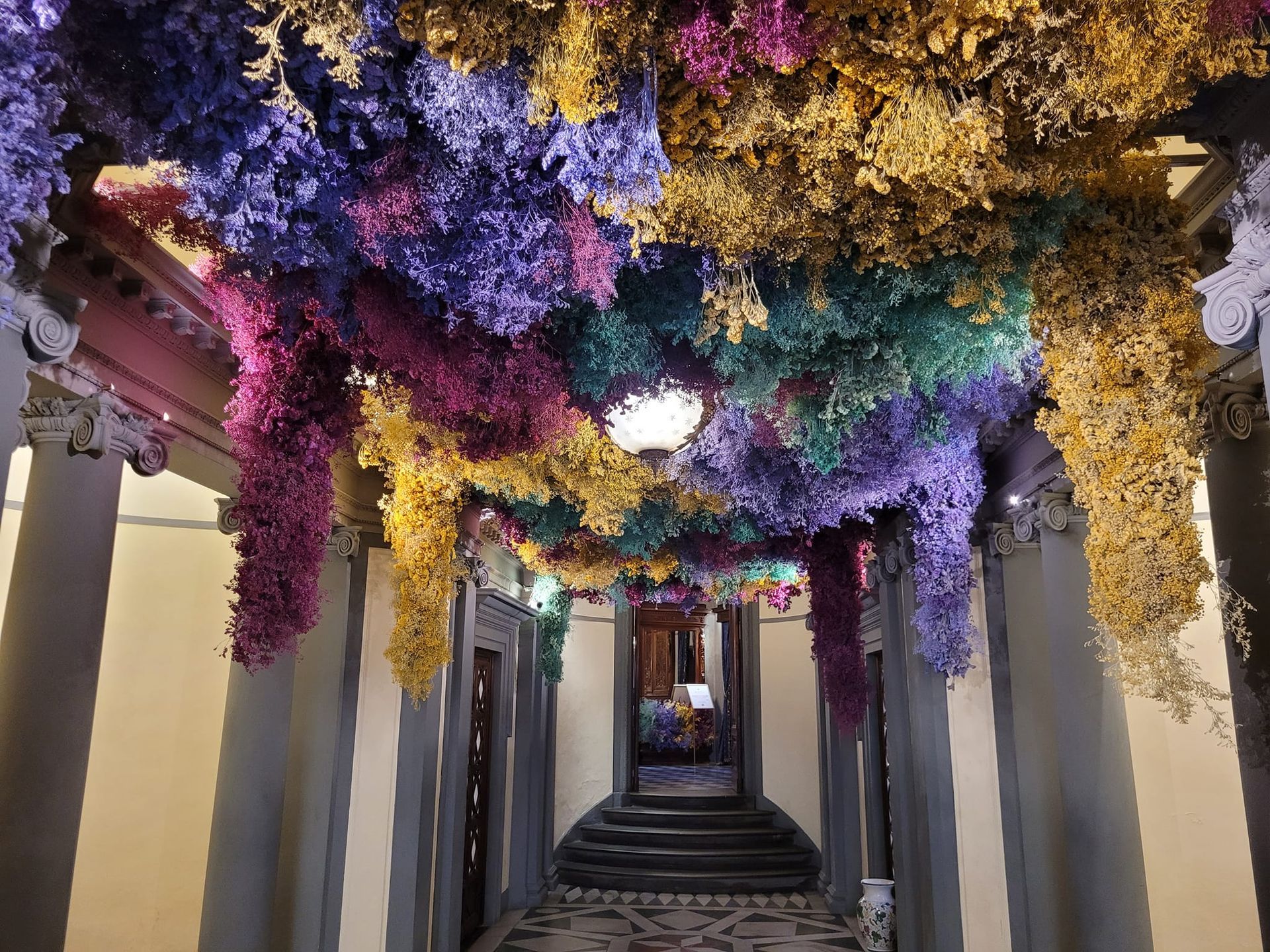
Titolo diapositiva
Scrivi qui la tua didascaliaPulsante
Titolo diapositiva
Scrivi qui la tua didascaliaPulsante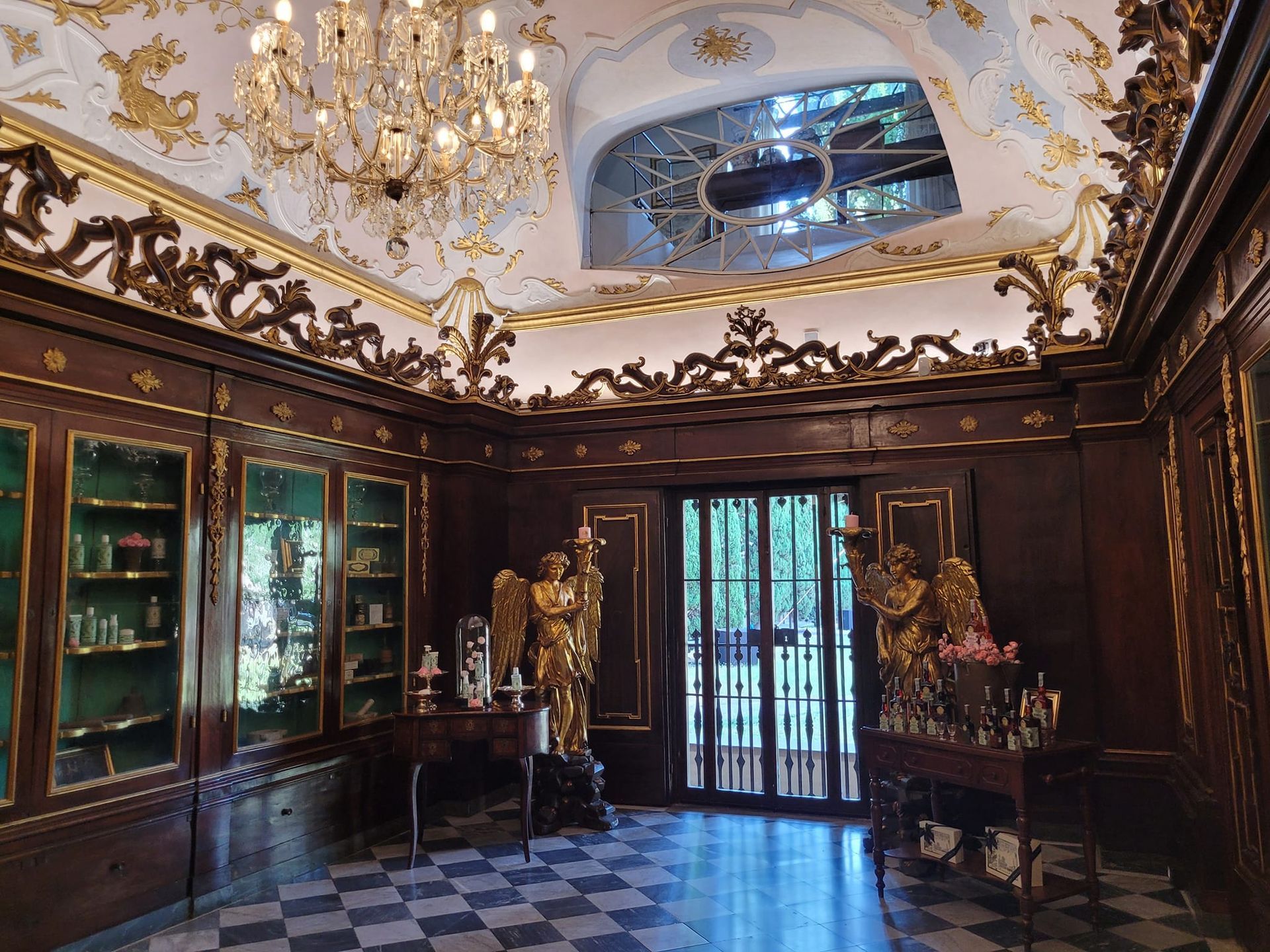
Titolo diapositiva
Scrivi qui la tua didascaliaPulsante
Titolo diapositiva
Scrivi qui la tua didascaliaPulsante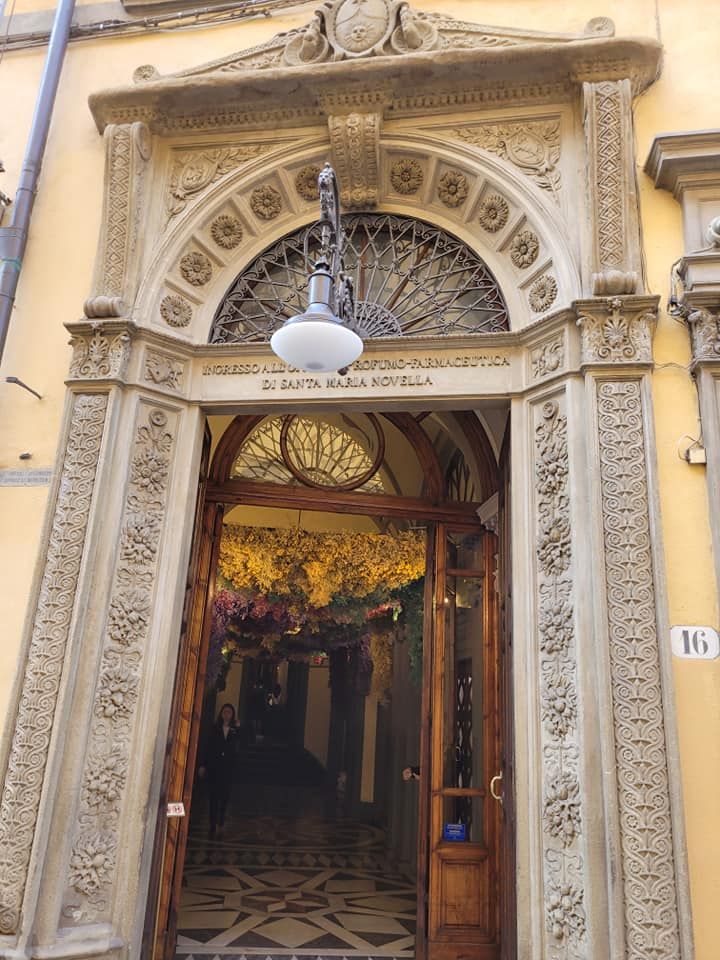
Titolo diapositiva
Scrivi qui la tua didascaliaPulsante
-
Officina Profumo Farmaceutica di Santa Maria Novella
Officina Profumo Farmaceutica di Santa Maria Novella
Via della Scala 16
Firenze
It is the oldest pharmacy in Europe, active for over four centuries, and one of the oldest commercial establishments in the world. It is one of those timeless places whose charm captivates visitors as soon as they enter. Located in Florence, in Via della Scala, it was part of the Santa Maria Novella convent complex. The origin of the Officina Profumo Farmaceutica di Santa Maria Novella dates back to 1221, although the first documentation related to the "production of aromas and perfumes" by the Dominican friars, who sold rosewater as a disinfectant during epidemics, dates back to 1381. Over the centuries, their expertise in pharmacopeia and natural preparations expanded to include cosmetics, fragrances, and wellness products.
The pharmacy officially opened to the public in 1612, and soon its fame spread throughout Europe. In the 18th century, the products of the Officina were even exported to the Indies and China. Despite the suppressions of the convent in the 19th century, the Officina survived and remained active. In 1866, it became municipal property and was leased by Cesare Augusto Stefani, whose heirs still manage the business today. The Officina Profumo Farmaceutica di Santa Maria Novella is not only a thriving producer of perfumes, essences, ointments, soaps, and other products, following the ancient formulas of the monks and distributed in selected retail locations worldwide, but it is also a historical museum that preserves intact 17th-century furniture, scientific instruments such as scales, thermometers, and measuring cups, as well as pharmacy jars.
The ancient "spezieria," now a perfumery rather than a pharmacy, houses a scenic sales hall that was originally a chapel dedicated to Saint Nicholas. It was donated in 1335 by the Acciaiuoli family to the friars and was transformed into its current appearance in 1848, preserving the ancient vaulted ceiling and incorporating the personifications of the four continents in the lunettes, celebrating the grandeur of pharmacies around the world.
The Antica Spezieria room preserves simple and robust 17th-century cabinets with display cases and shelves, a long sales counter, and stucco ceiling decorations. The display cases in this room also house some copies of the tall and spiral thermometers from the Accademia del Cimento, whose originals are preserved in the Museum of the History of Science. Adjacent to the Spezieria are the large cellars where the products have been stored for centuries. From there, you can also access the herbal tea room and the ancient distillery, which overlook the herb garden where the friars cultivated "magical" herbs.
The oldest fragrance of the Officina Profumo Farmaceutica di Santa Maria Novella is the Acqua della Regina (Queen Water), or Acqua di S.M. Novella. It has a fresh and citrus bouquet. It is said that the Acqua di Santa Maria Novella, or Acqua della Regina, was born as a tribute to the moment when, in 1533, a young Catherine de' Medici left Florence to marry the future King of France. Among her entourage, including pages, guards, and ladies, she also wanted a perfumer. His name was Renato Bianco, who became René le Florentin in Paris, and thus, the noble art of perfume spread from the ancient wisdom of Florentine perfumers to the world.
Free entrance
18/2/2025
Officina Profumo Farmaceutica di Santa Maria Novella

Titolo diapositiva
Scrivi qui la tua didascaliaPulsante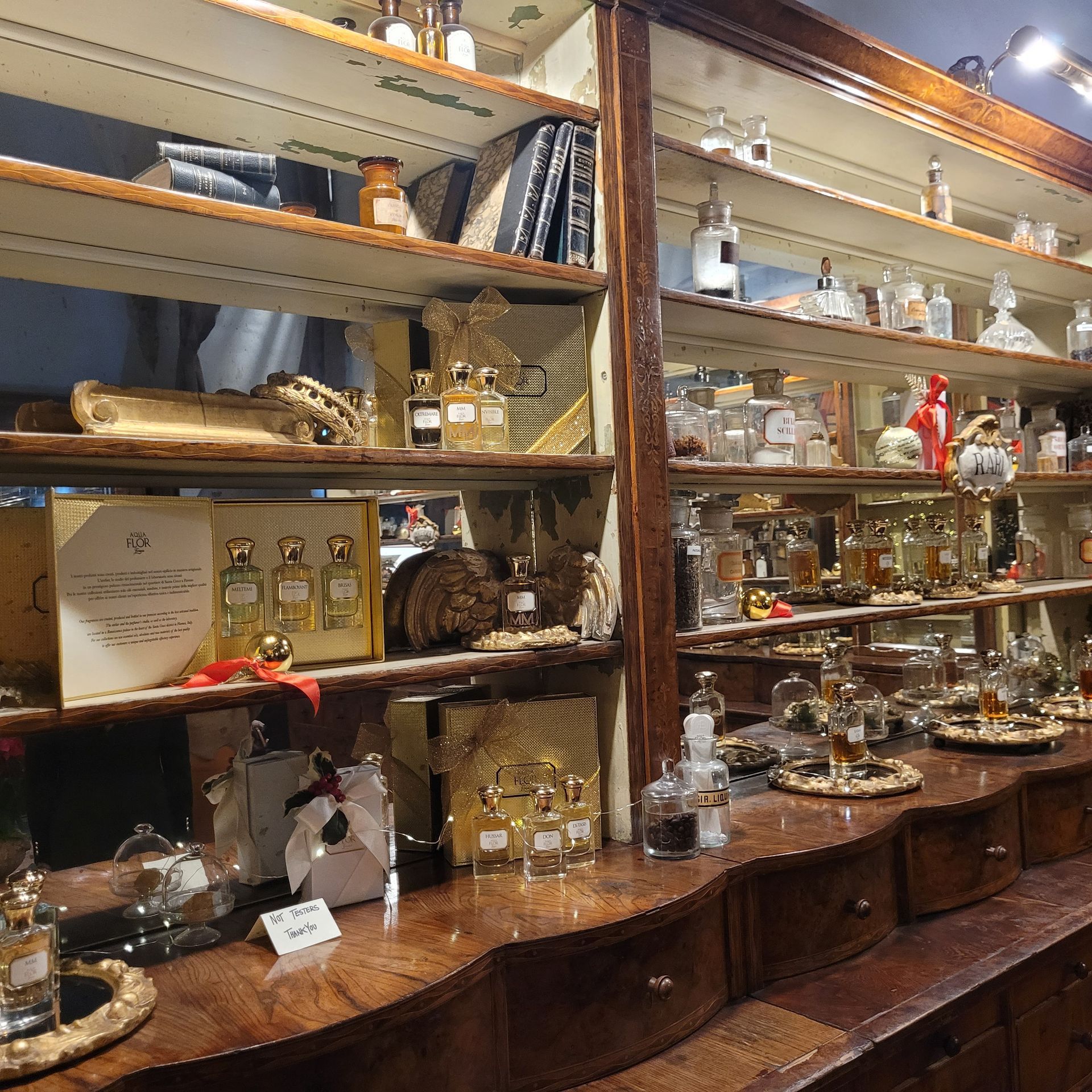
Titolo diapositiva
Scrivi qui la tua didascaliaPulsante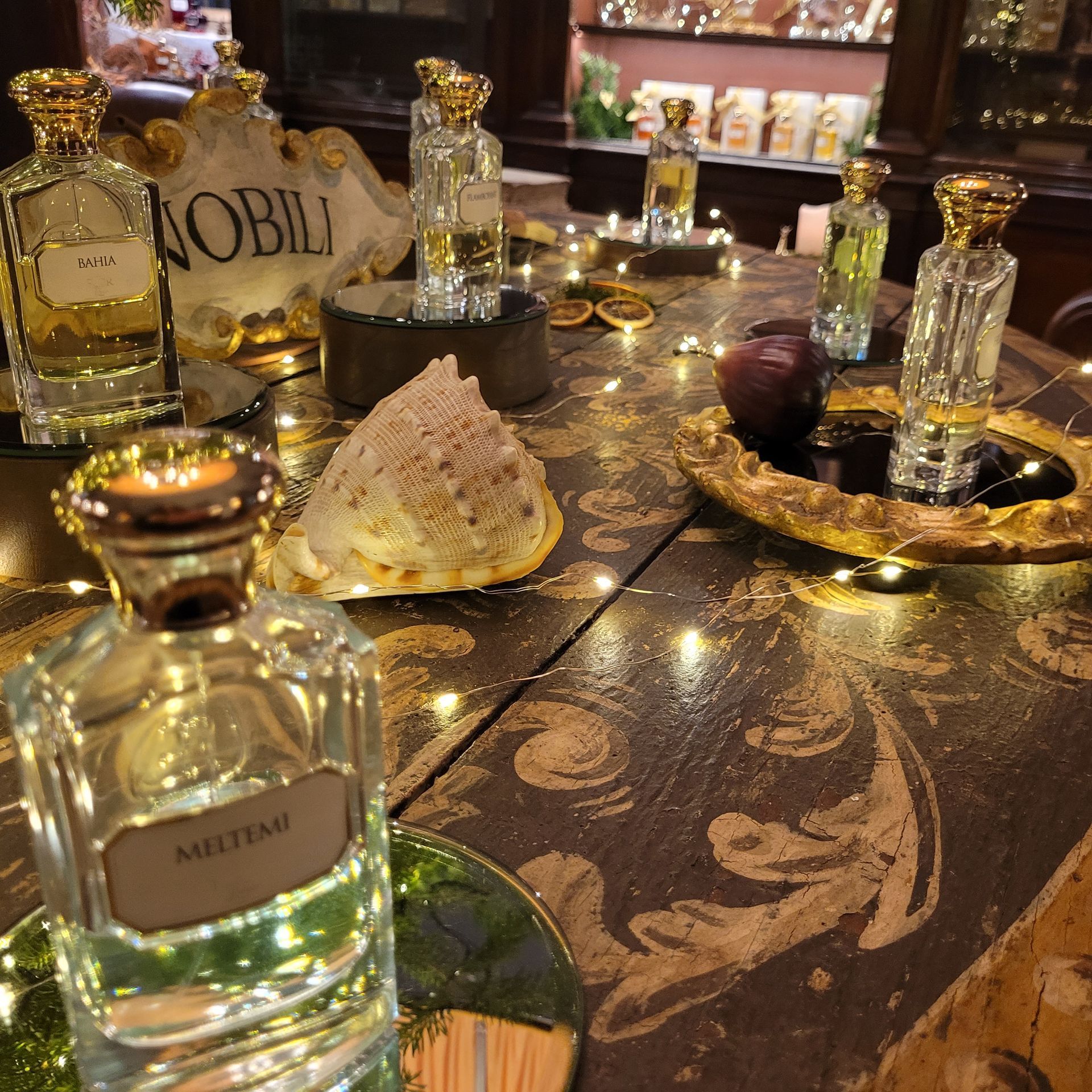
Titolo diapositiva
Scrivi qui la tua didascaliaPulsante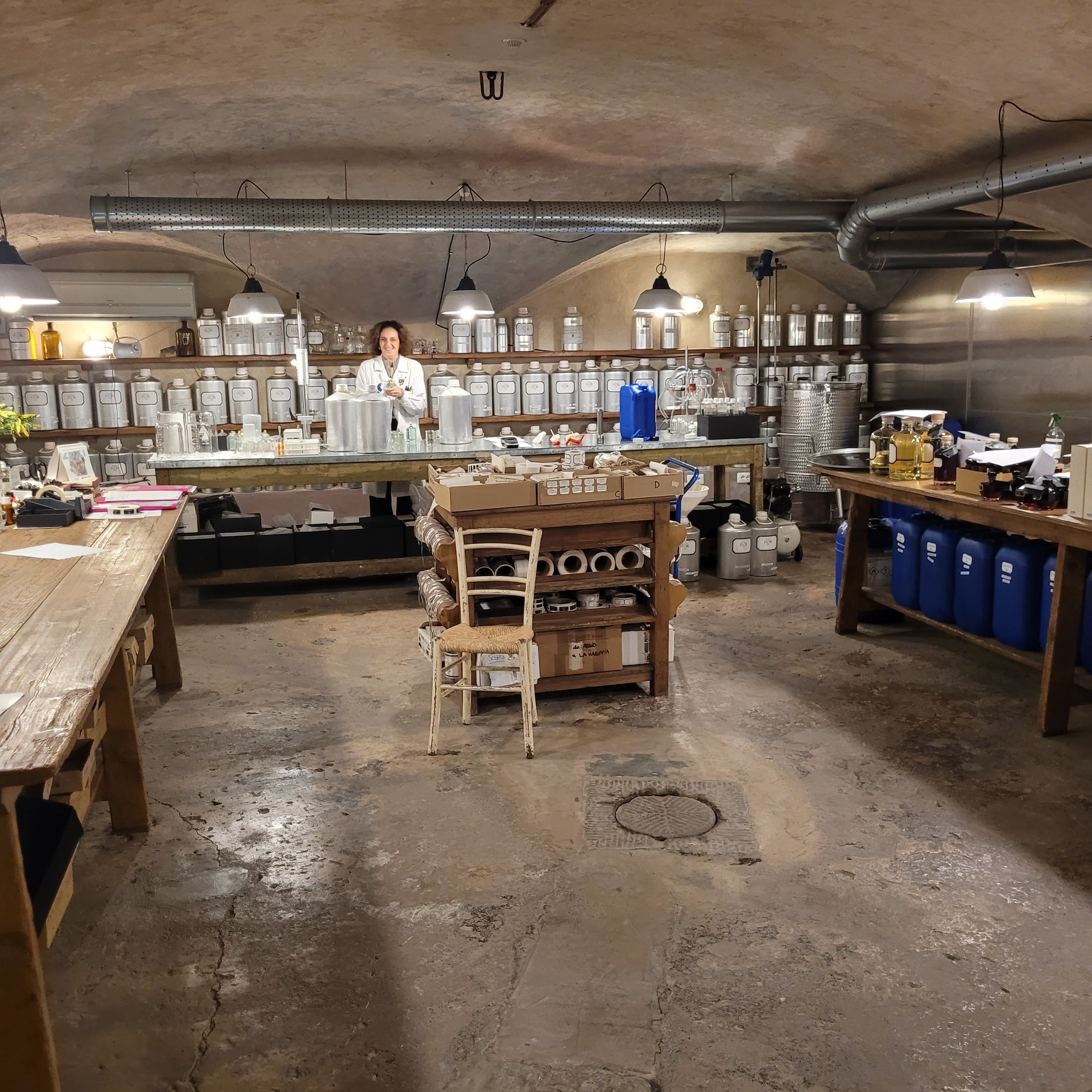
Titolo diapositiva
Scrivi qui la tua didascaliaPulsante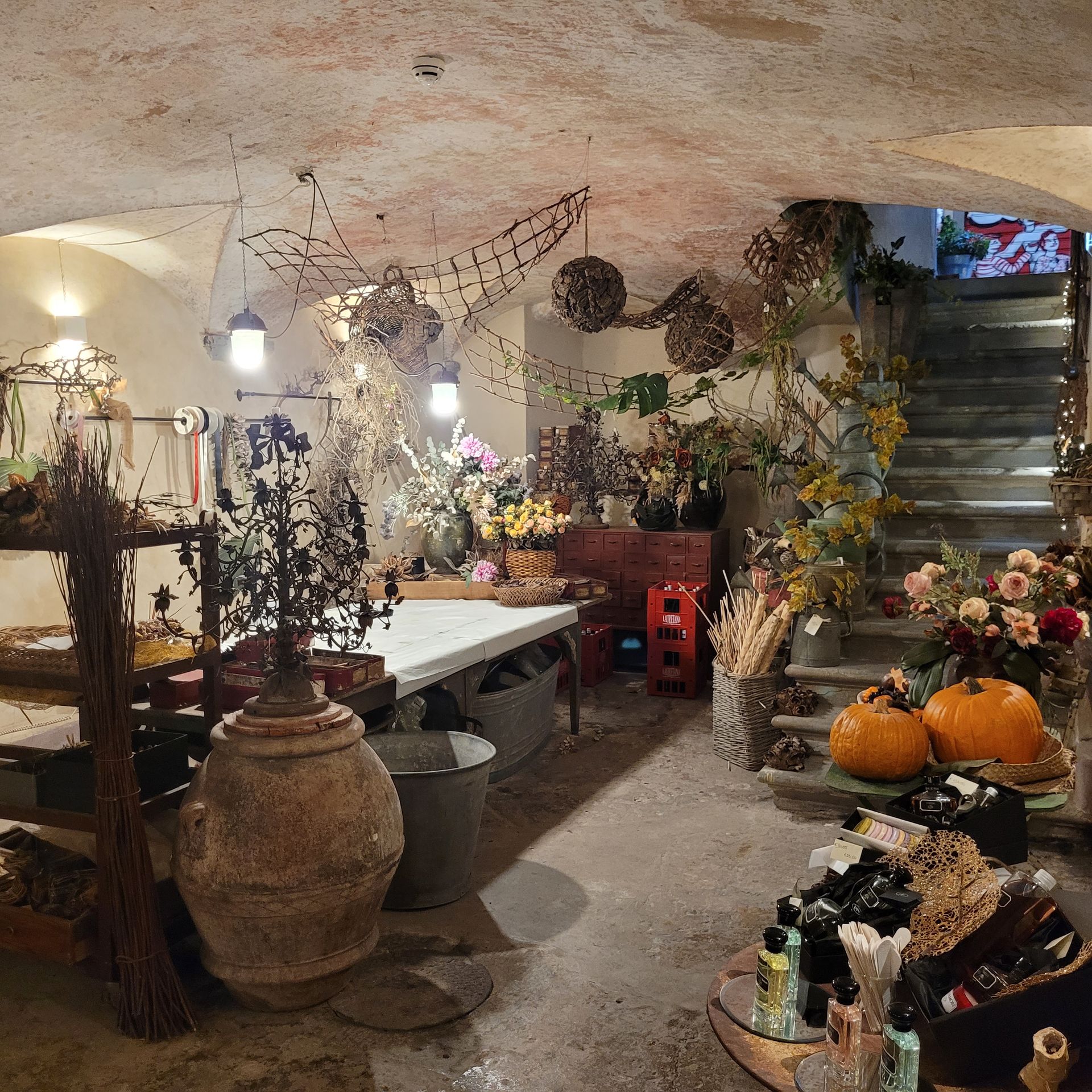
Titolo diapositiva
Scrivi qui la tua didascaliaPulsante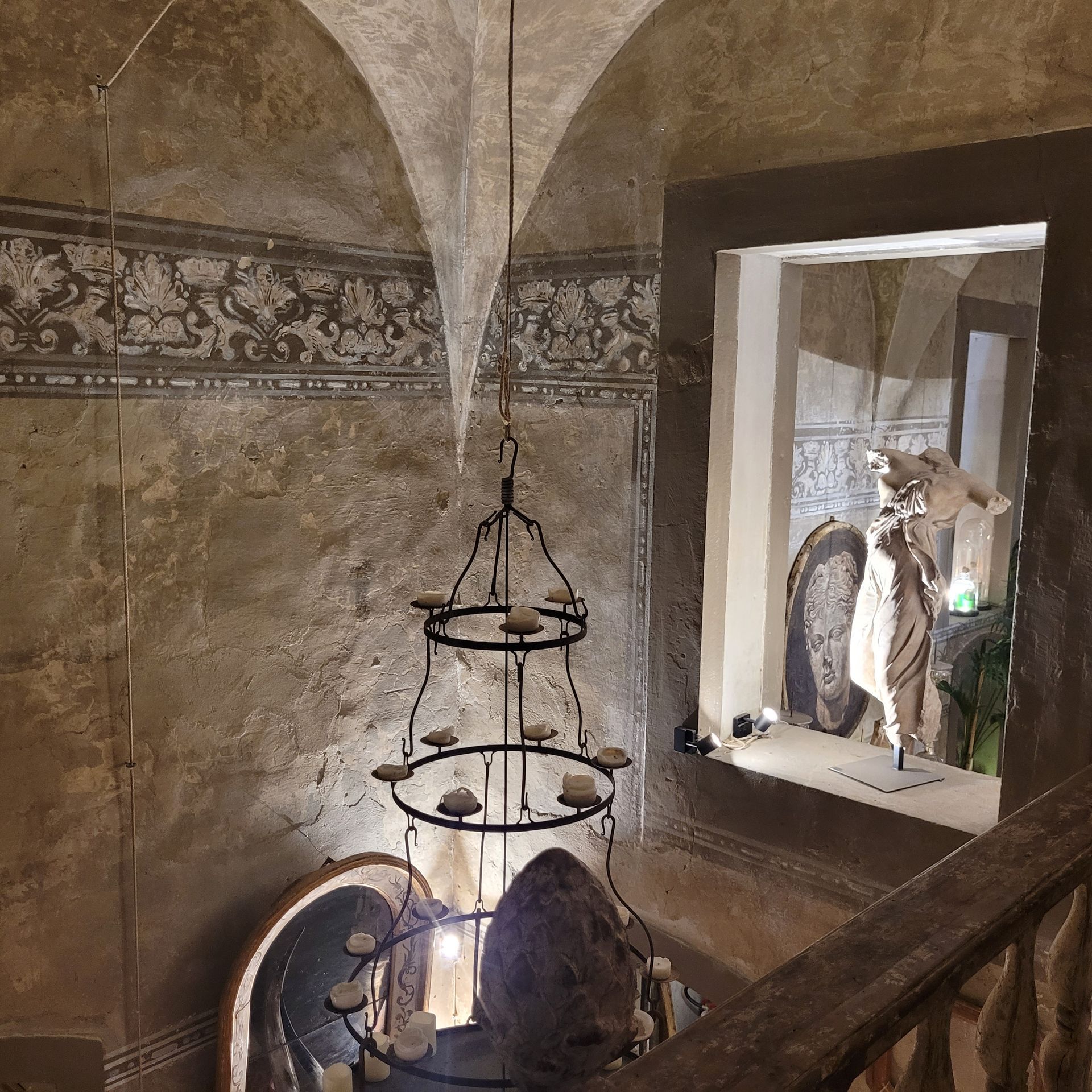
Titolo diapositiva
Scrivi qui la tua didascaliaPulsante
Titolo diapositiva
Scrivi qui la tua didascaliaPulsante
Titolo diapositiva
Scrivi qui la tua didascaliaPulsante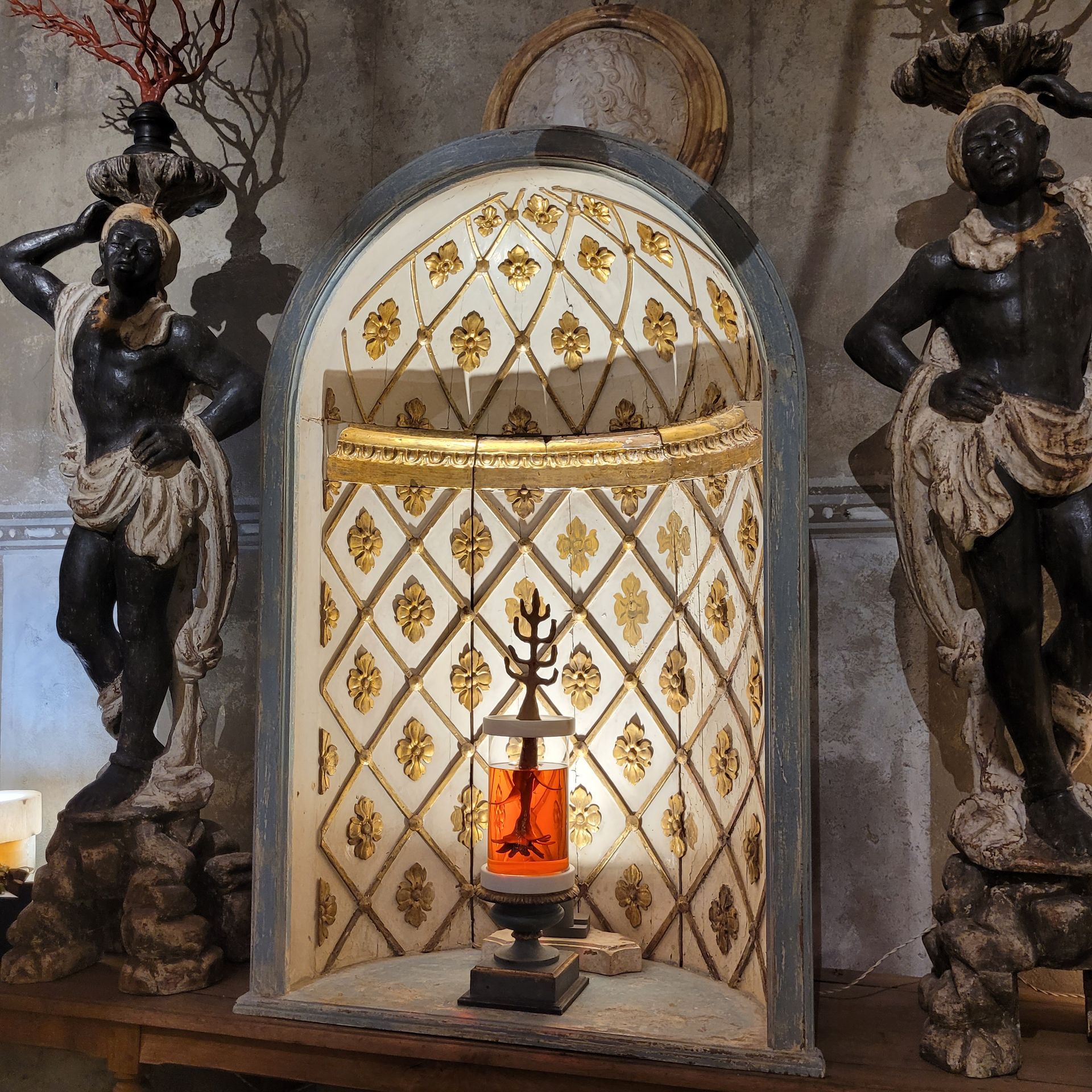
Titolo diapositiva
Scrivi qui la tua didascaliaPulsante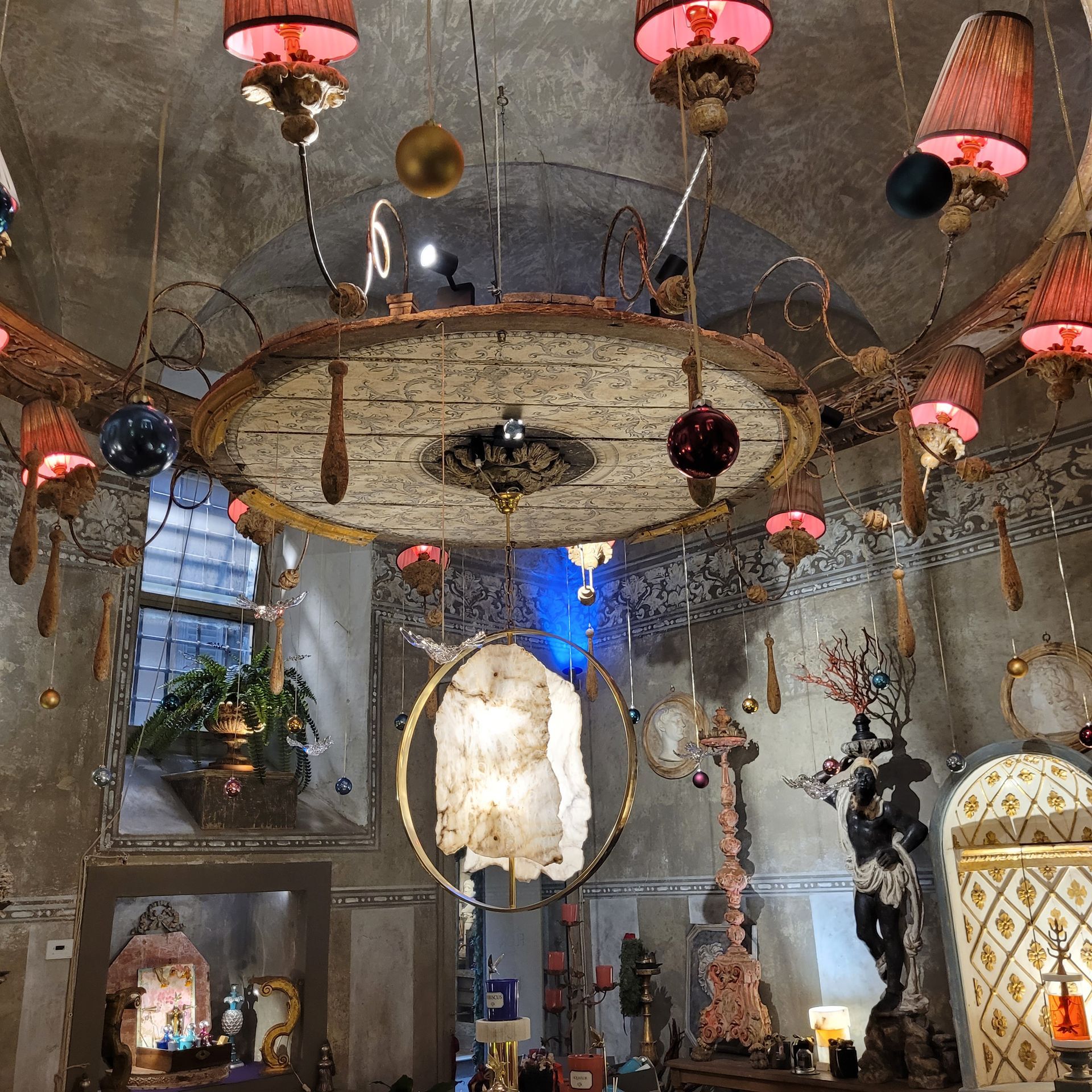
Titolo diapositiva
Scrivi qui la tua didascaliaPulsante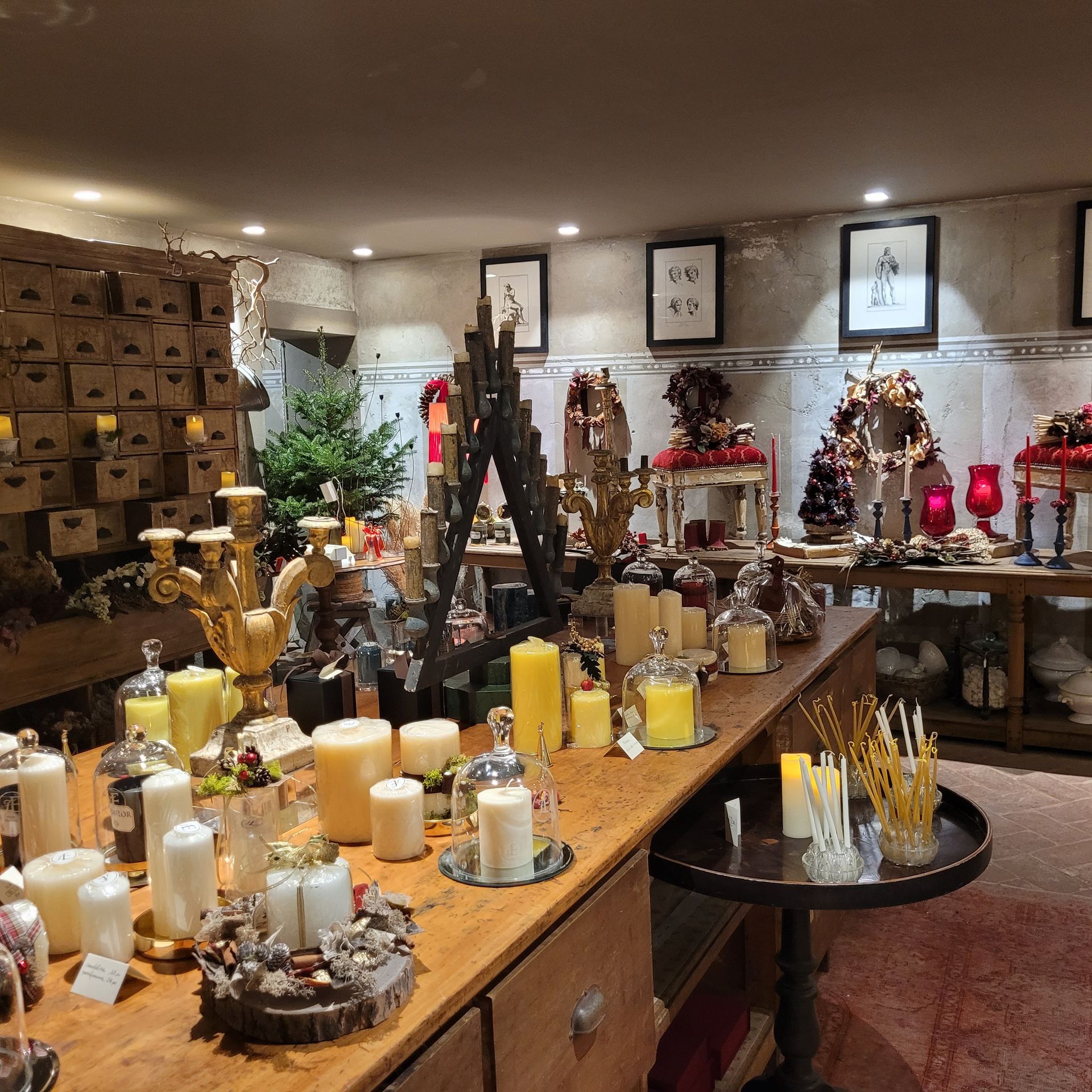
Titolo diapositiva
Scrivi qui la tua didascaliaPulsante
Titolo diapositiva
Scrivi qui la tua didascaliaPulsante
Titolo diapositiva
Scrivi qui la tua didascaliaPulsante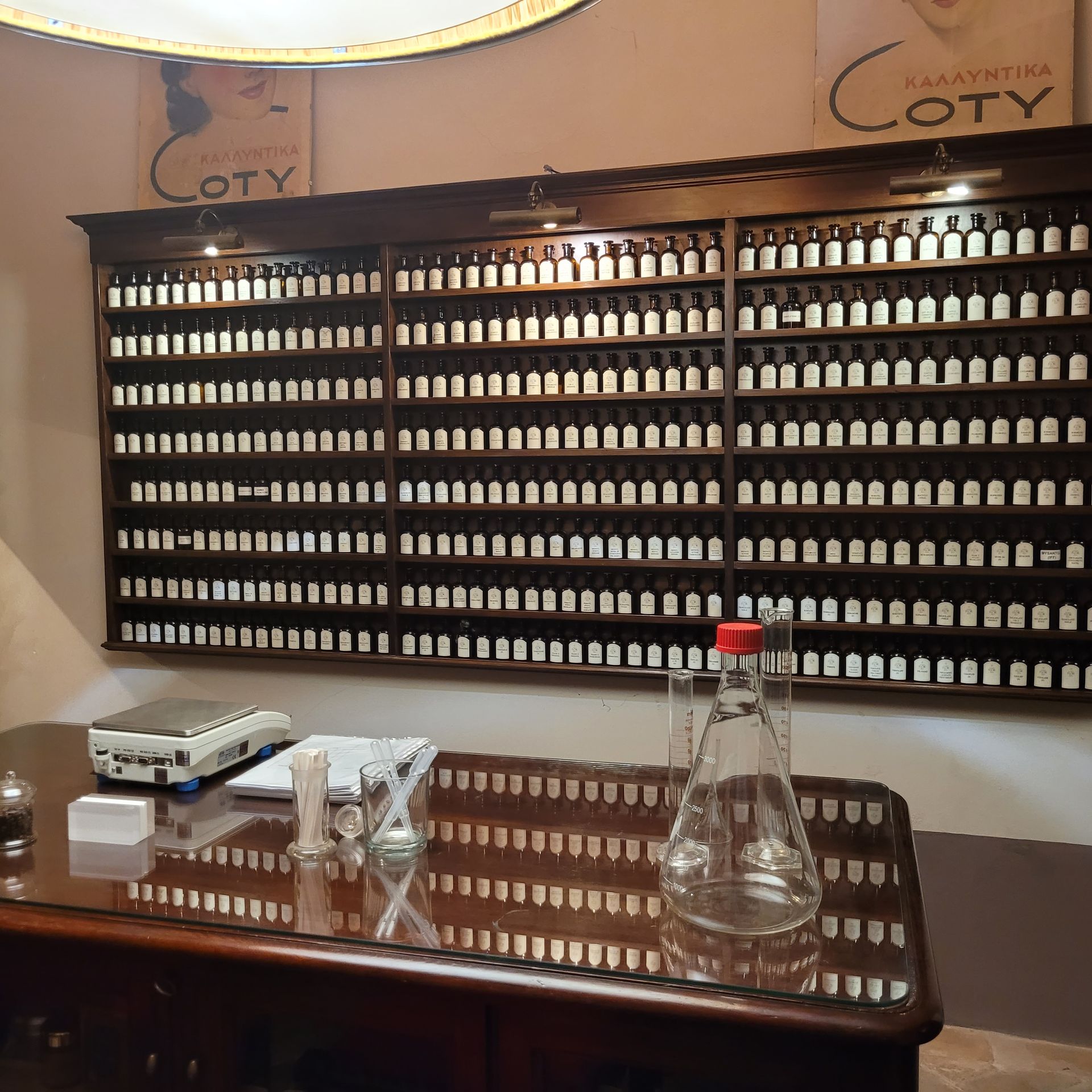
Titolo diapositiva
Scrivi qui la tua didascaliaPulsante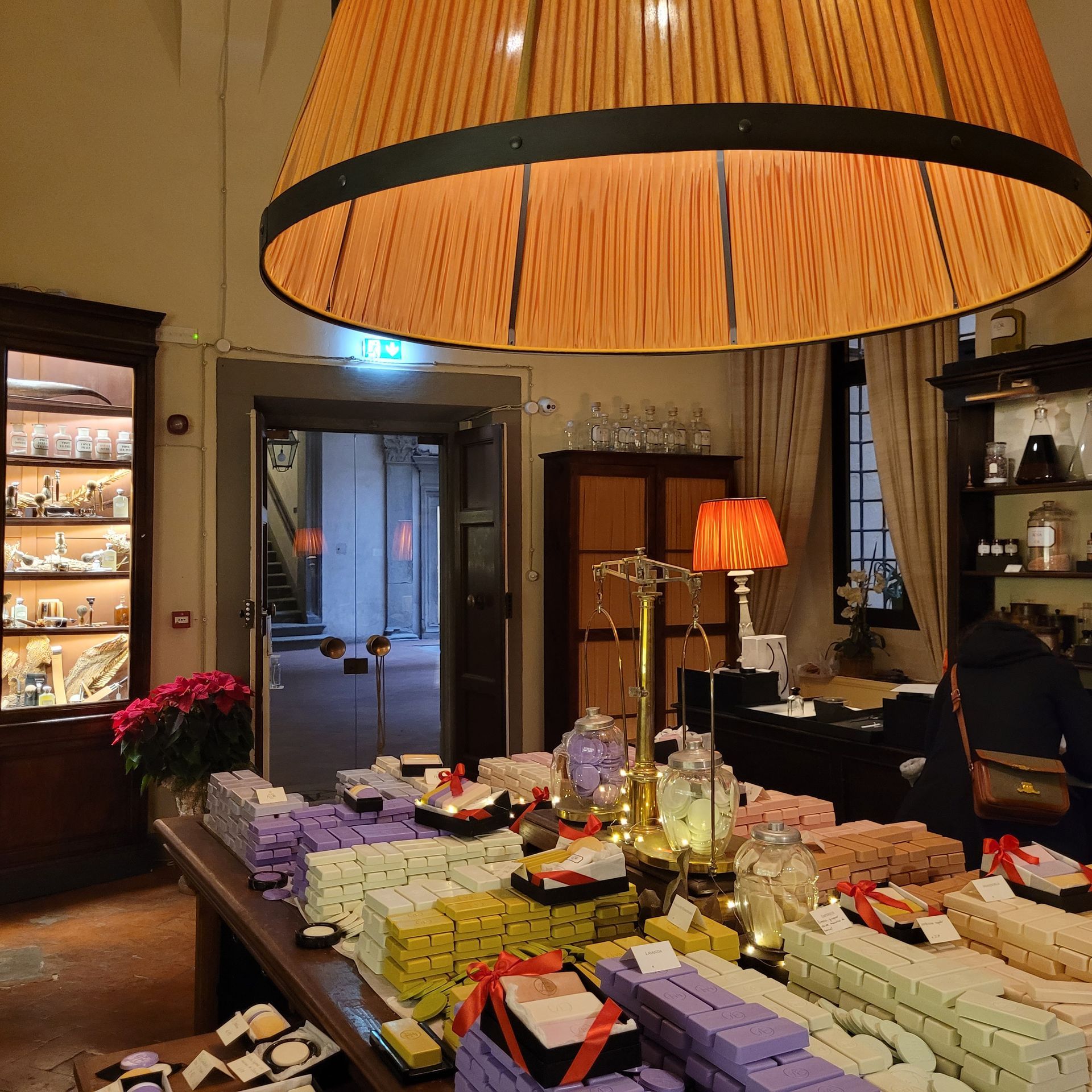
Titolo diapositiva
Scrivi qui la tua didascaliaPulsante
Titolo diapositiva
Scrivi qui la tua didascaliaPulsante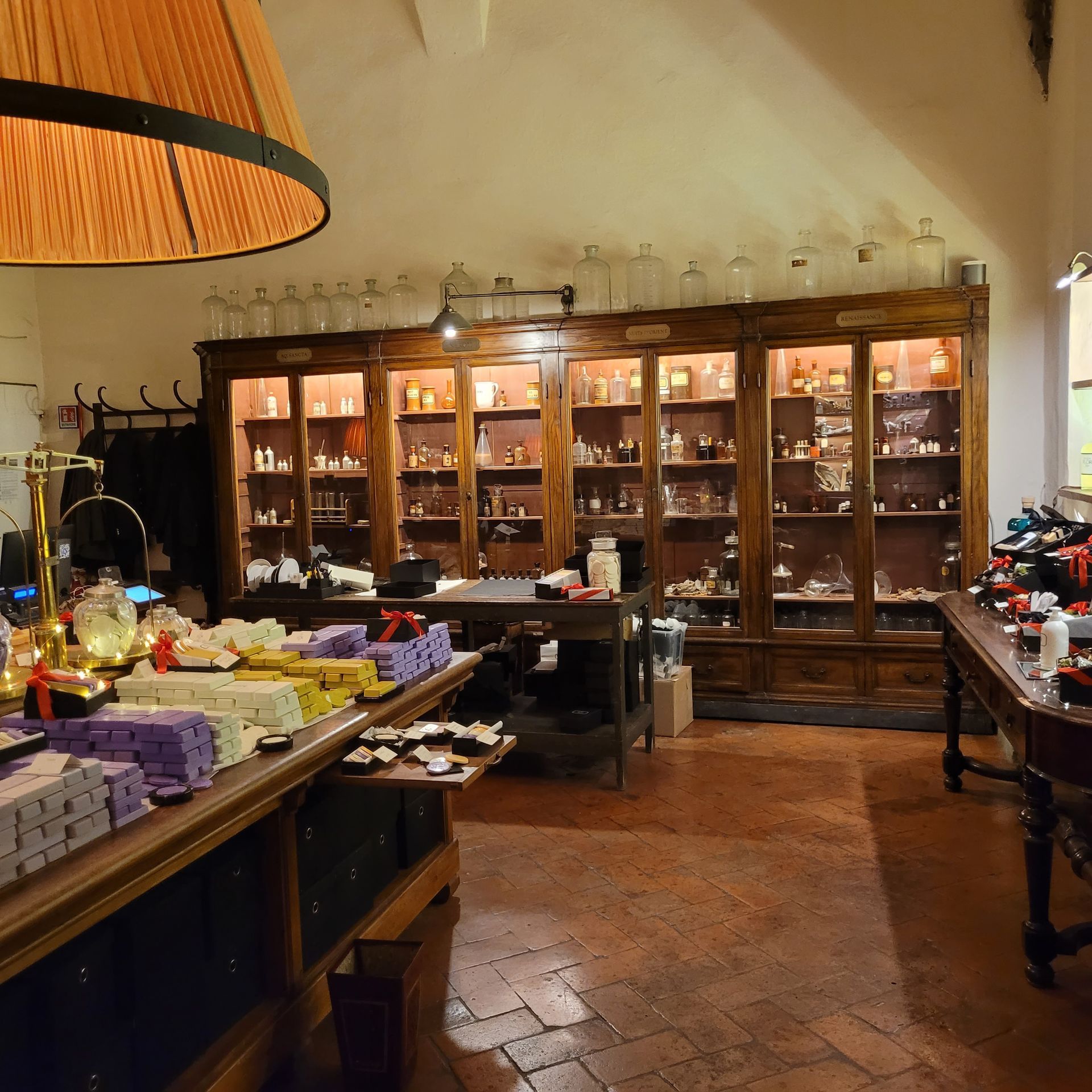
Titolo diapositiva
Scrivi qui la tua didascaliaPulsante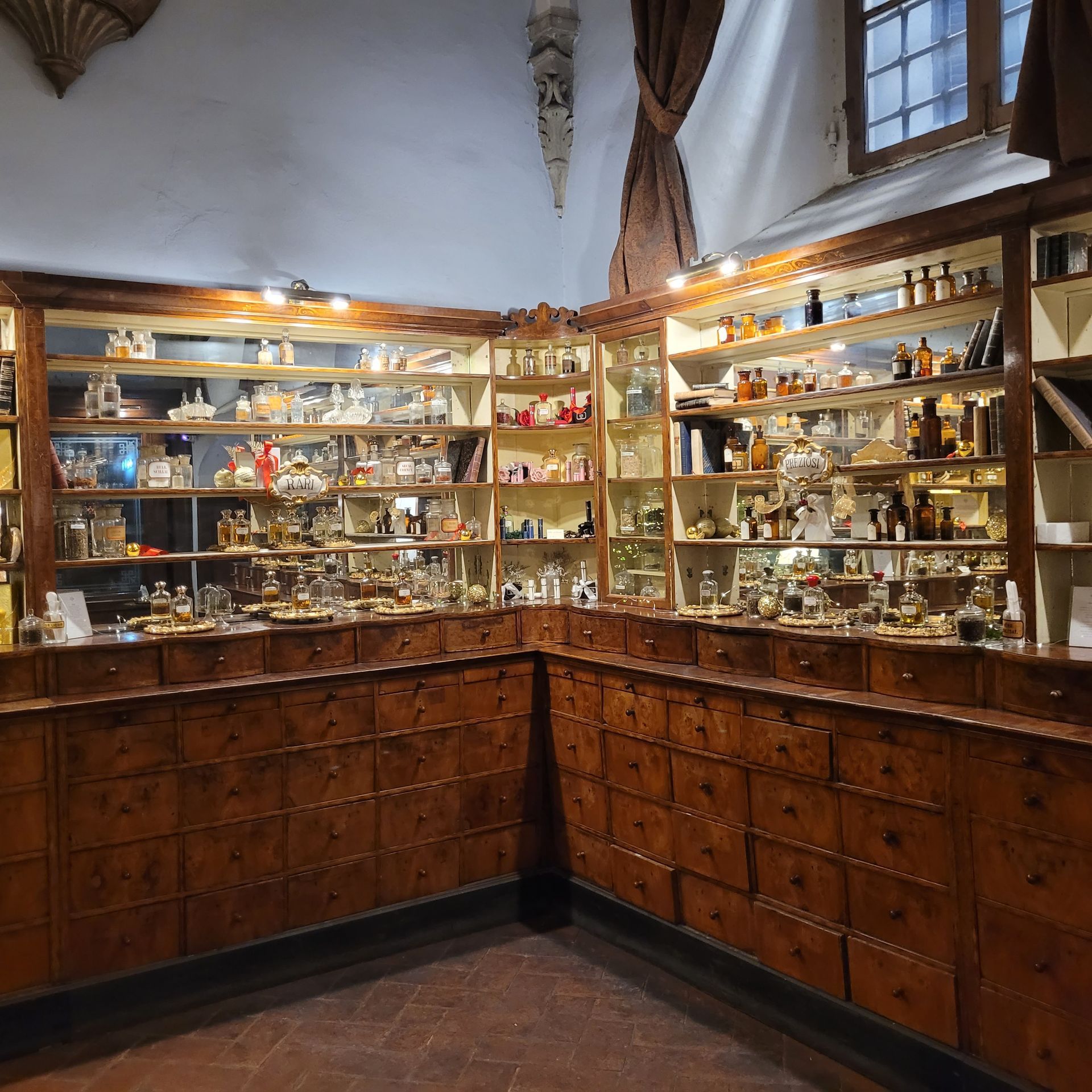
Titolo diapositiva
Scrivi qui la tua didascaliaPulsante
Titolo diapositiva
Scrivi qui la tua didascaliaPulsante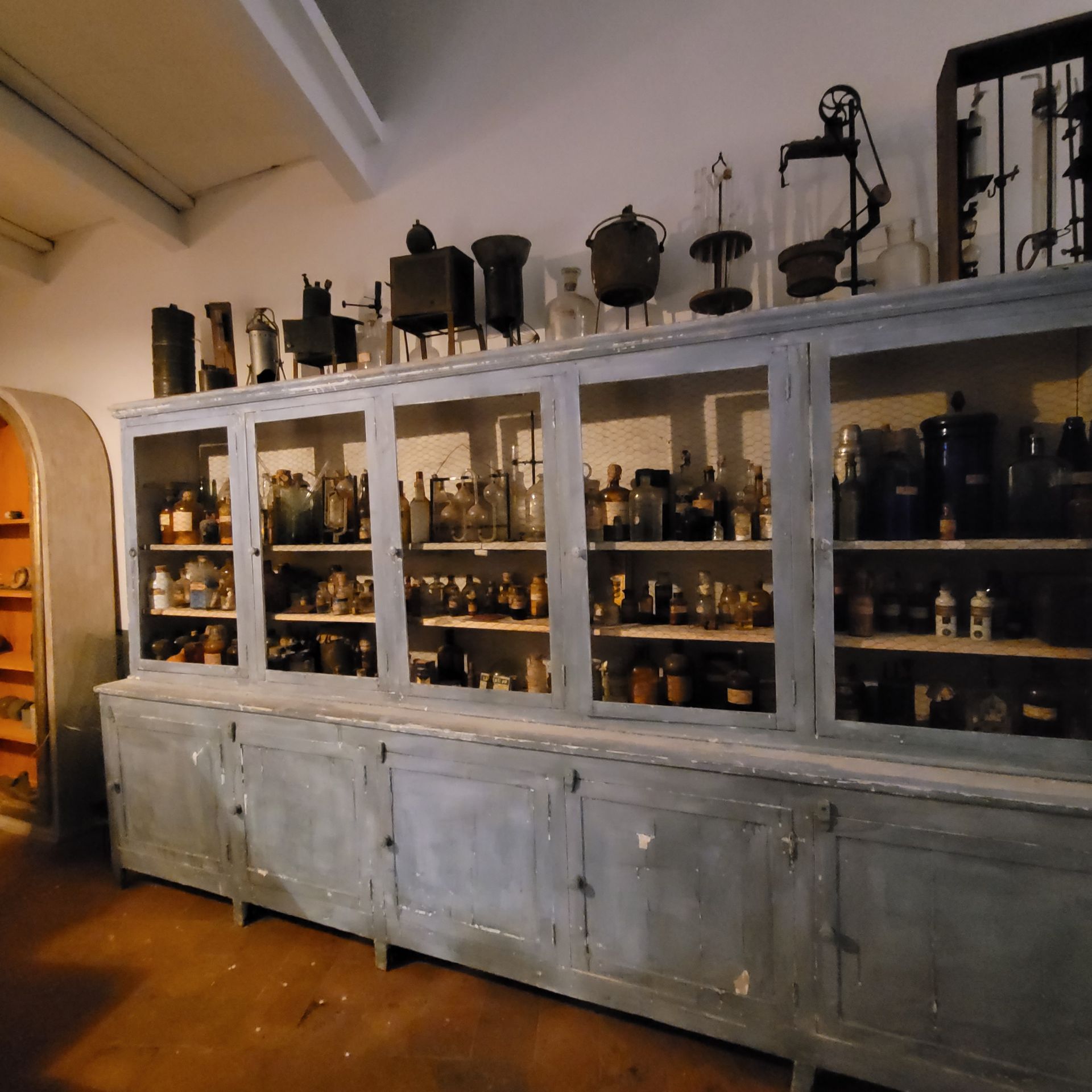
Titolo diapositiva
Scrivi qui la tua didascaliaPulsante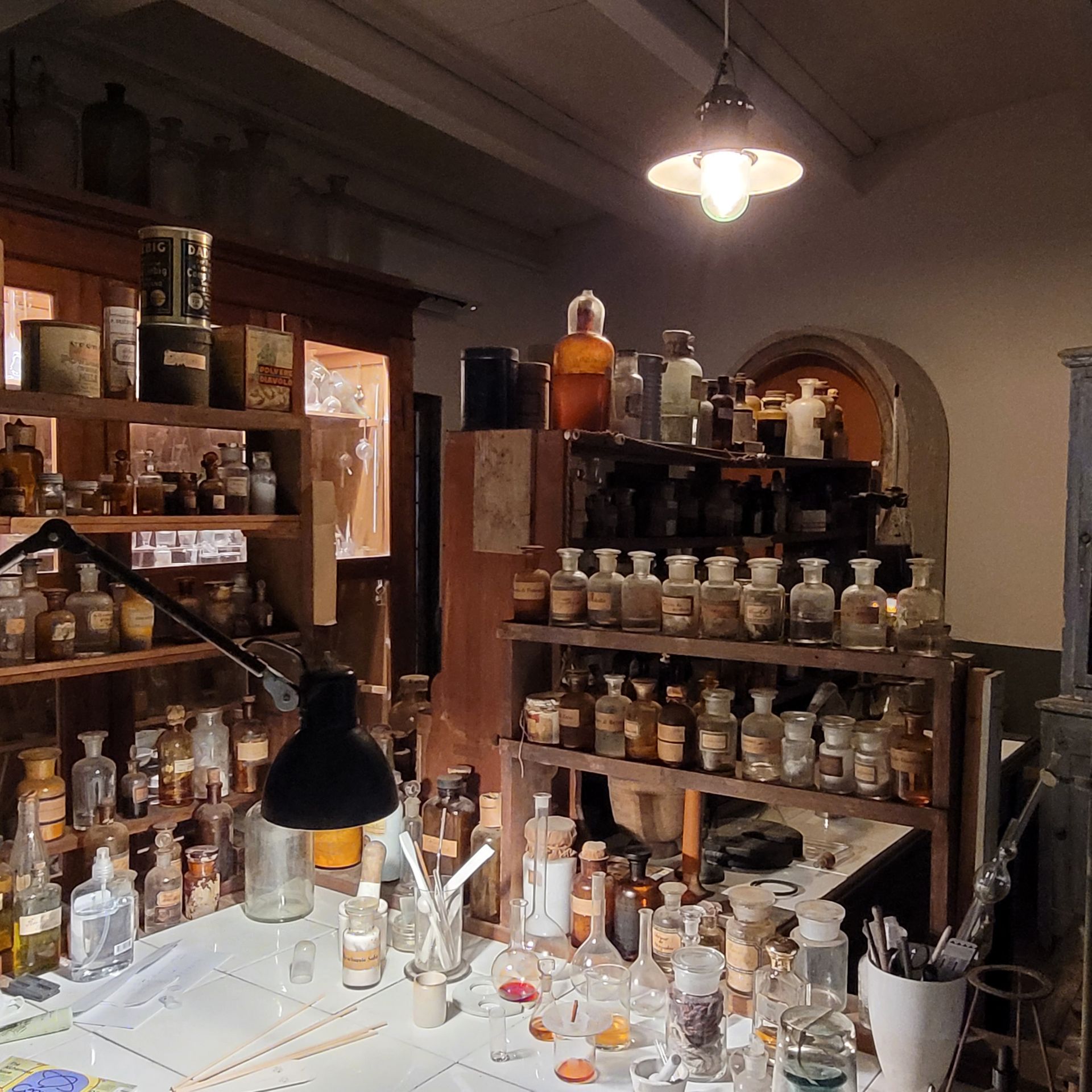
Titolo diapositiva
Scrivi qui la tua didascaliaPulsante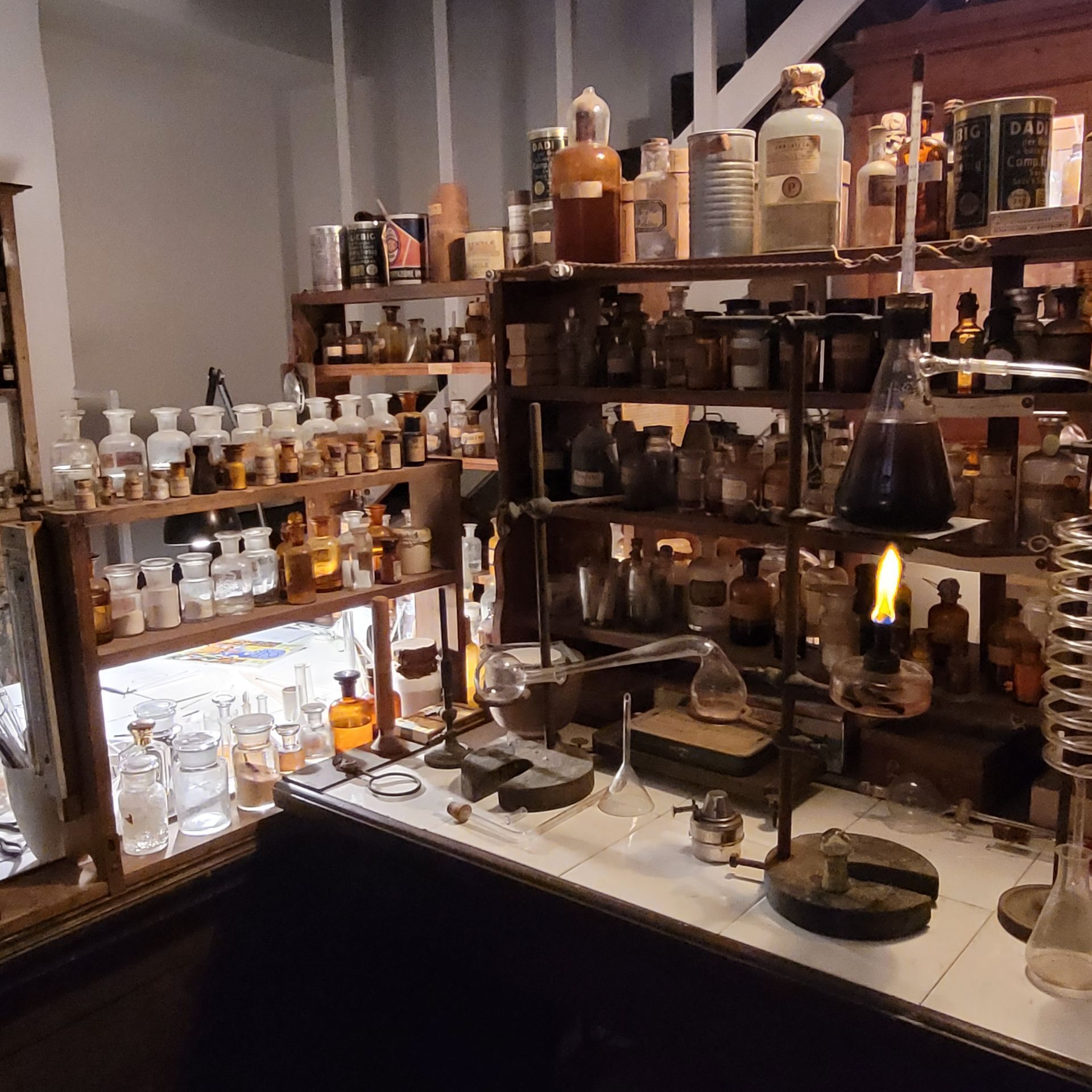
Titolo diapositiva
Scrivi qui la tua didascaliaPulsante
Titolo diapositiva
Scrivi qui la tua didascaliaPulsante
-
Aqua Flor - Florence
Aquaflor, located in the heart of Florence in the Santa Croce district, is a reference point for lovers of artistic perfumery and high-quality fragrances. This laboratory, known as the "House of Perfume," operates within an elegant Renaissance palace, the Corsini Antinori Serristori Palace, a short distance from the famous Piazza Santa Croce.
The art of perfumery is preserved and celebrated by Aquaflor through artisanal techniques rooted in the Florentine tradition. Each fragrance is manually crafted in their laboratories, using only the highest quality raw materials. This commitment to craftsmanship is reflected in the care and love they put into each perfume, nurturing the legacy of ancient Florence.
Aquaflor's collections range from perfumes to colognes, from hydrating waters to room fragrances, and even scented candles. Their cosmetics line includes handmade soaps, body creams, and botanical baths. Furthermore, their olfactory collection houses a vast array of over a thousand essences, encompassing natural extracts and aromatic molecules, representing the beating heart of their perfumery art.
Aquaflor offers visitors an exclusive experience in the world of fragrances, including guided tours of the workshop and the enchanting essence warehouse, as well as traditional and creative perfumery workshops. These experiences allow customers to uncover the secrets of the perfumery art and even create customized fragrances for themselves and their surroundings.
Within the laboratory, essences are patiently "matured," and a fragrance expert is available to assist those who wish to create their own personalized fragrance. A visit to the premises is a unique sensory experience, with expertly curated decor using plants, statues, paintings, furnishings, and furniture sourced from stately homes and historic residences, all adorned by skilled artisans, and is worth the visit on its own.
Aquaflor Florence
Borgo Santa Croce, 6
50122 Firenze
Opening time:
Monday-Friday 10 am-7 pm
Saturday-Sunday 10 am-7 pm
Tel: +39 055 2343471
8/2/2025
Aqua Flor - Firenze
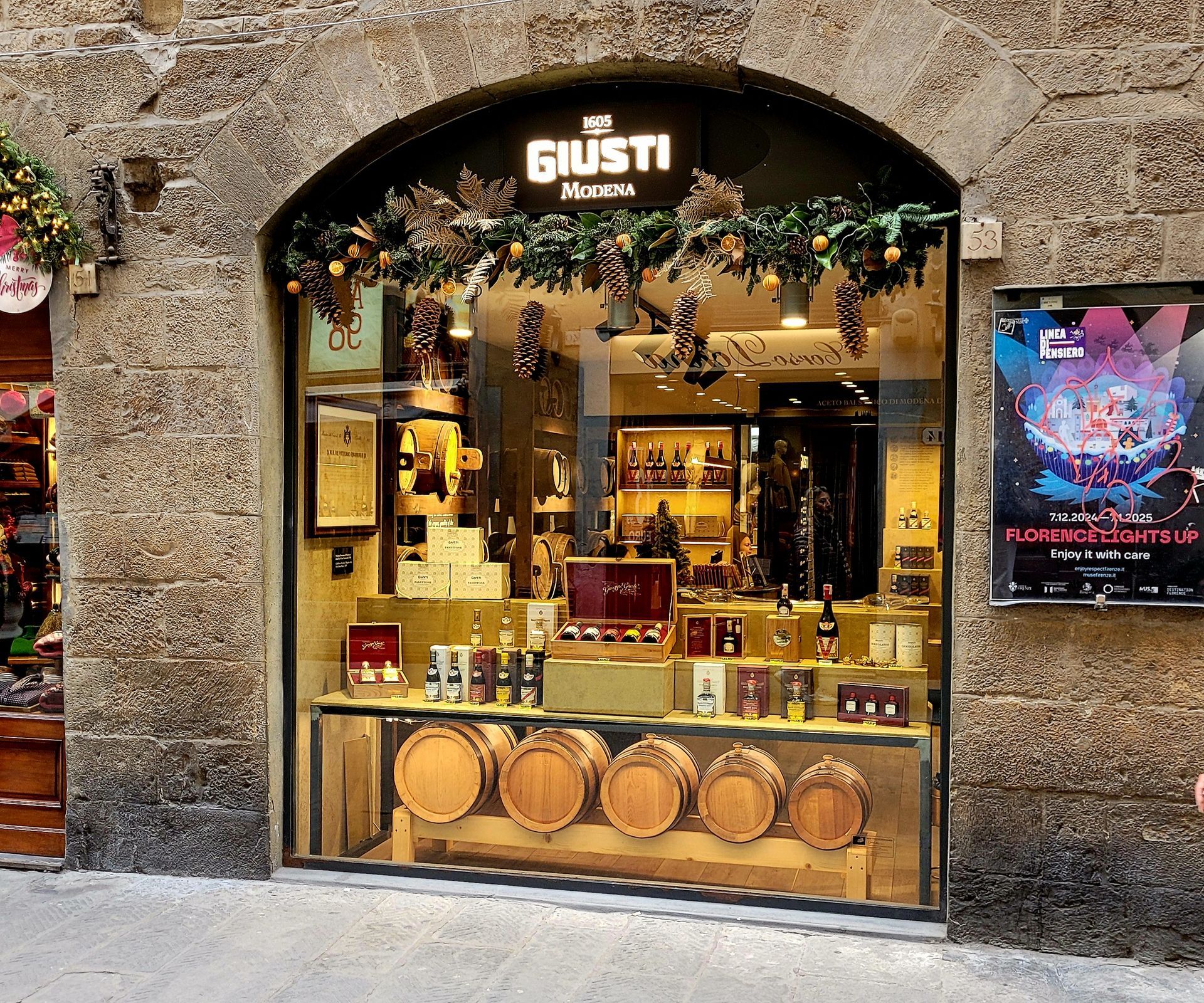
Titolo diapositiva
Scrivi qui la tua didascaliaPulsante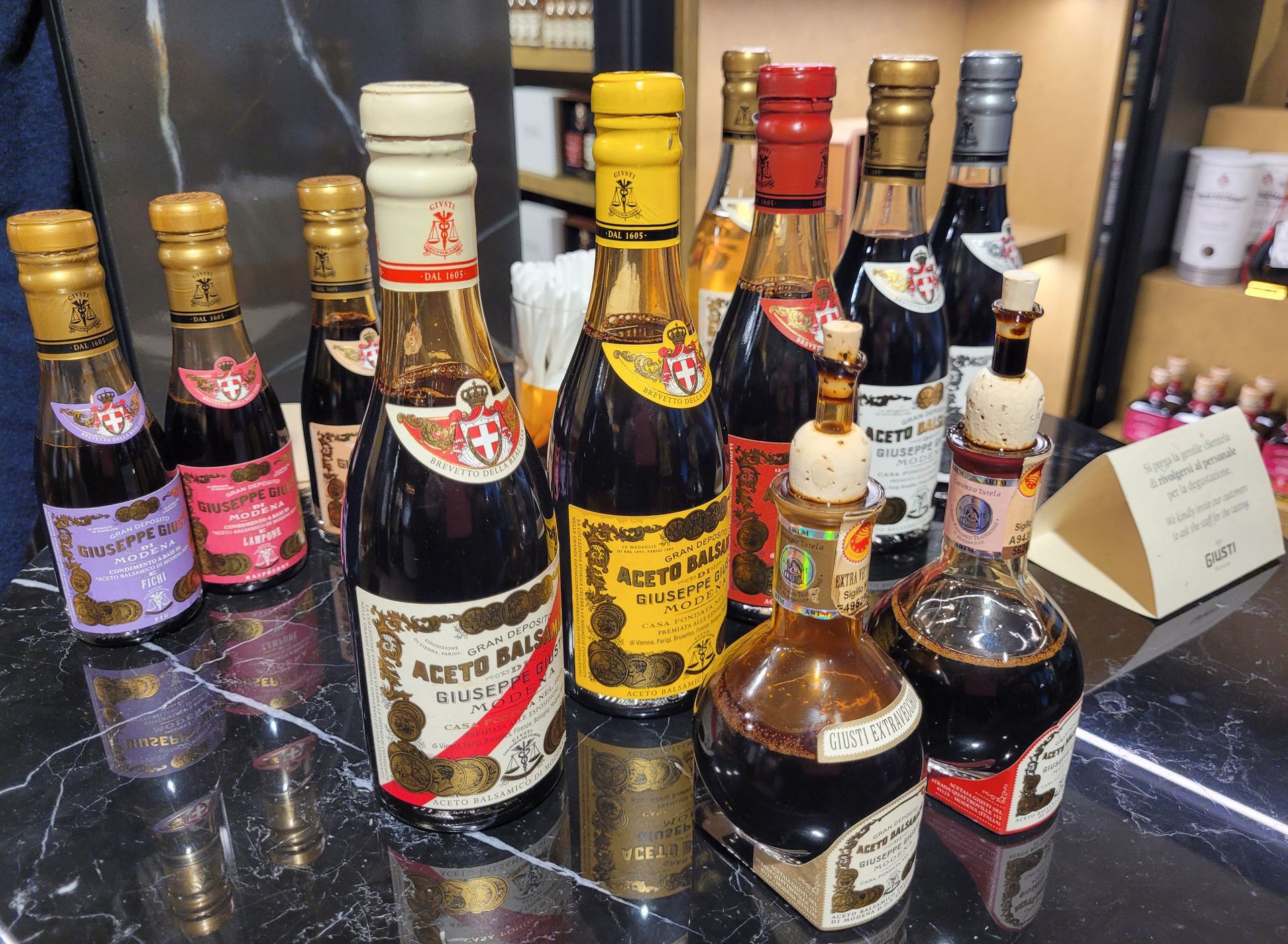
Titolo diapositiva
Scrivi qui la tua didascaliaPulsante
Titolo diapositiva
Scrivi qui la tua didascaliaPulsante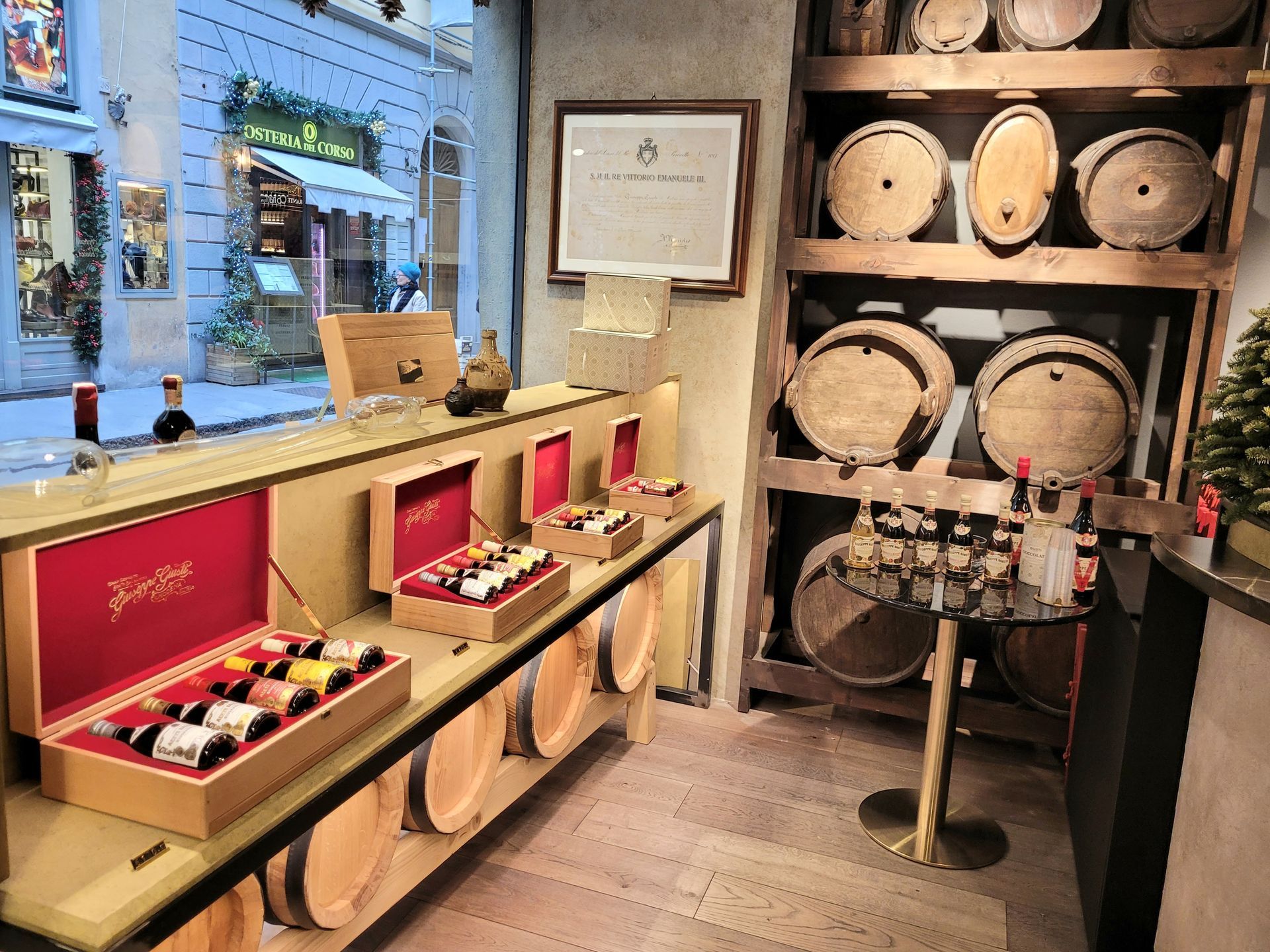
Titolo diapositiva
Scrivi qui la tua didascaliaPulsante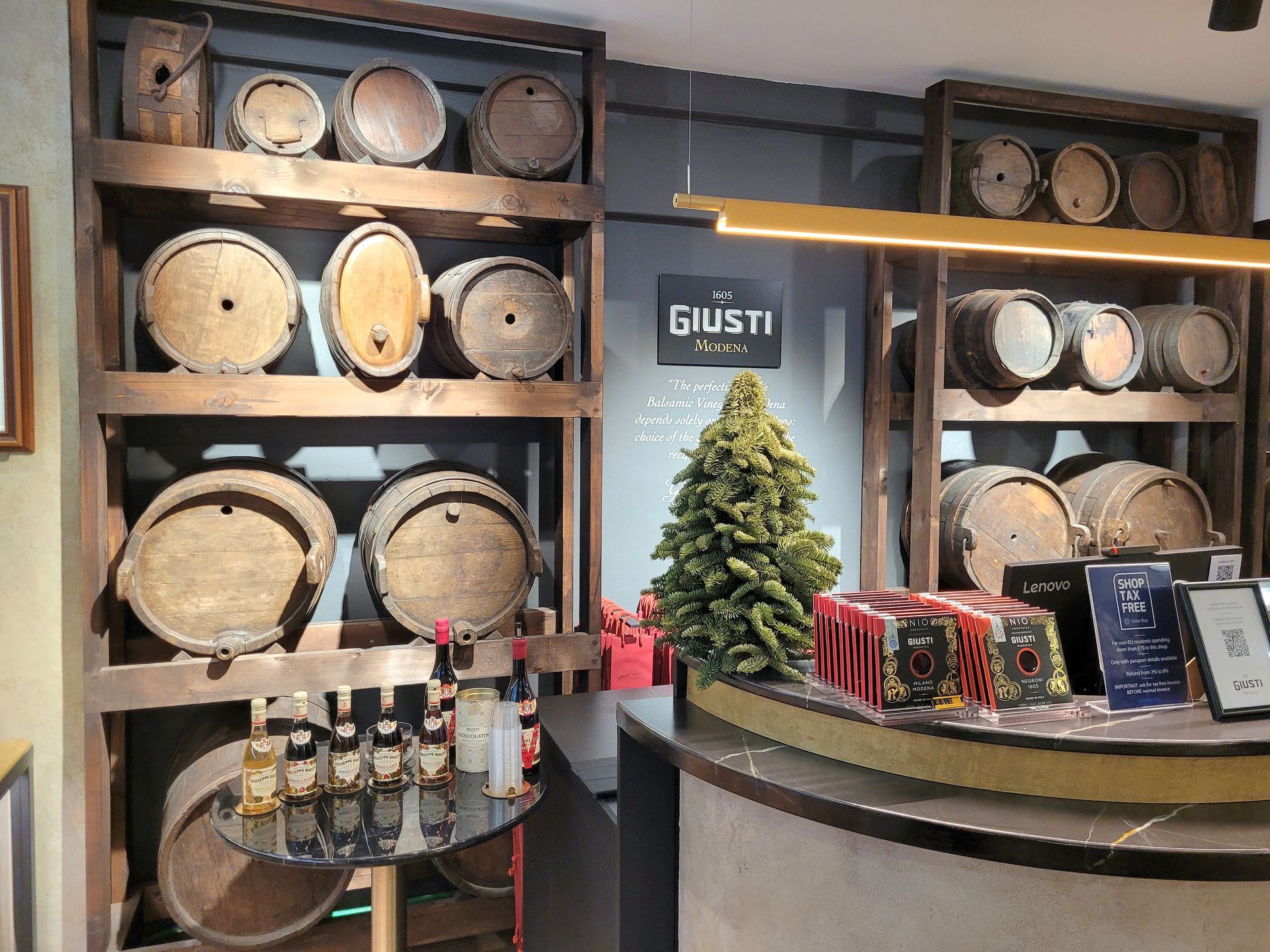
Titolo diapositiva
Scrivi qui la tua didascaliaPulsante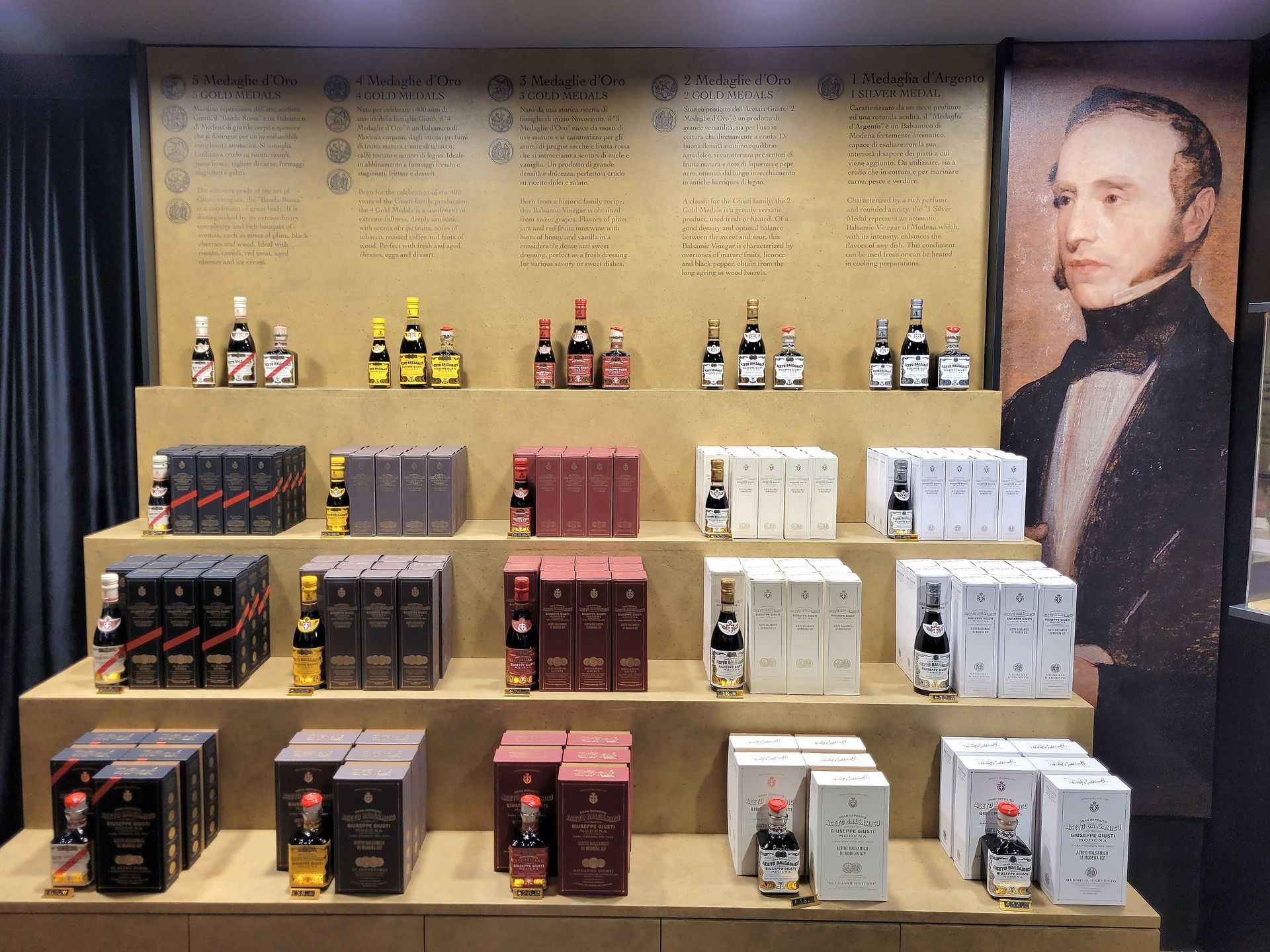
Titolo diapositiva
Scrivi qui la tua didascaliaPulsante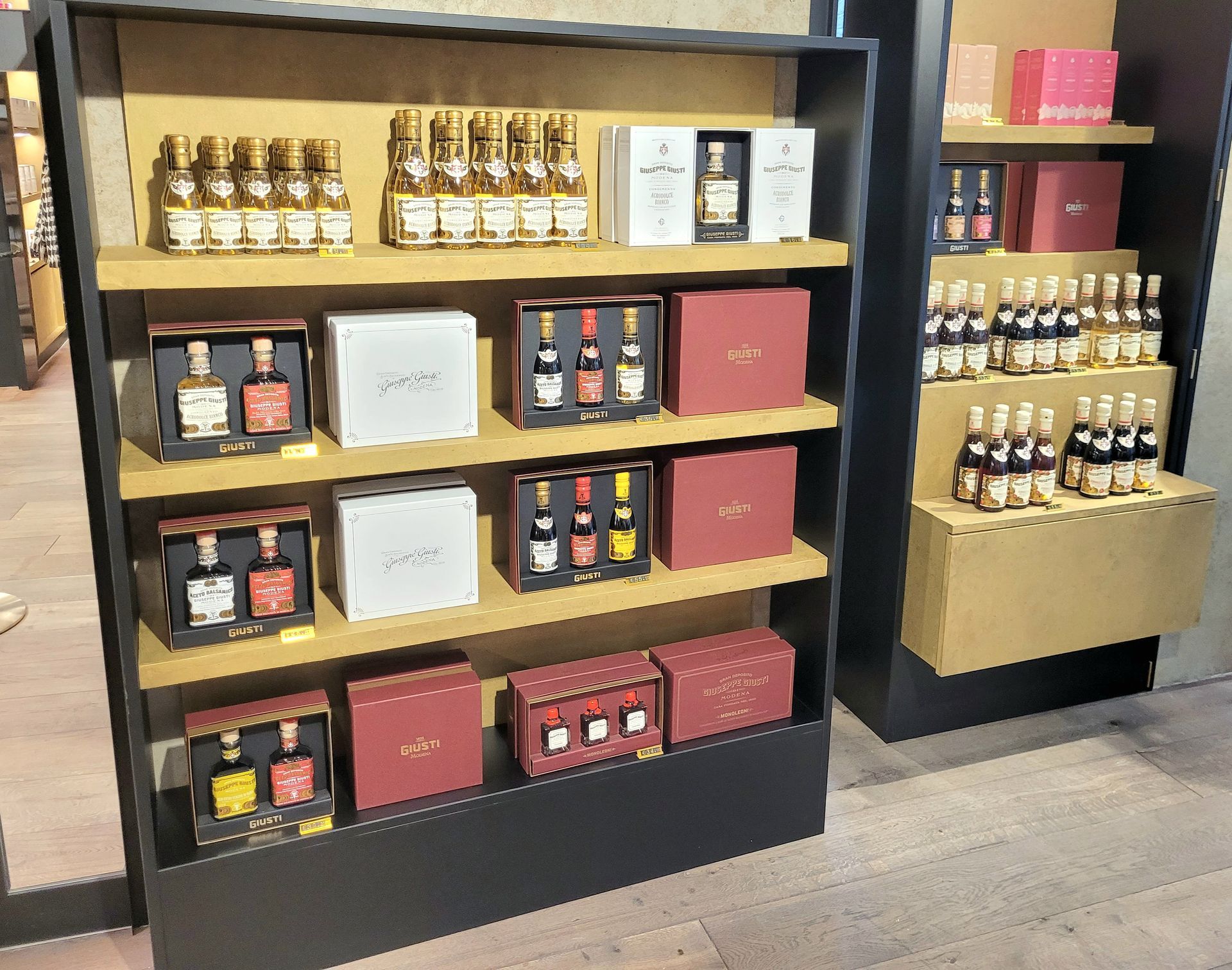
Titolo diapositiva
Scrivi qui la tua didascaliaPulsante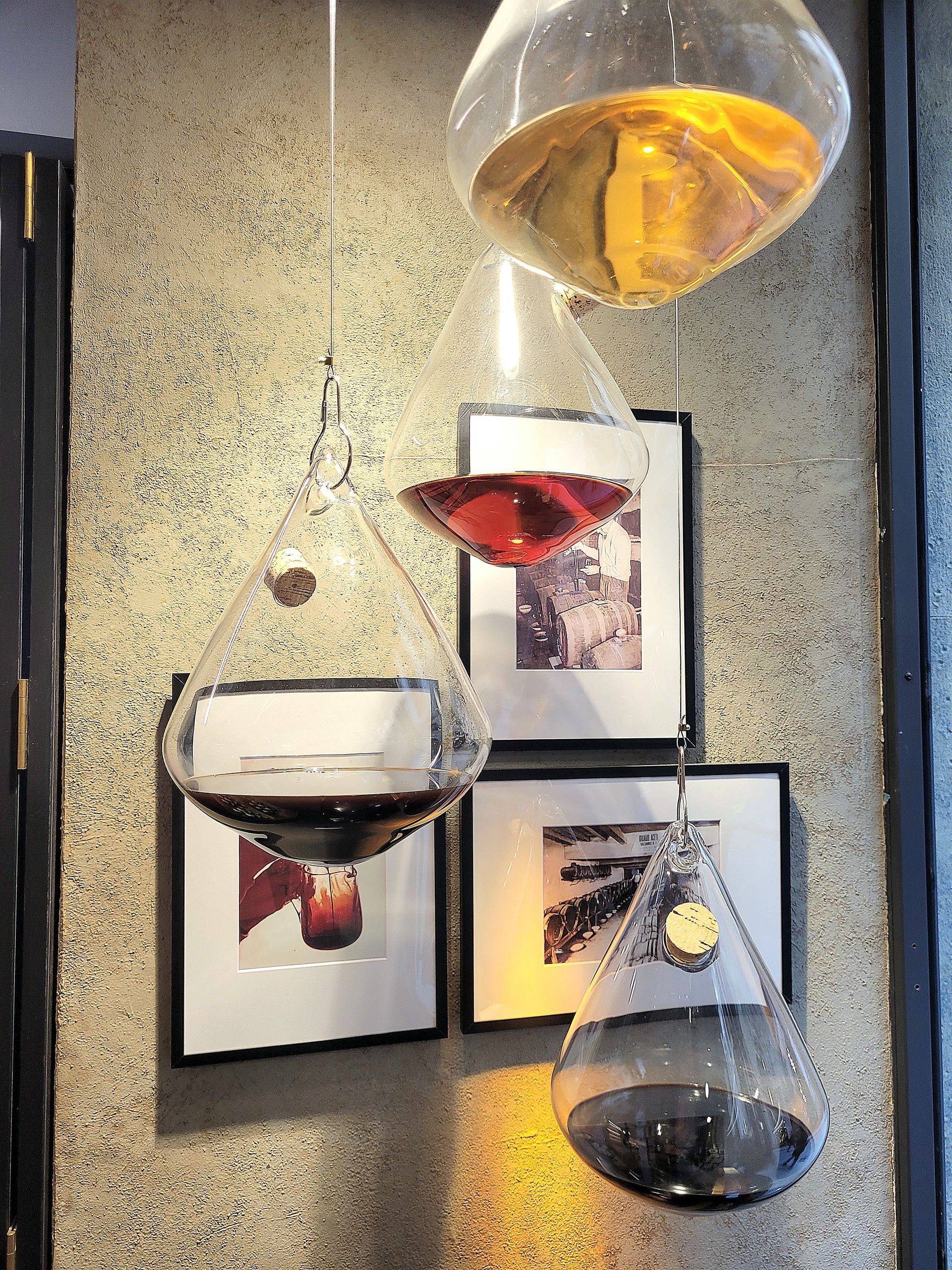
Titolo diapositiva
Scrivi qui la tua didascaliaPulsante
-
Balsamic Vinegar Giusti
It’s not a typical Tuscan product, but it has become such an excellence of "Made in Italy" that we are delighted to talk about Aceto Balsamico Giusti, which has opened a store – referred to as a “boutique” by the company – in Florence, at Via del Corso 53.
The Acetaia Giusti, founded in 1605, is recognized as the oldest and most prestigious producer of Traditional Balsamic Vinegar of Modena in Italy.
The Giusti family has passed down the art of balsamic vinegar production for generations, preserving the centuries-old artisanal techniques. One of the secrets to the acetaia’s success is the "Giusti Recipe," codified in 1863 by Giuseppe Giusti, a historic document establishing the principles for creating balsamic vinegar of the highest quality. This is achieved through careful selection of raw materials, long aging in fine wooden barrels, and respect for the time needed for proper maturation.
Already in 1900, by participating in fairs and world exhibitions, the company received numerous awards. The medals won on those occasions still adorn Giusti vinegar labels today, attesting to their historical excellence.
A unique aspect of the Acetaia Giusti is its extraordinary collection of historic barrels, some dating back to the 17th century, which give the product its unmistakable flavors and aromas. These barrels, passed down from generation to generation, are meticulously preserved in the historic acetaia in Modena, a place that represents a true "cathedral of taste."
Today, the Acetaia Giusti is managed by the seventeenth generation of the family, who continue to preserve the authenticity and quality of the product while combining tradition and innovation.
The Types of Giusti Vinegar
The Acetaia Giusti produces a range of balsamic vinegars, each with unique characteristics tied to the aging process, the type of wood used for the barrels, and the specific recipe:
Traditional Balsamic Vinegar of Modena DOP
This is the flagship product, made exclusively from cooked must of local grapes. The vinegar is aged for at least 12 years in barrels made from different woods (oak, chestnut, cherry, juniper), which impart complex aromas and a balanced sweet-and-sour taste. There is also an Extravecchio version, aged for a minimum of 25 years, offering even more intense and velvety notes.
Balsamic Vinegar of Modena PGI
This vinegar is known for its versatility, ranging from younger products, ideal for salads and marinades, to aged ones, perfect for meats, aged cheeses, or desserts. The Giusti line includes various levels of aging and density, each with a unique aromatic profile.
Balsamic Condiments
These are sweeter and creamier products, made from high-quality musts without the addition of caramel or preservatives, ideal for enhancing gourmet dishes. Among them is the famous Riccardo Giusti, aged for a long time and prized for its notes of plum and vanilla.
Flavored Vinegars
An innovative line that combines balsamic vinegar with natural flavors such as truffle, figs, citrus, or aromatic herbs, designed to accompany specific dishes or create original pairings.
Balsamic Pearls
Gelatin spheres filled with balsamic vinegar, ideal for decorating and enhancing high-end dishes, from finger foods to desserts.
Aceto Balsamico Giusti
Via del Corso 53
Firenze
12/2/2025
Balsamic Vinegar Giusti
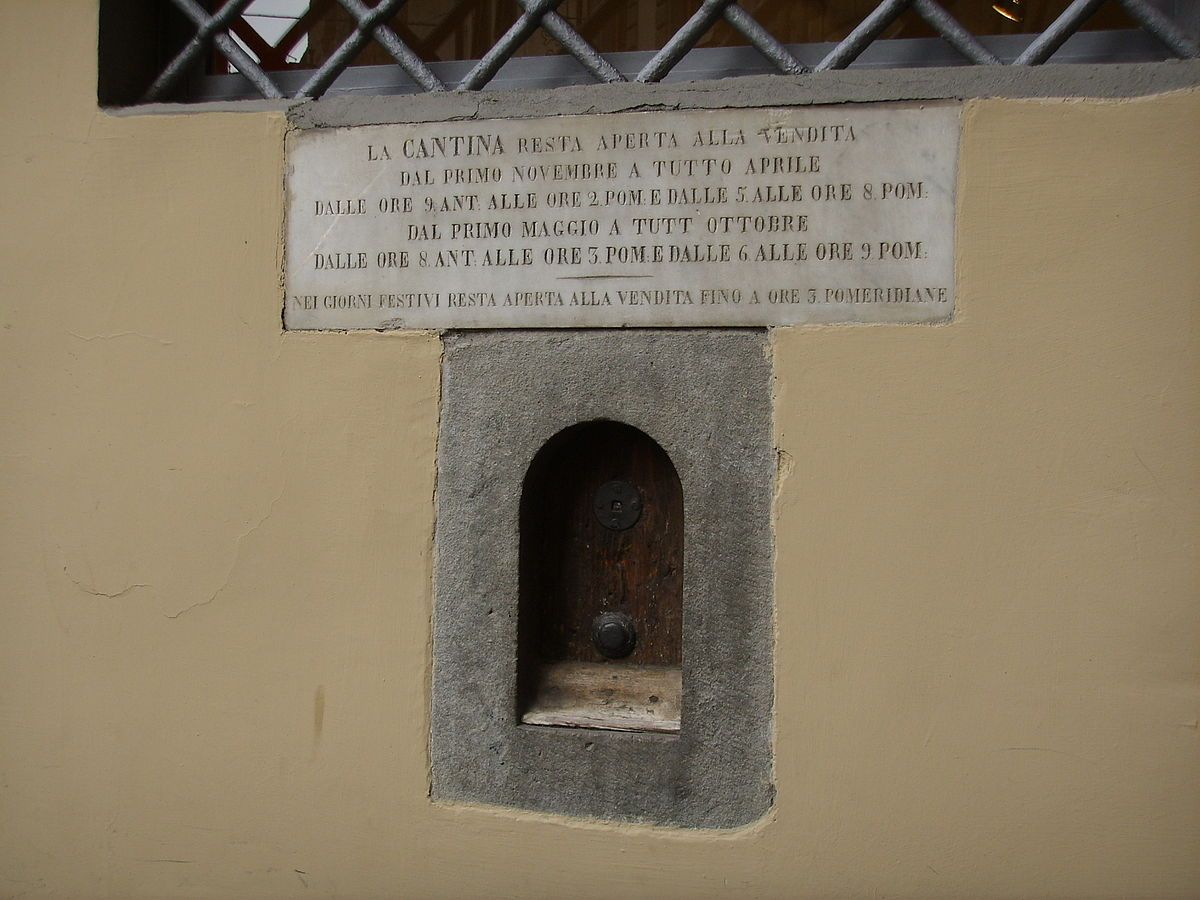
Titolo diapositiva
Scrivi qui la tua didascaliaPulsante
-
Wine Windows - Florence
In many noble palaces in Florence, there are small doors positioned about a meter from the ground. They seem to serve no purpose anymore, often closed, sometimes walled up or swallowed by renovations, and can even appear in courtyards or inside shops. But what was their original purpose? These openings concealed a marvelous Florentine tradition: the famous Wine Windows.
Also known as tabernacles, they were installed from the 16th century onwards on the sides of the palaces of noble families, to sell a glass or even a bottle of wine in exchange for some coins. And wine was drunk from the morning. Every family wealthy enough to own estates in the countryside surrounding the city sold their wine through these openings to passersby. It was a profitable activity since family production was tax-exempt, and the windows were accessible to everyone, especially the poor.
In some cases, food was also offered through these openings.
Today there are still about 180 of them, 145 of which are in the historic center.
Each wine window had its own style, both architectural and taste-wise, because each little window was the view into the world of a noble cellar. Behind these openings was always a room full of barrels and a servant of the family ready to serve the wine. Sometimes you can still see the shutters to attract the attention of the servant, in case he was distracted or, who knows, drunk.
From the outside of the window, the customer would knock, and a small copper tube would be handed to them to transfer the wine directly into the flask.
During the plague of 1630, these wine windows were very useful and also served as a safe point of sale, allowing customers to avoid direct contact with operators. Even then, closed borders, mandatory health certificates for travelers, closed businesses and schools, overcrowded hospitals, and curfews were part of an extraordinary situation: the plague epidemic devastated the city from 1630 to the end of 1633. At that time, there was no knowledge of the plague bacterium or contagion through fleas and rats, but it was believed that the disease spread through infected air. People avoided contact with the sick to avoid getting infected. Through the wine windows, payment was not made directly by hand, but in small containers, and coins were immersed in vinegar to disinfect them.
In Via del Giglio, the wine window looks like the entrance to a palace, but in miniature, nestled in the rustic masonry, with a cusped arch above the tiny door. Above, a sign announces the sale of wine, next to a plaque that recalls the opening hours: "Cantina Salimbeni Bartolini Vivai. It is open from November 1st to the end of April, from 9 am to 2 pm and from 5 pm to 8 pm, from May 1st to the end of October from 8 am to 3 pm and from 6 pm to 9 pm. On holidays, it remains open for sale until 3 pm."
In Via del Proconsolo, the wine window seems to struggle to survive among the millennia-old stones, with a serrated frame. In Borgo Santa Croce, some wine windows have been transformed into bells, others have unusual details, like iron buttons for a nose or wooden stoppers for a mouth.
The wine window of Palazzo Antinori, instead, is an example of elegance and authority, with a smooth window and a rough wooden door, both engraved with the word "Vino," a warning for future generations and an invitation for citizens and visitors.
During the Covid emergency, many of these wine windows were reactivated, and this gave a great boost to their popularity; many Florentines also rediscovered this detail of the history of their city.
19/2/2025
Wine Windows - Florence

Slide title
Scrivi qui la tua didascaliaButton
Slide title
Scrivi qui la tua didascaliaButton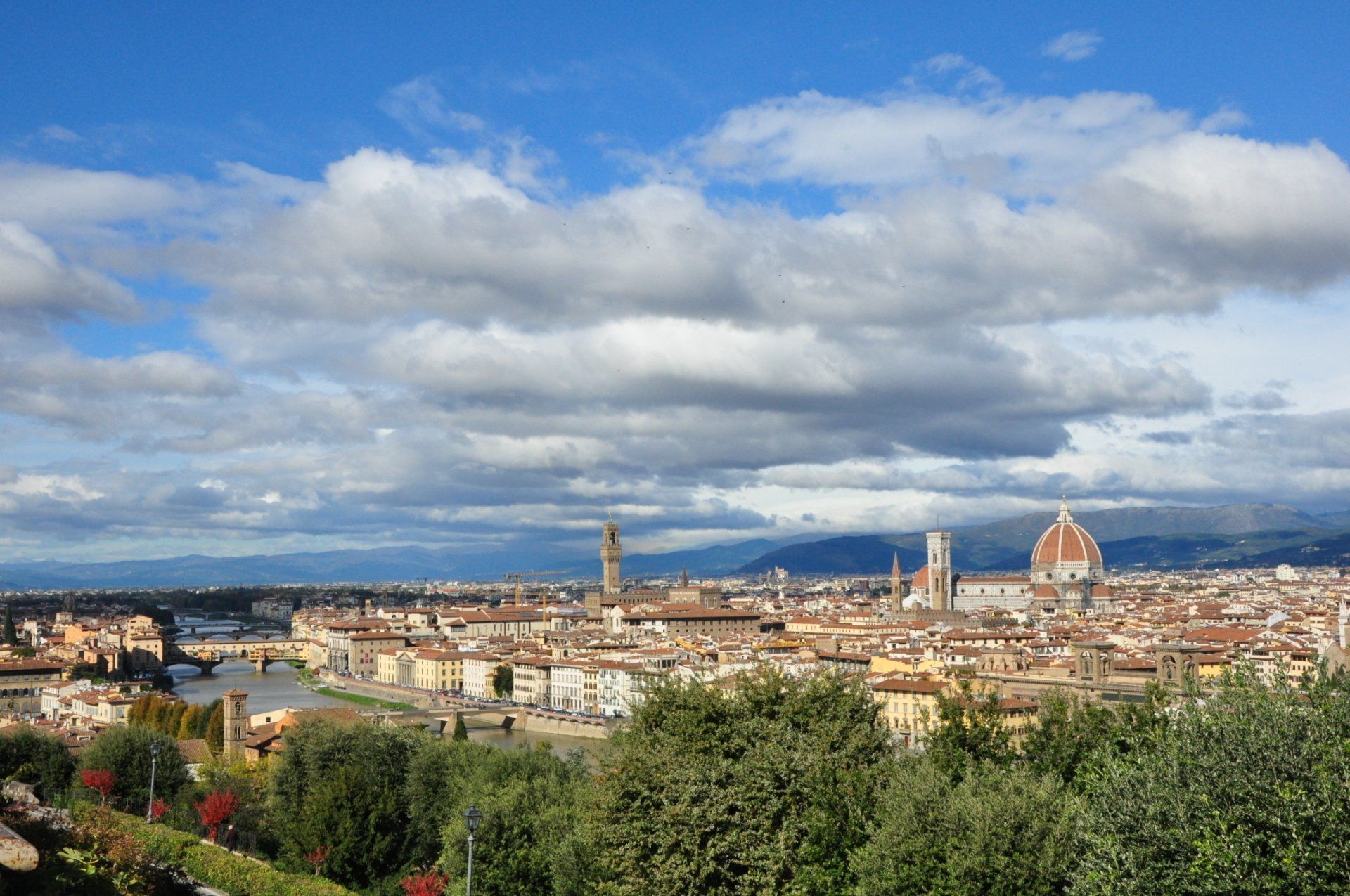
Slide title
Scrivi qui la tua didascaliaButton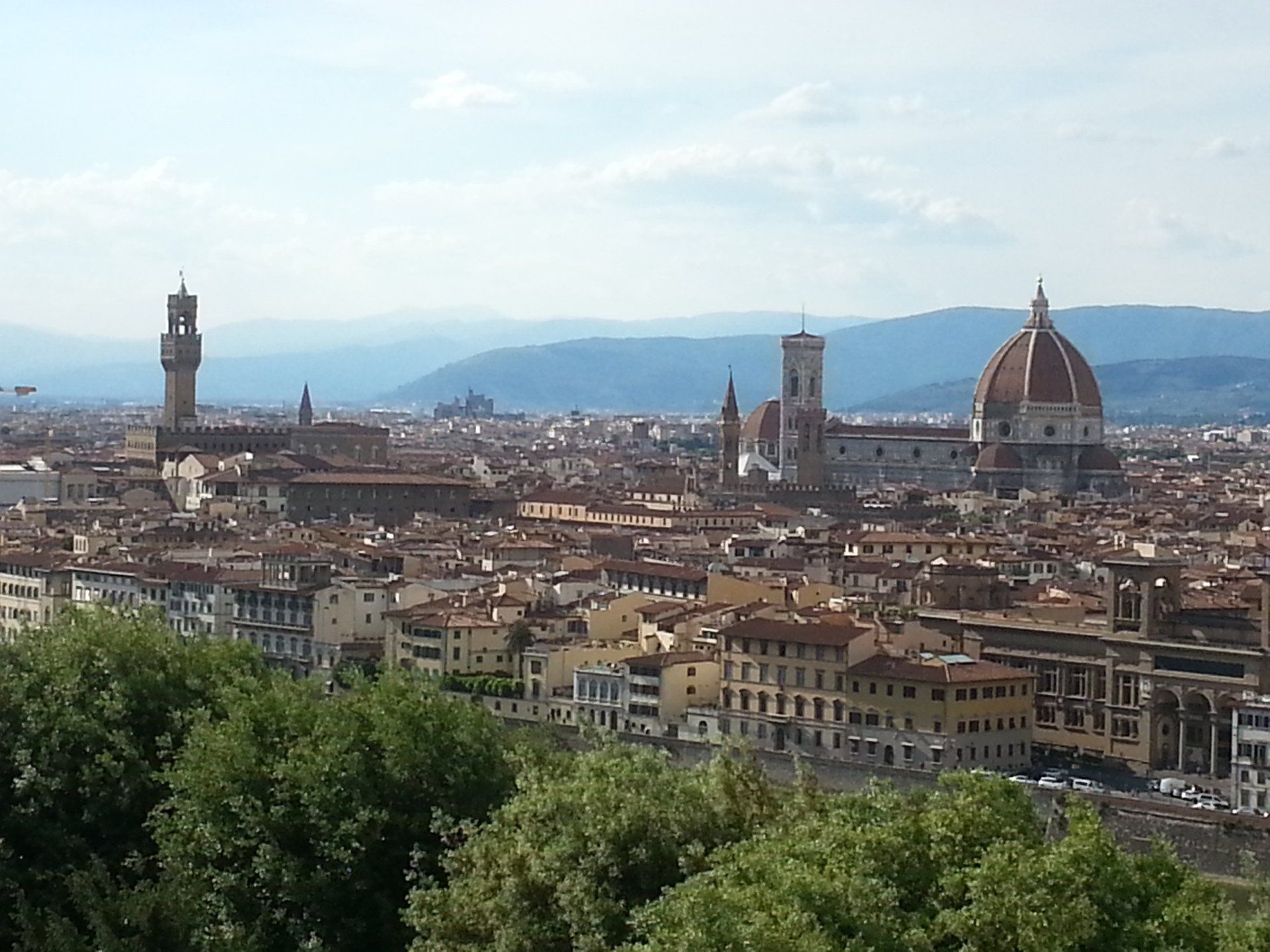
Slide title
Scrivi qui la tua didascaliaButton
-
The lesser known Florence: the ancient districts of Florence beyond the Arno
In Oltrarno the magnificent past of Florence still lives today not only through the historical and artistic testimonies, but also in daily life, in the clubs and shops that have maintained the typical atmosphere of this part of the city and in the numerous artisan shops, heirs of a centuries-old tradition in the processing methods and in the spirit.
Oltrarno di Firenze - The most genuine district of the city
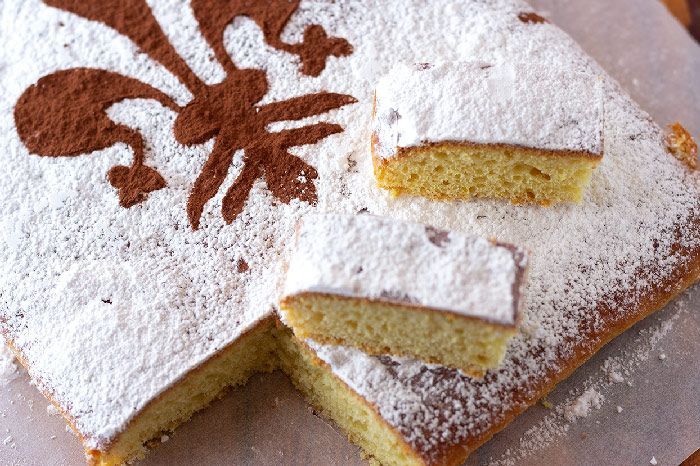
Titolo diapositiva
Scrivi qui la tua didascaliaPulsante
-
Schiacciata alla Fiorentina
A typical Carnival dessert from Florence, Schiacciata alla Fiorentina has ancient origins. It was once called "stiacciata unta", due to the presence of lard and pork cracklings (residues from lard rendering). Today, it is recognized as a Traditional Agri-food Product (PAT).
Soft and fragrant, it is a few centimeters high and rectangular in shape. Its surface is generously dusted with powdered sugar, and some decorate it with cocoa powder in the shape of the Florentine lily, the symbol of the city.
Ingredients
3 eggs
150 g sugar
1 packet vanilla extract (or 1 tsp)
A pinch of salt
100 ml milk
60 ml vegetable oil
Zest of 1 orange
Juice of 1 orange
250 g all-purpose flour
1 packet (16 g) baking powder
Powdered sugar (to dust)
Cocoa powder (optional, for decoration)
Preparation
Beat the eggs with sugar, vanilla, and salt until the mixture is pale and fluffy. Add the milk, oil, grated orange zest, and orange juice. Gradually incorporate the flour mixed with baking powder, gently folding from the bottom up for about 10 minutes, so that the batter becomes airy.
Pour the mixture into a 20x24 cm baking tray, greased and floured, and let it rest for one hour.
Bake in a preheated static oven at 180°C (350°F) for 20–30 minutes, until golden. Let it cool completely, then generously dust with powdered sugar. You can also decorate it with the Florentine lily using cocoa powder and a stencil.
Variations & Curiosities
The classic version is already delicious, but for an extra treat, you can fill it with chocolate, whipped cream, pastry cream, or chantilly. For a fresher taste, add candied fruit or grated lemon zest.
It was once known as the “Schiacciata delle Murate”, as it was prepared by the nuns of the Murate Convent in Florence. When the convent became a prison, the dessert was served as the final course of the last meal for the condemned.
Schiacciata alla Fiorentina



